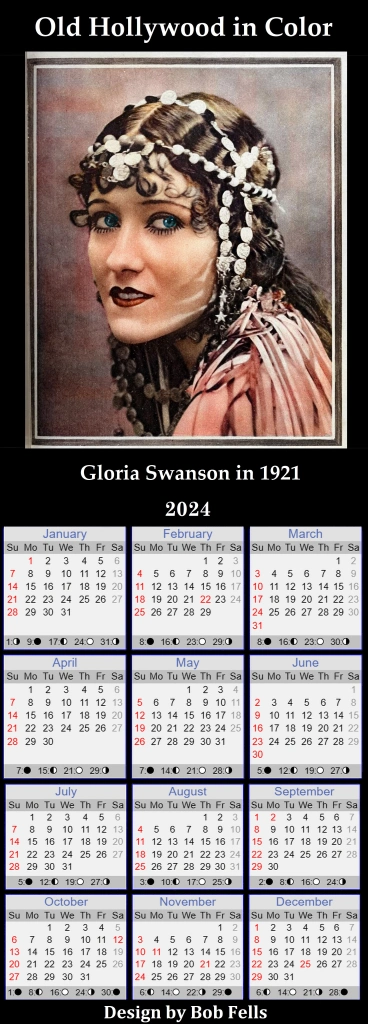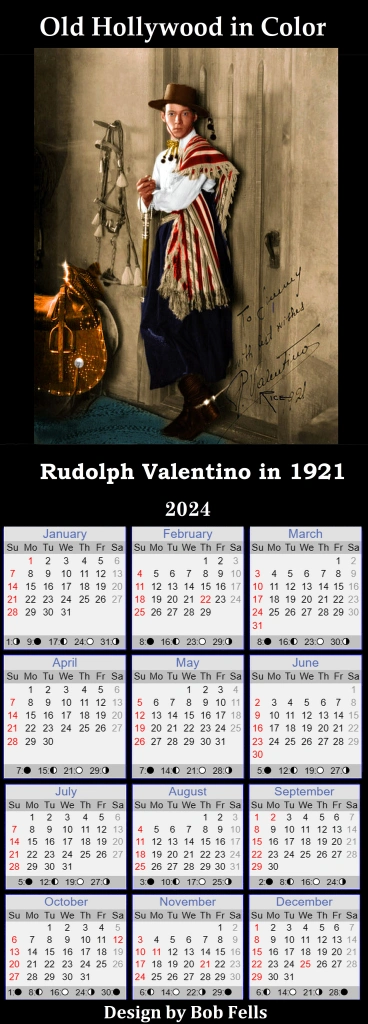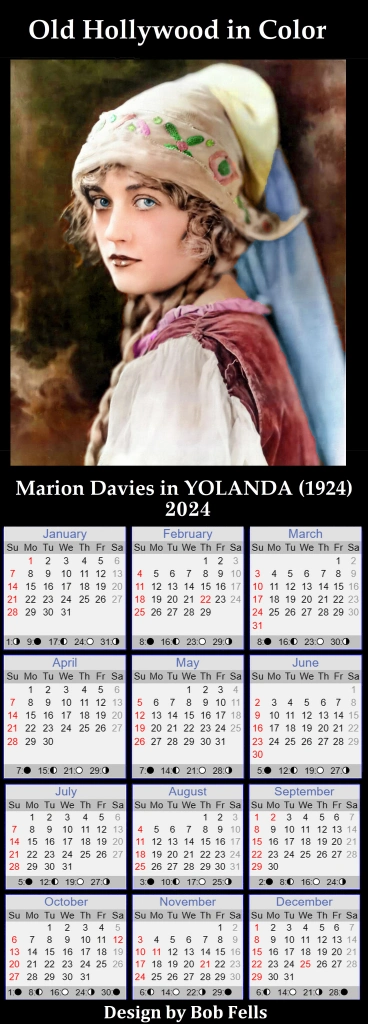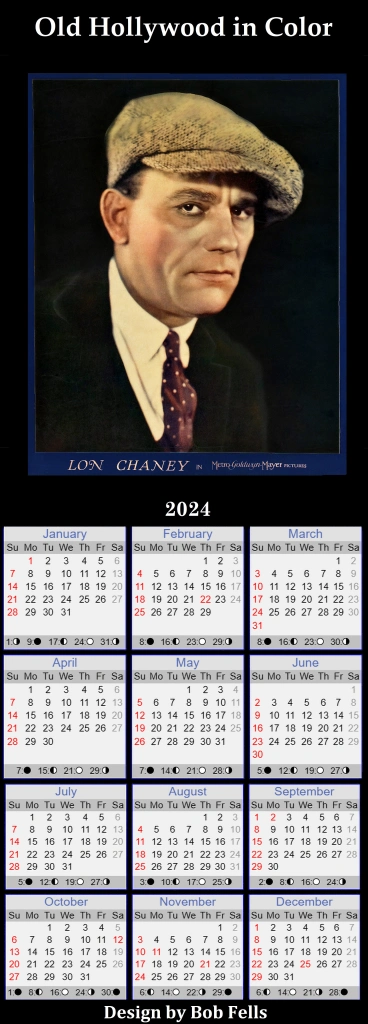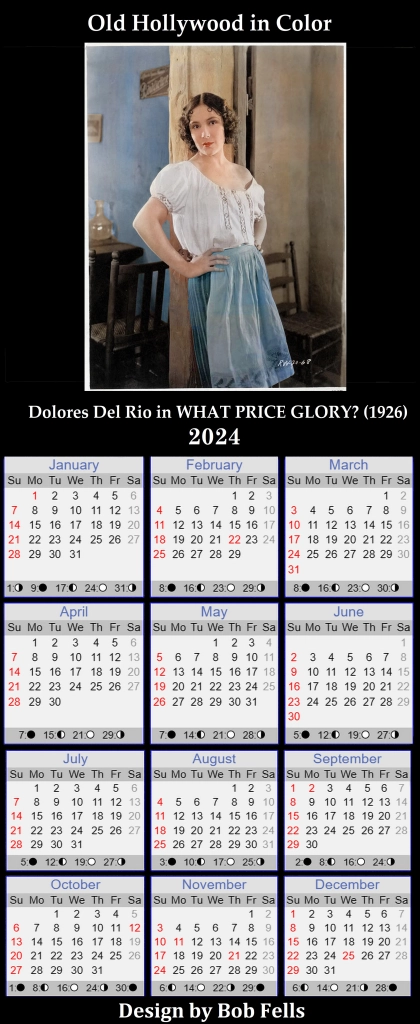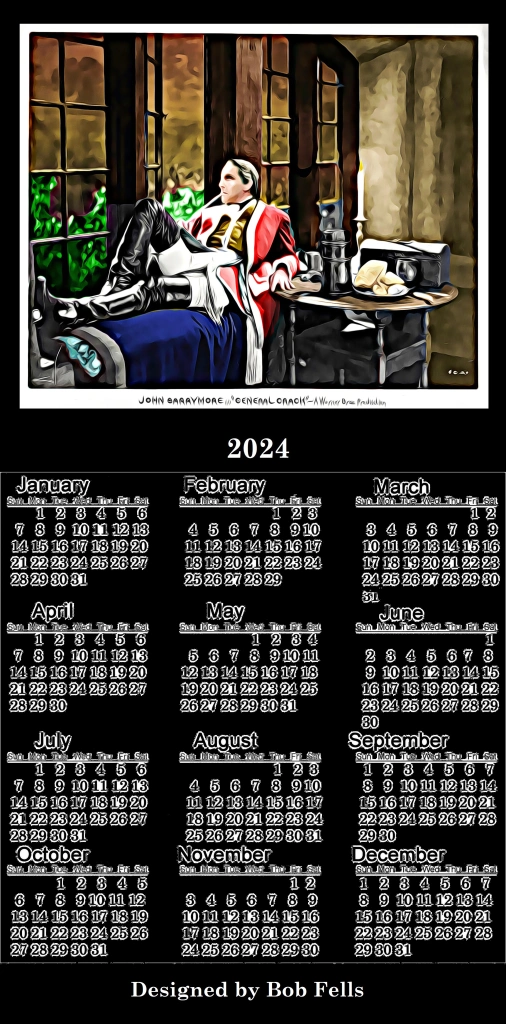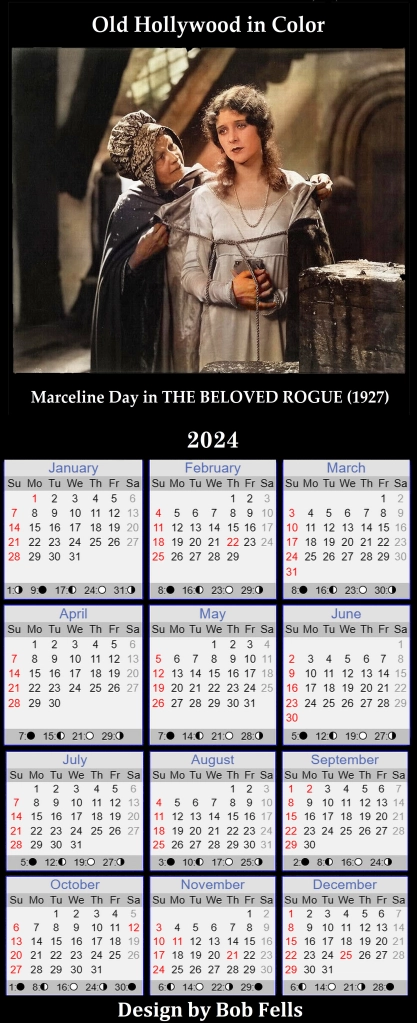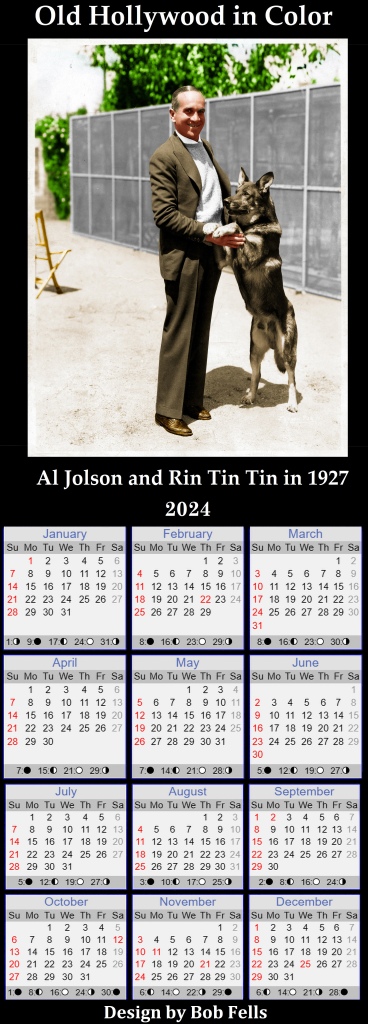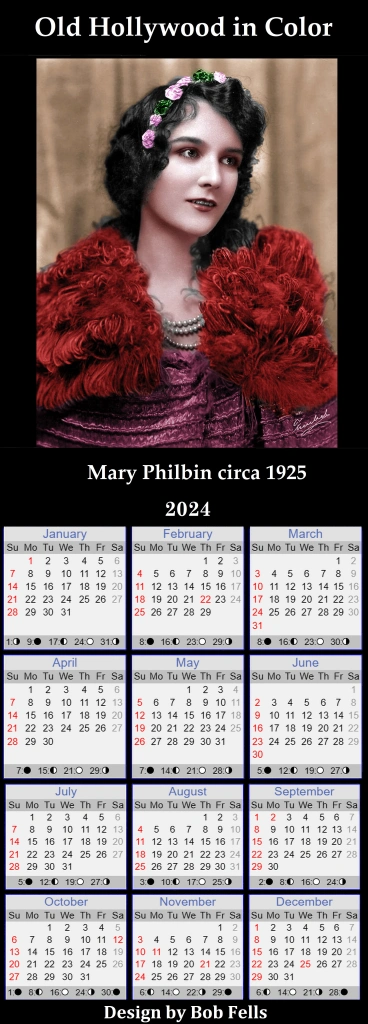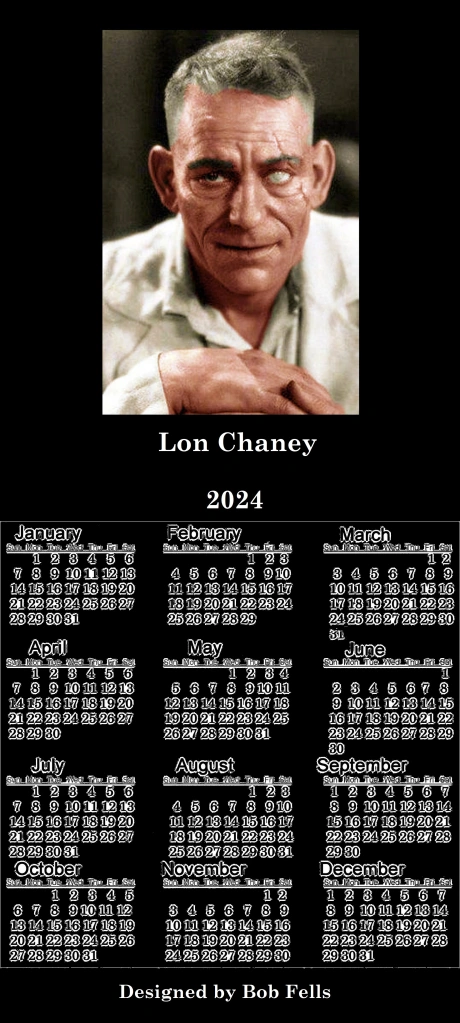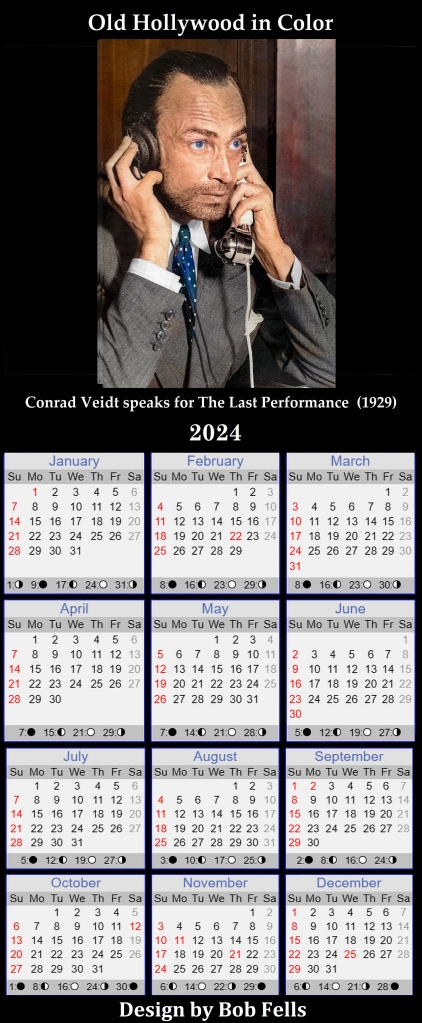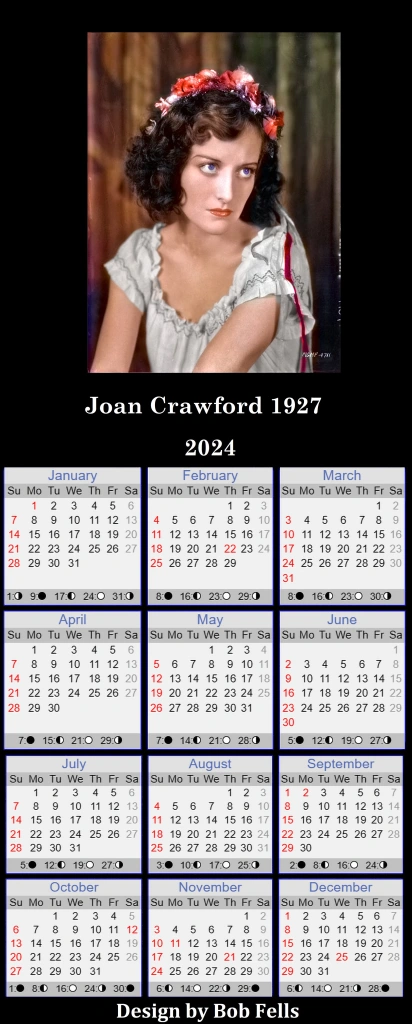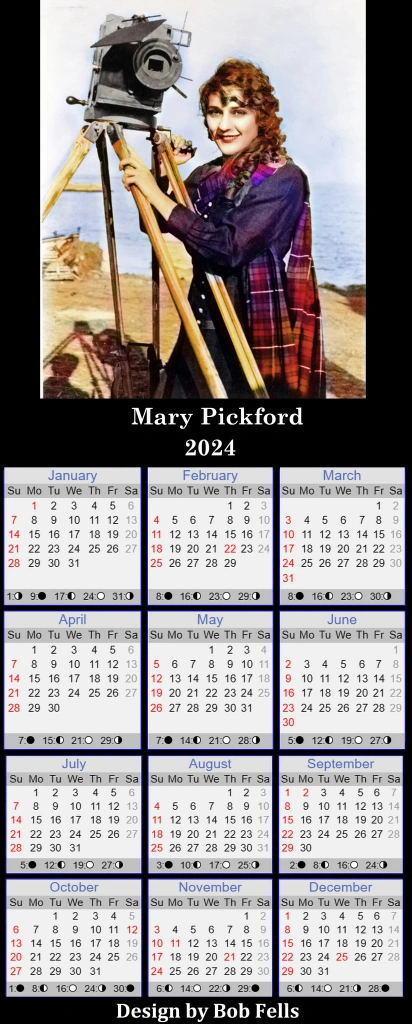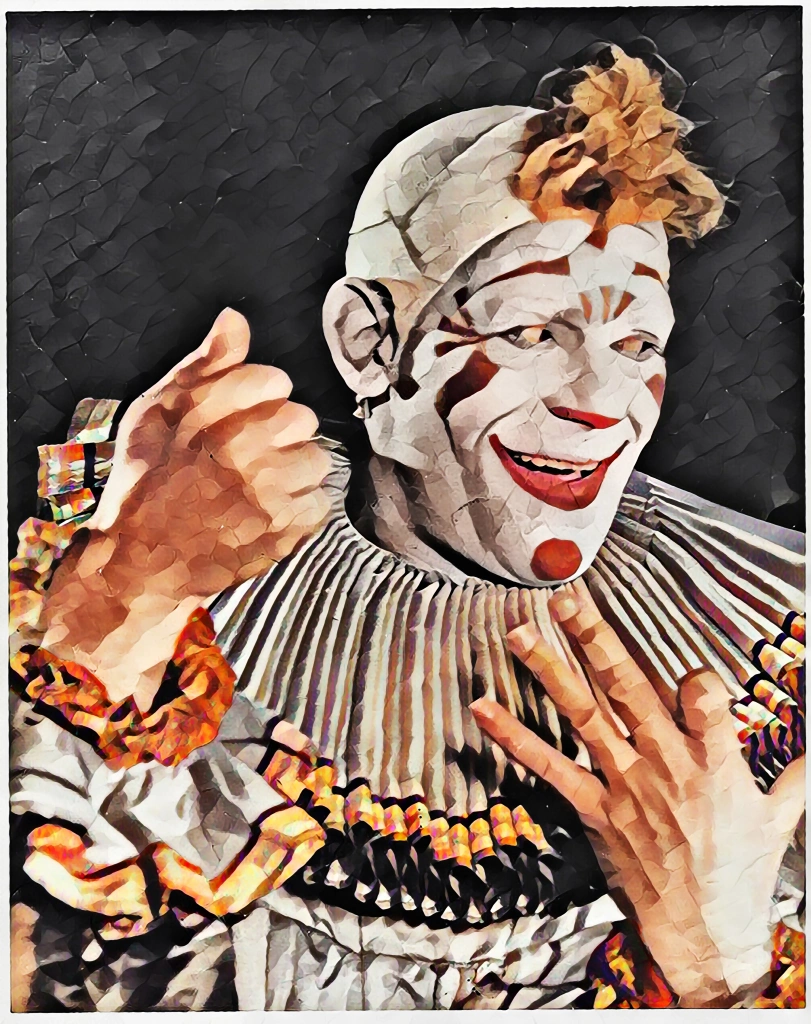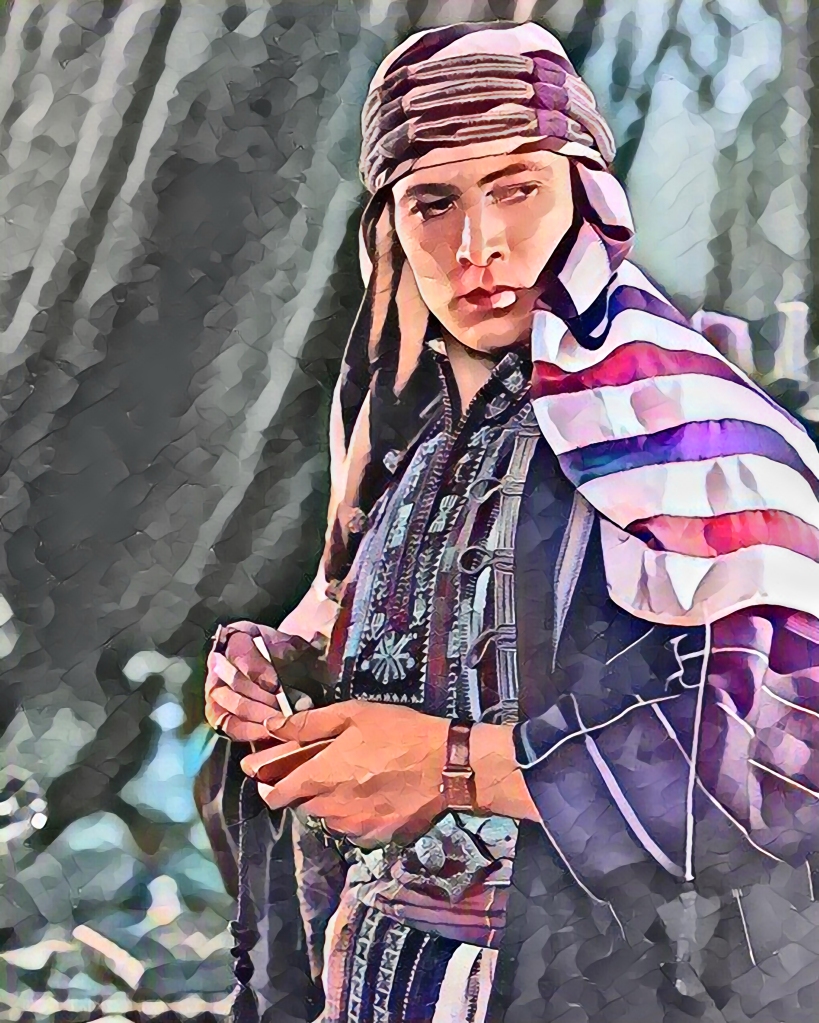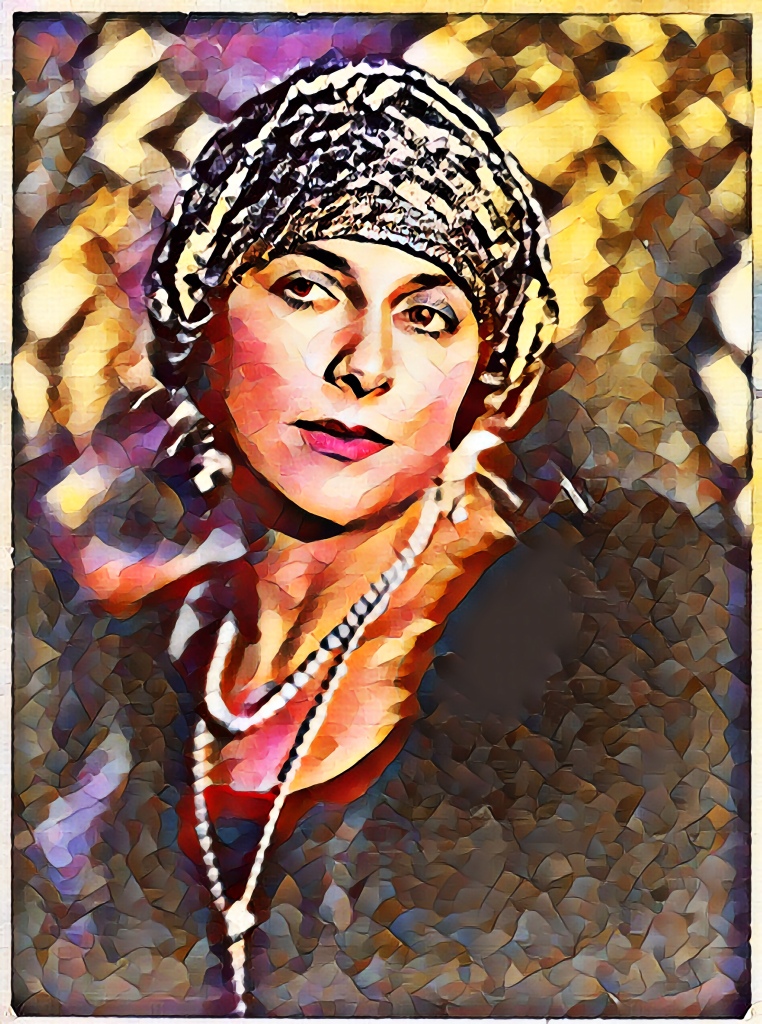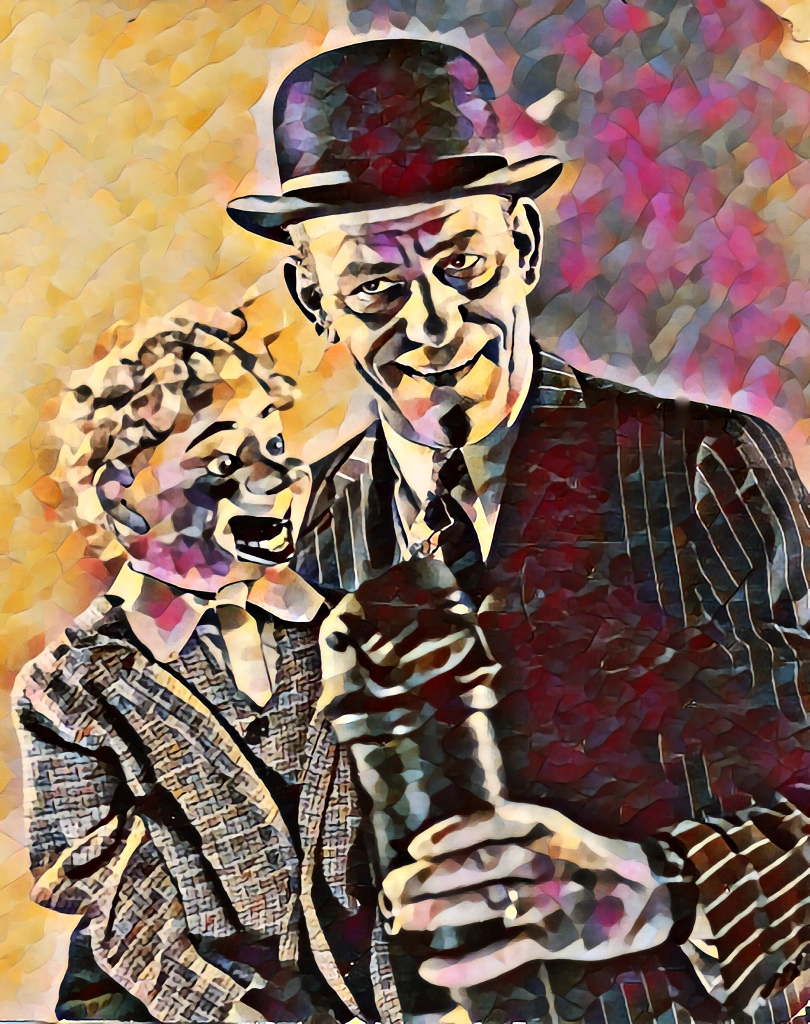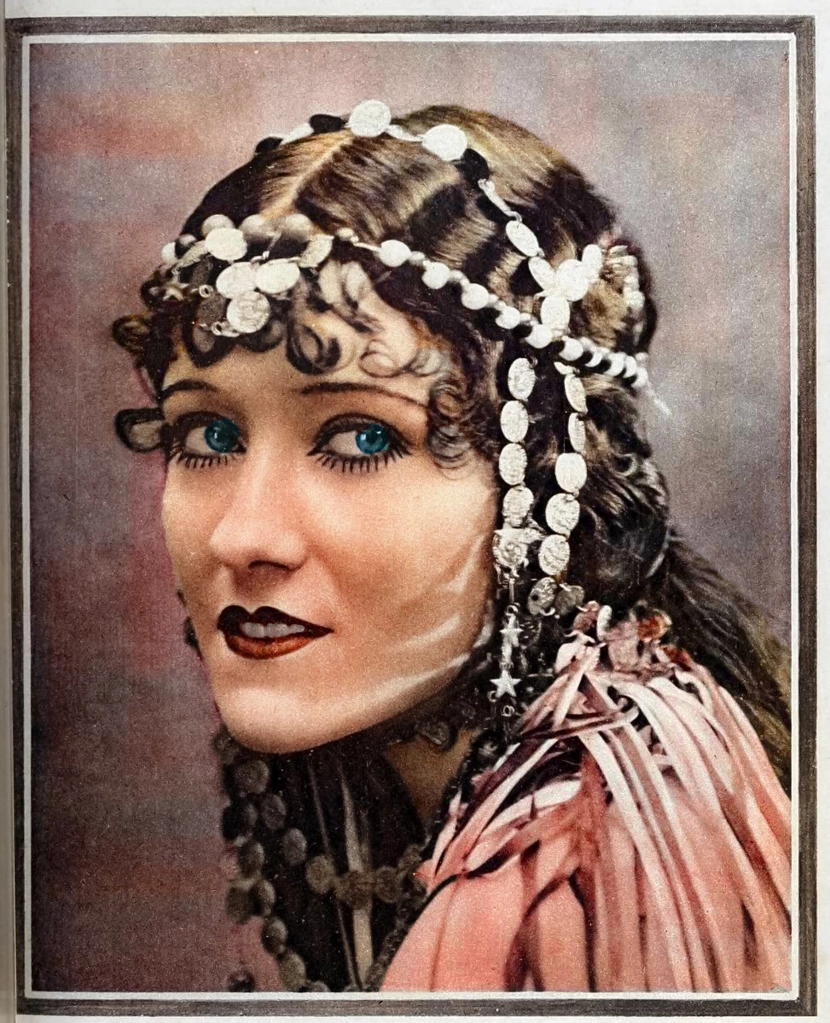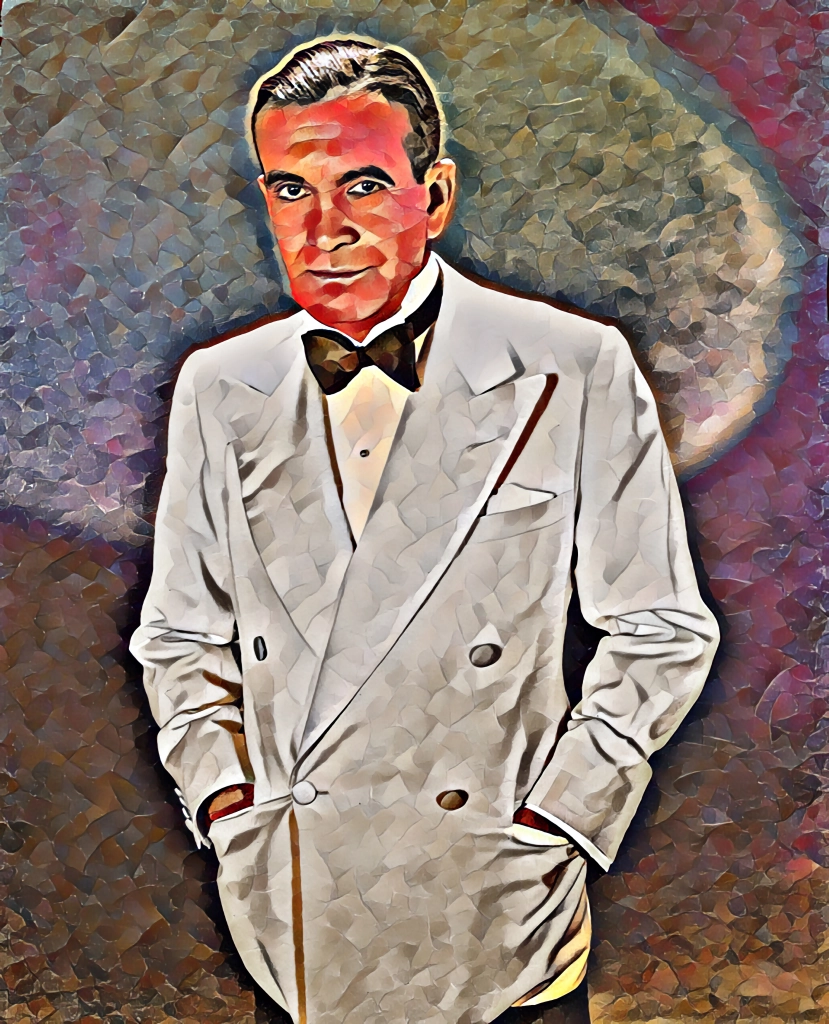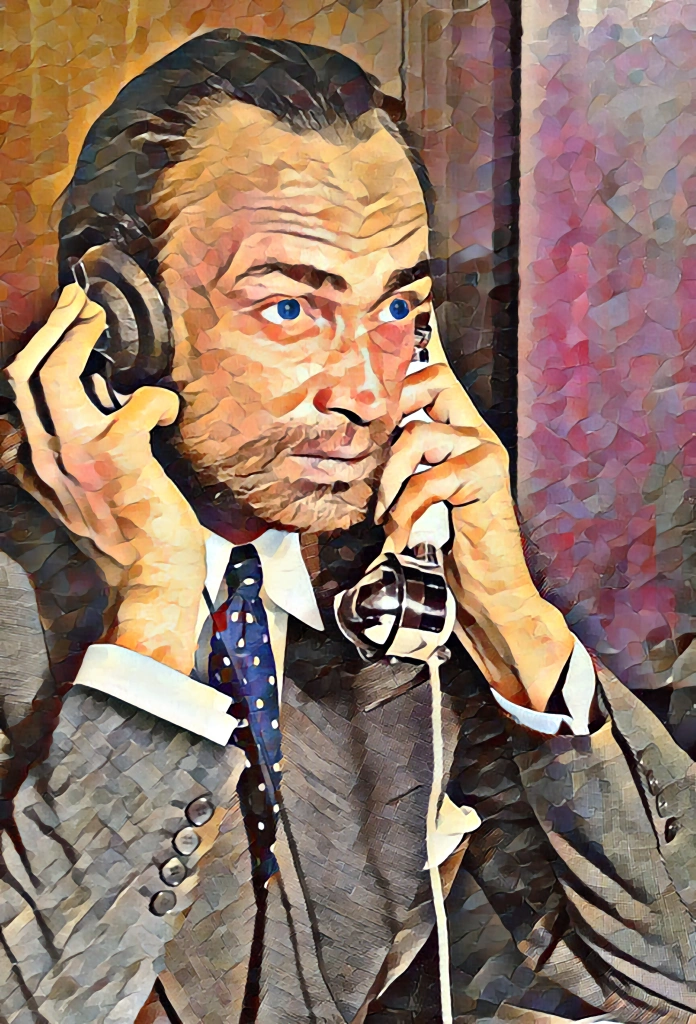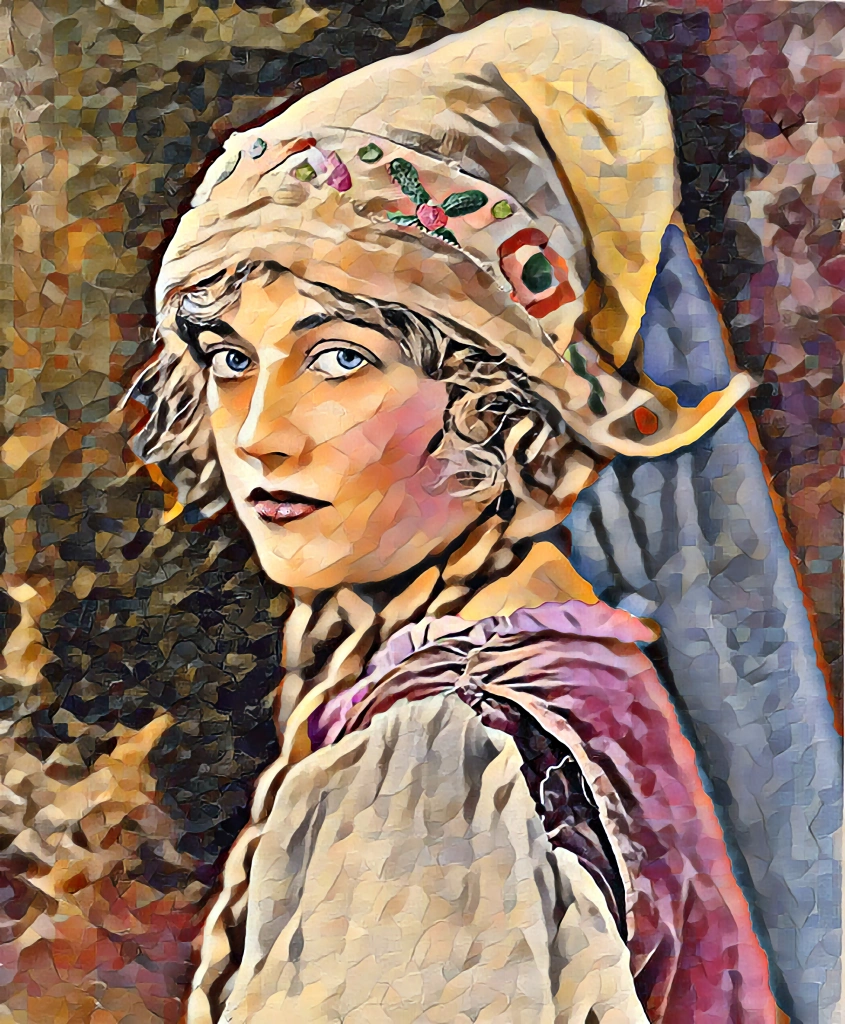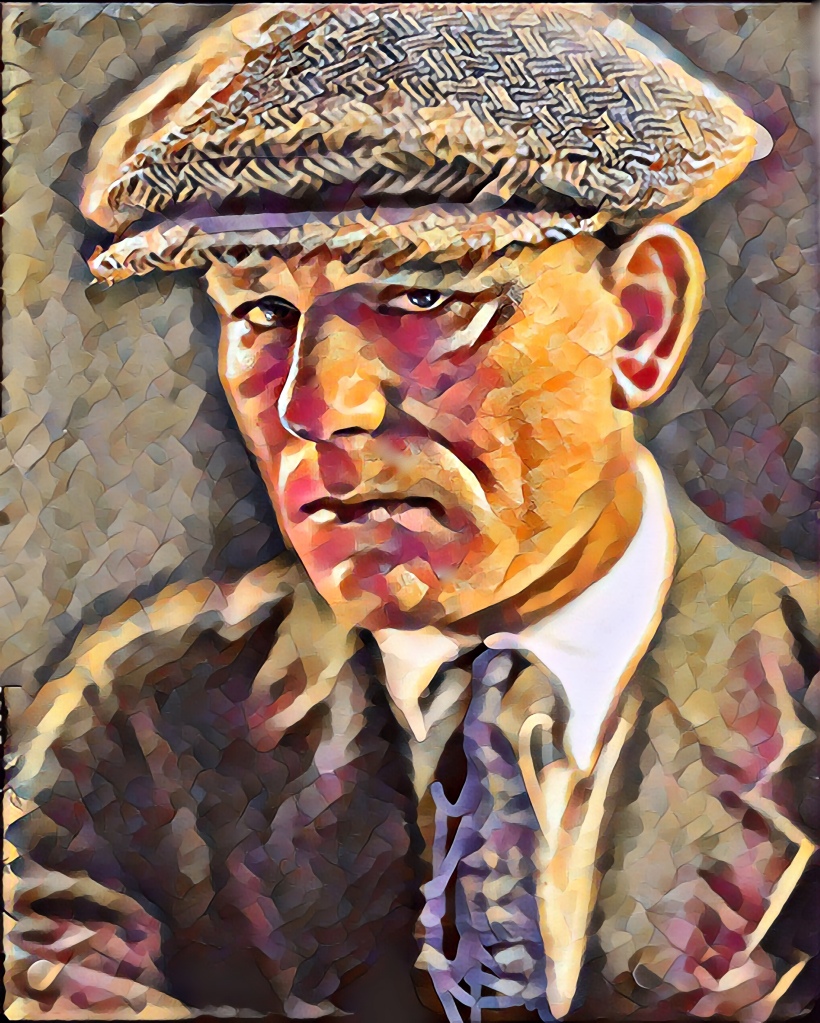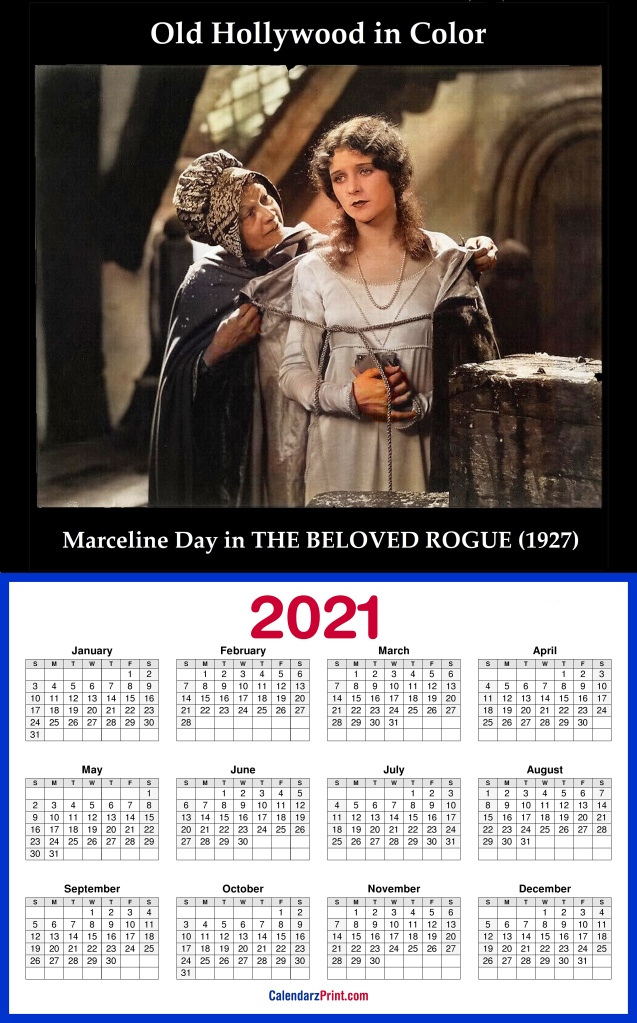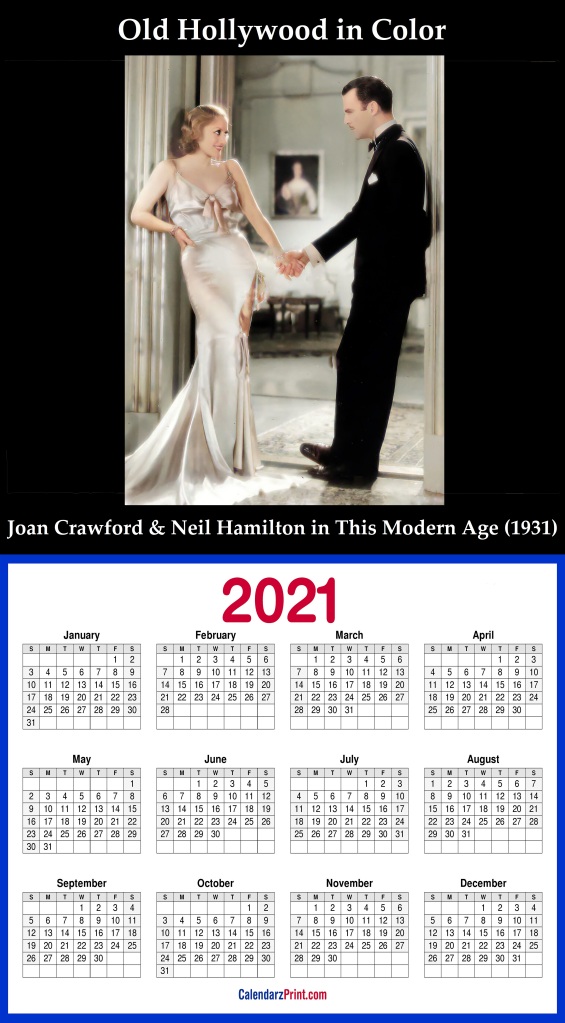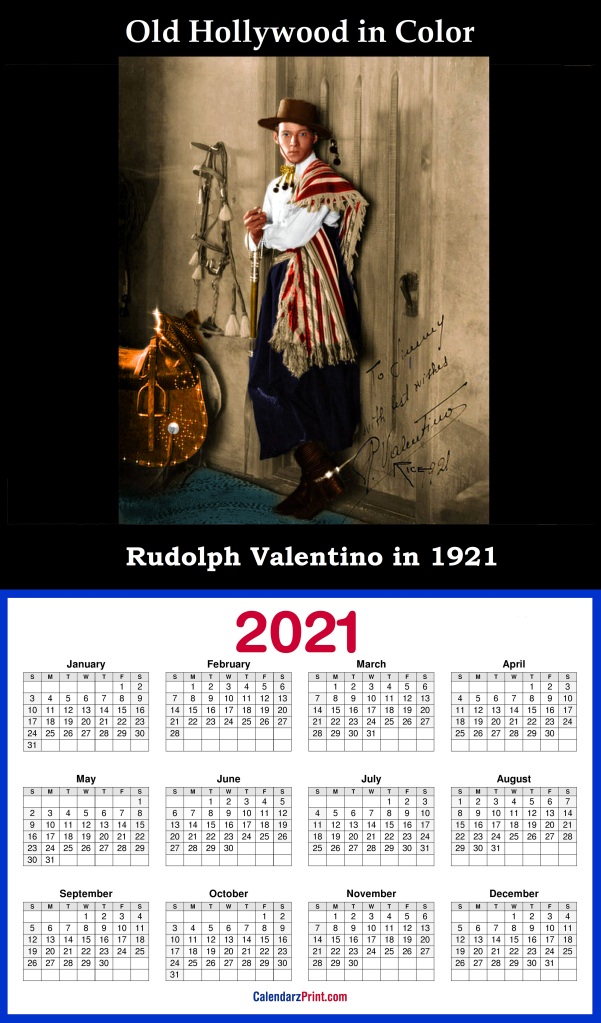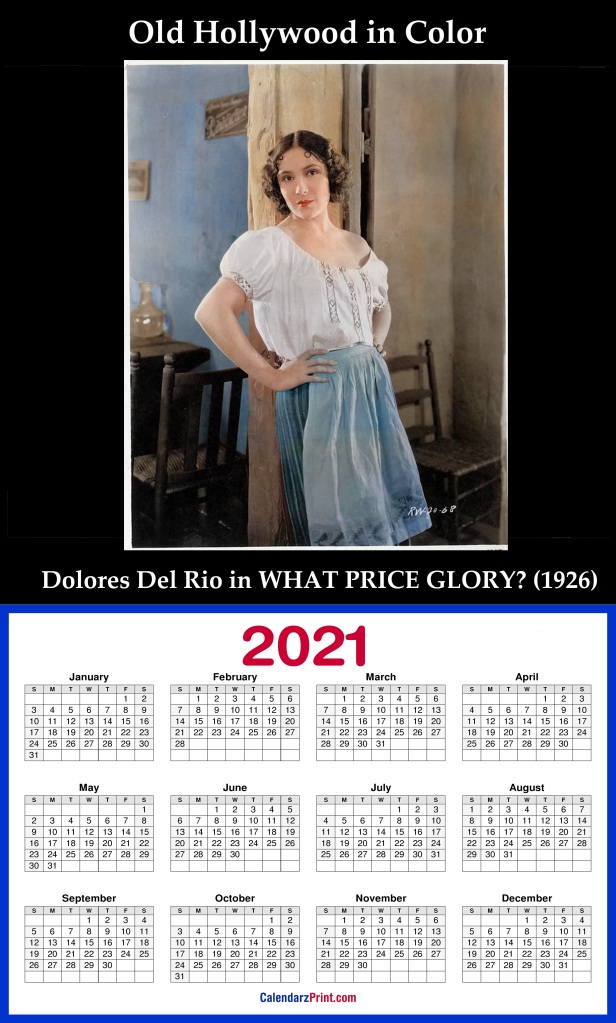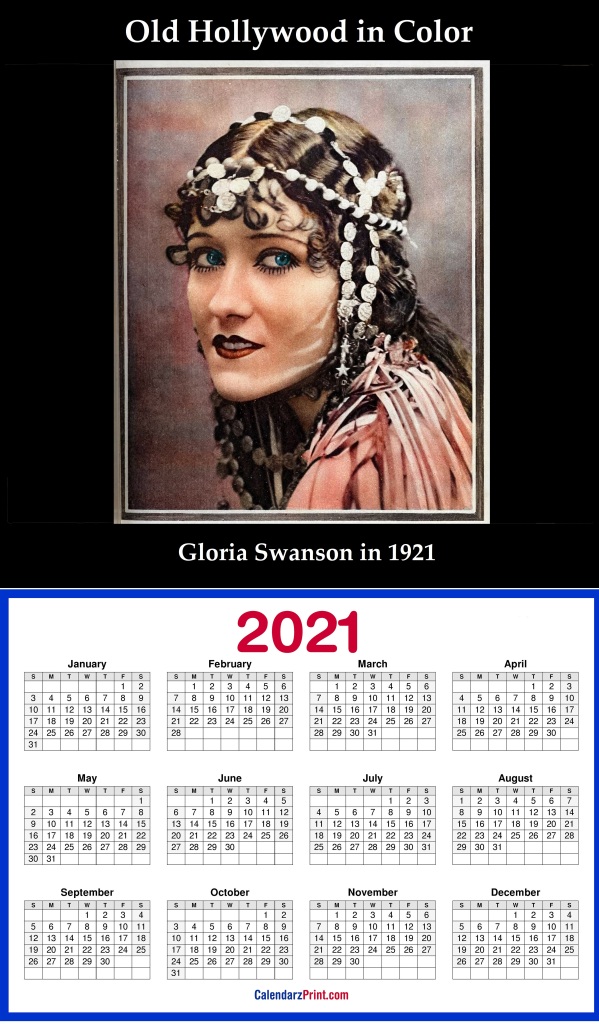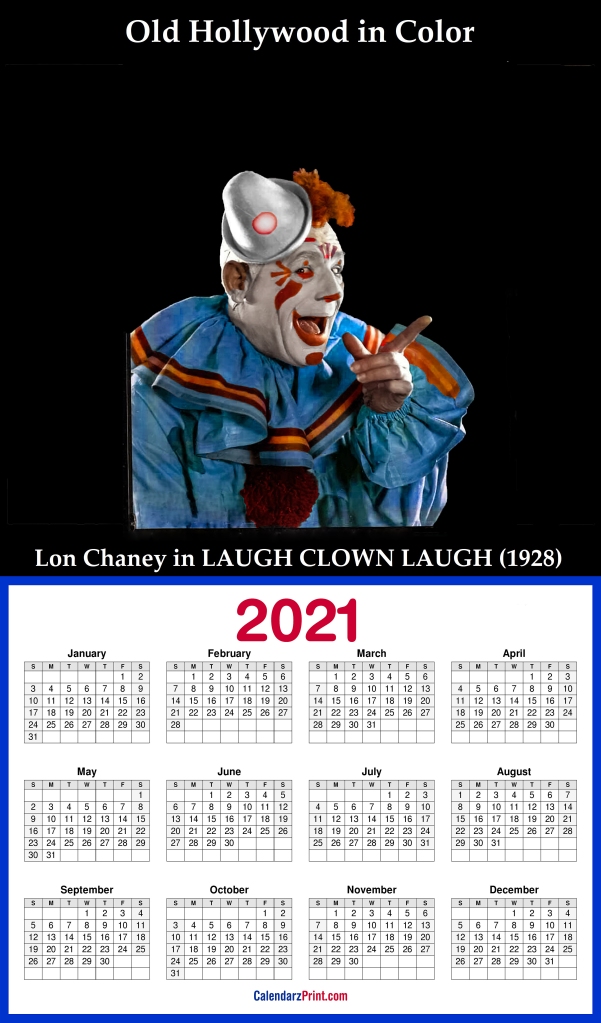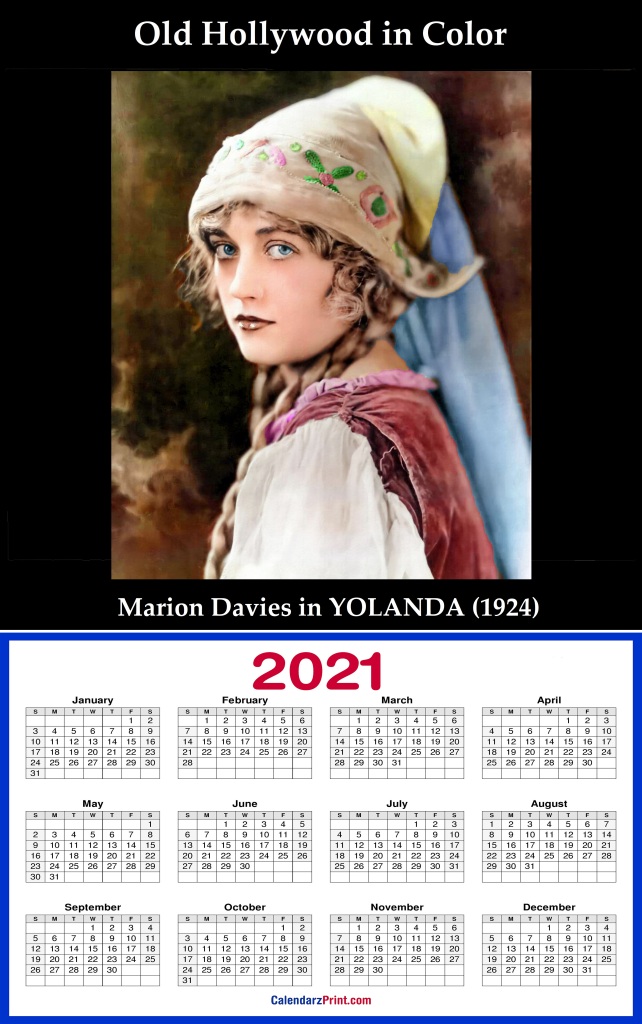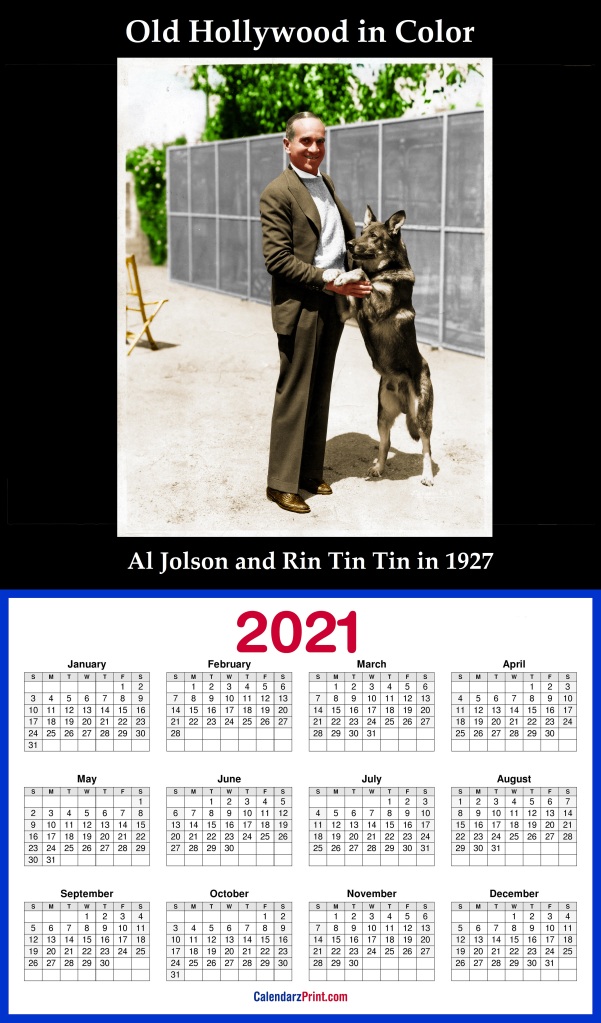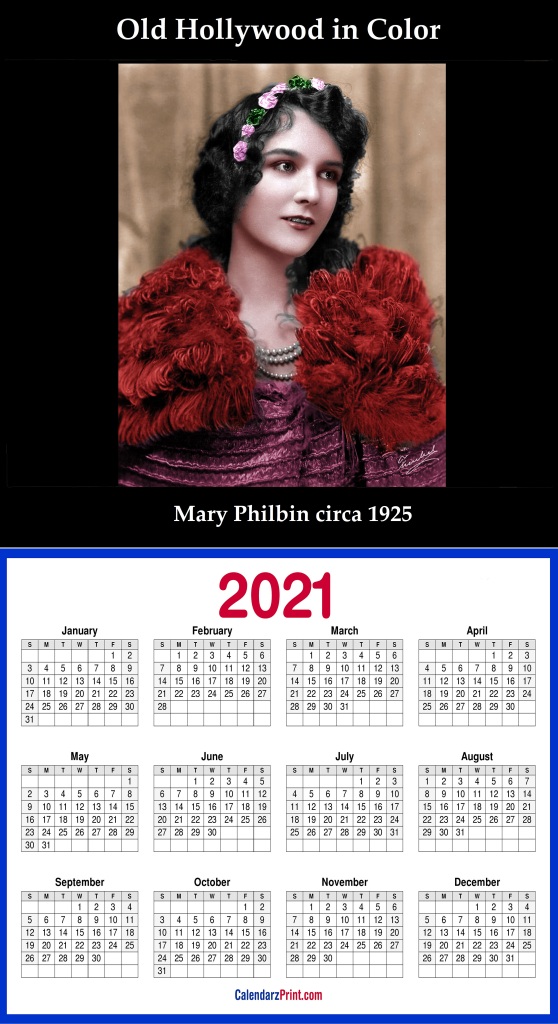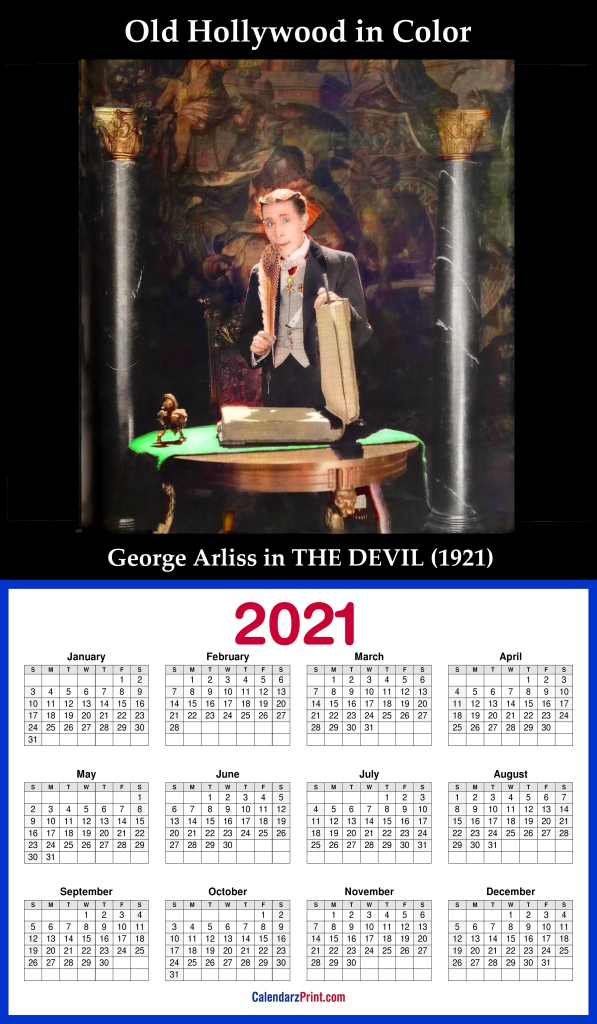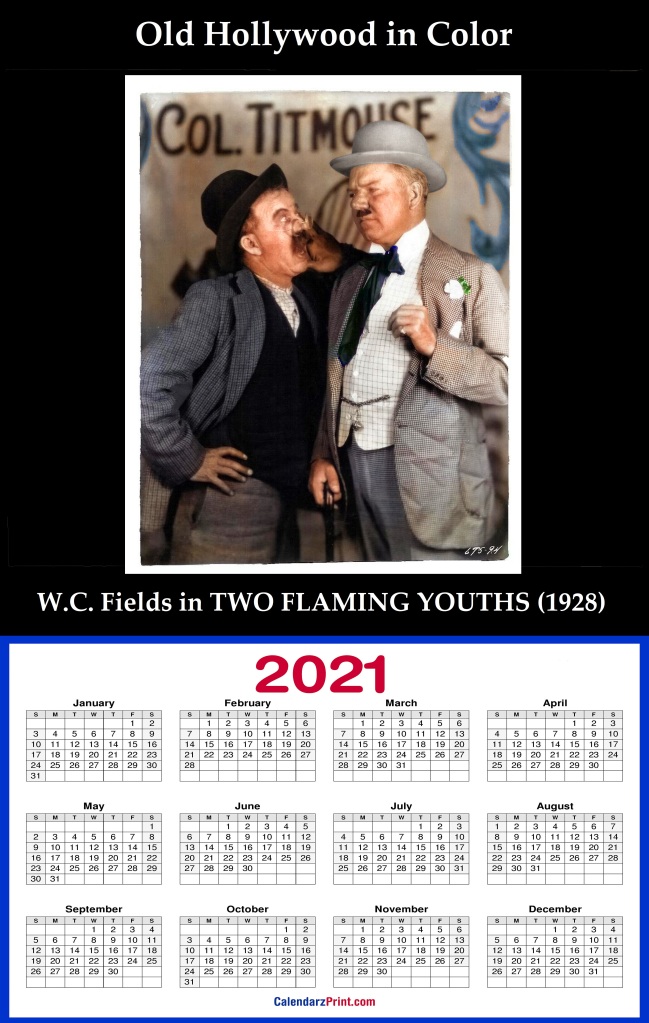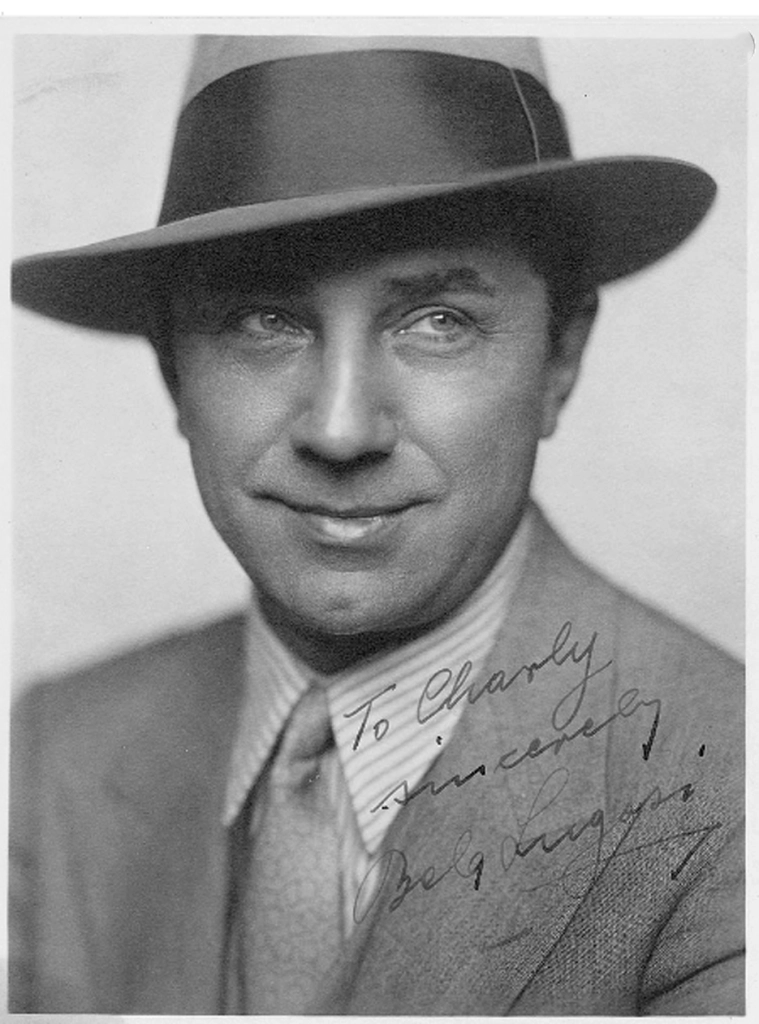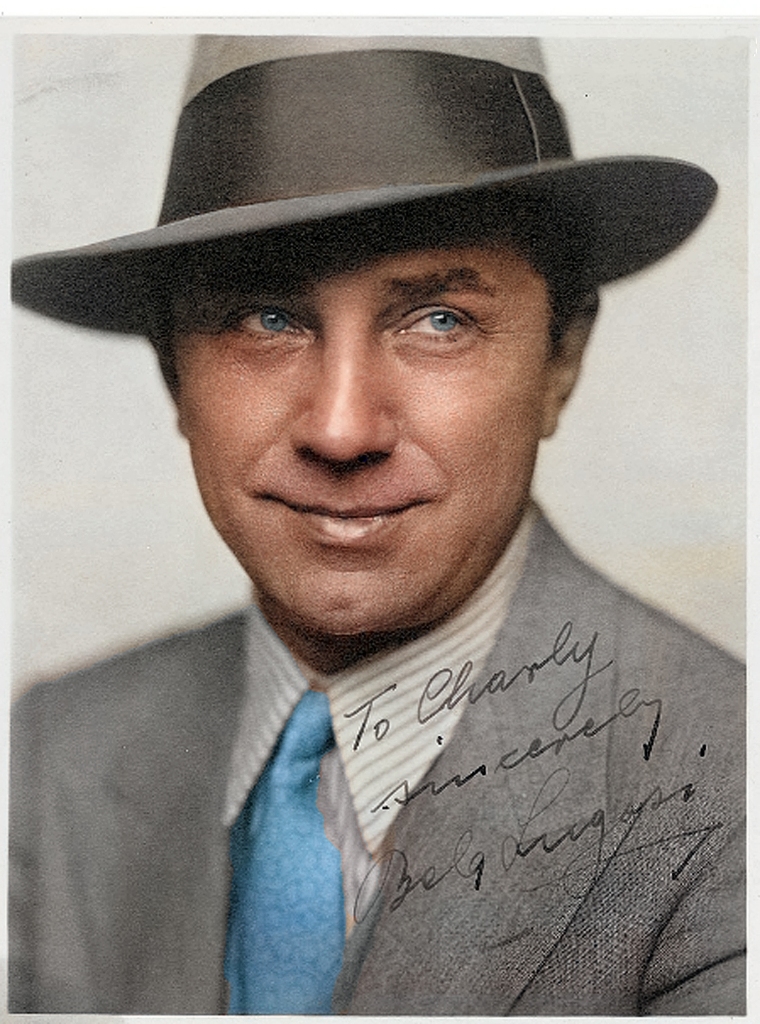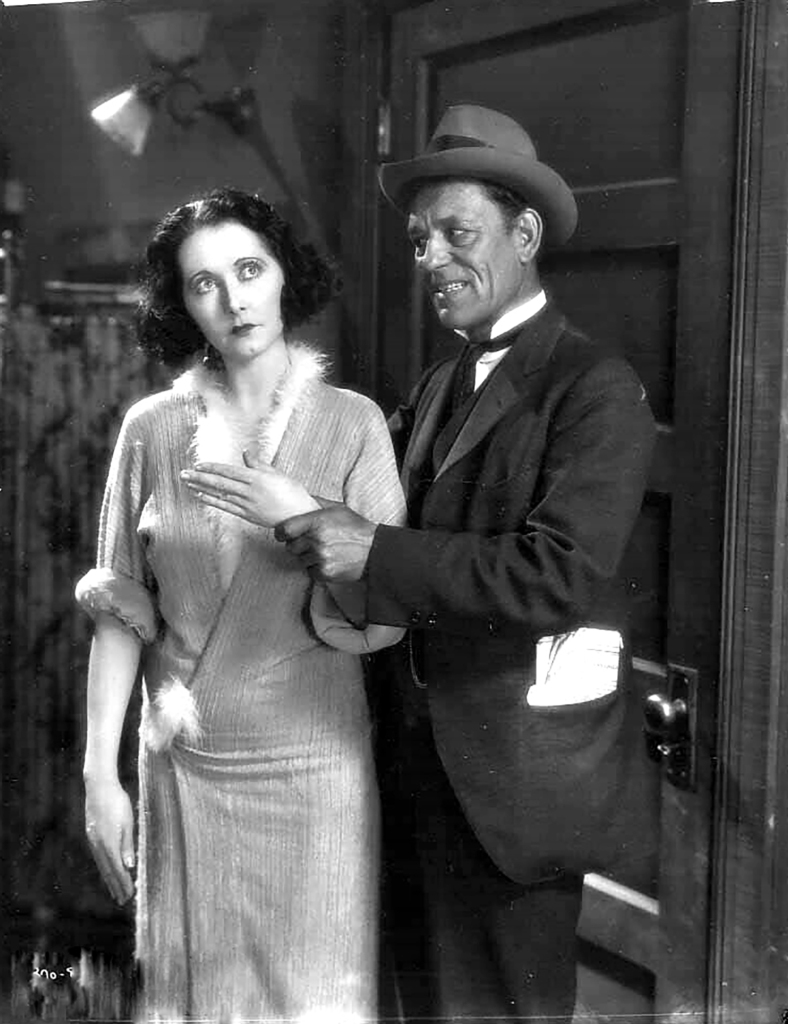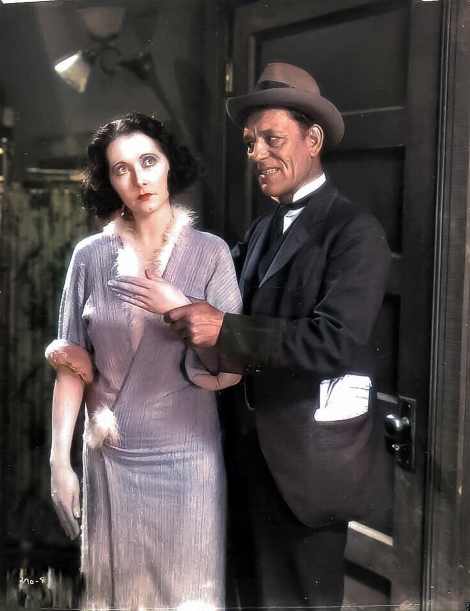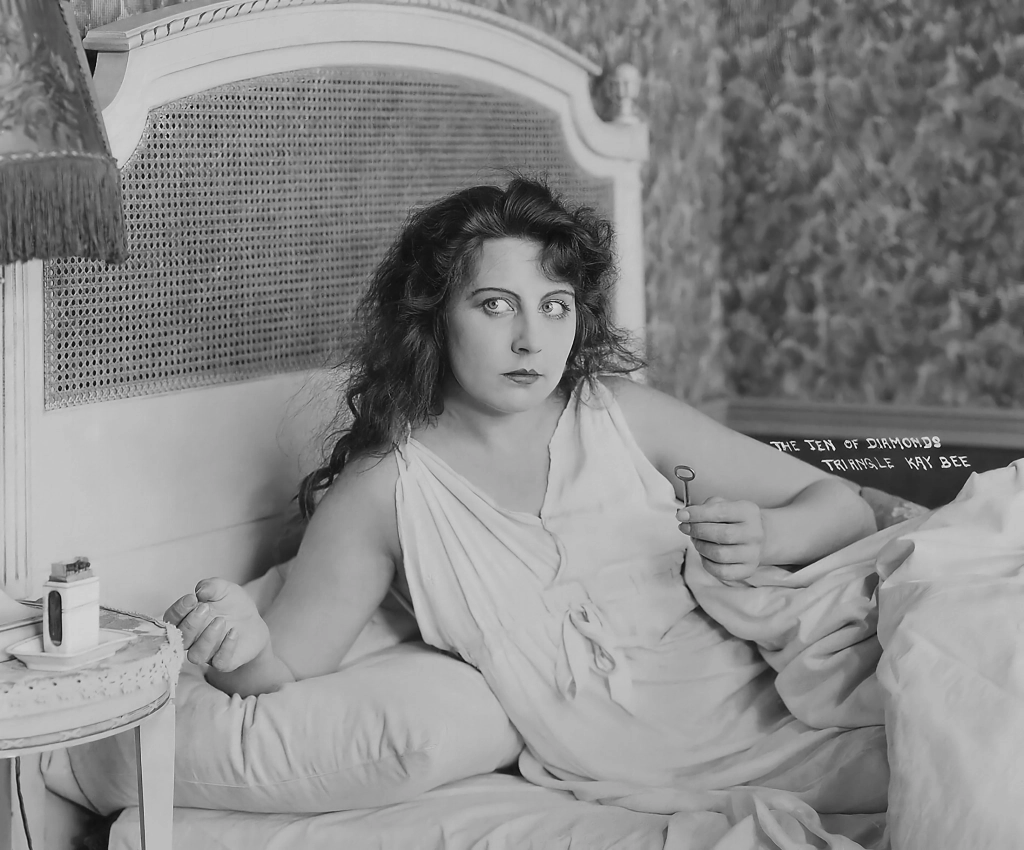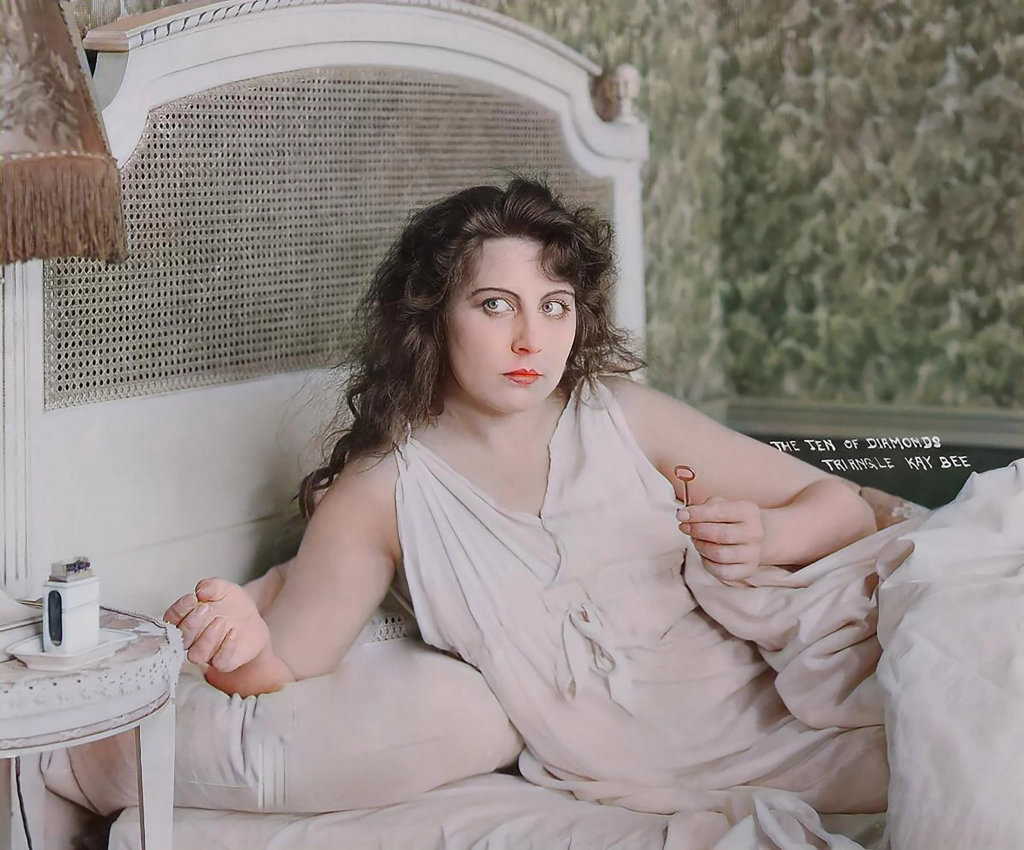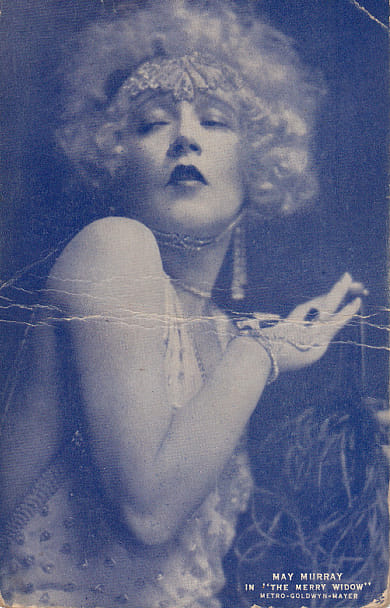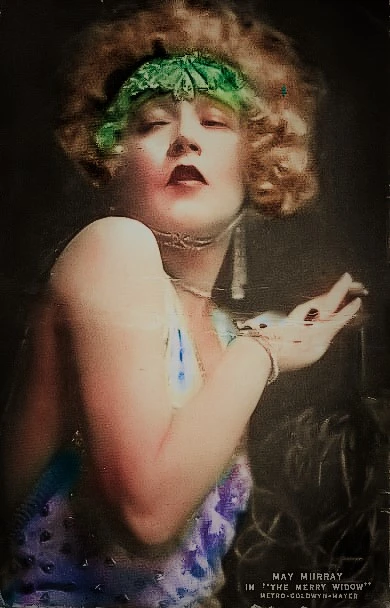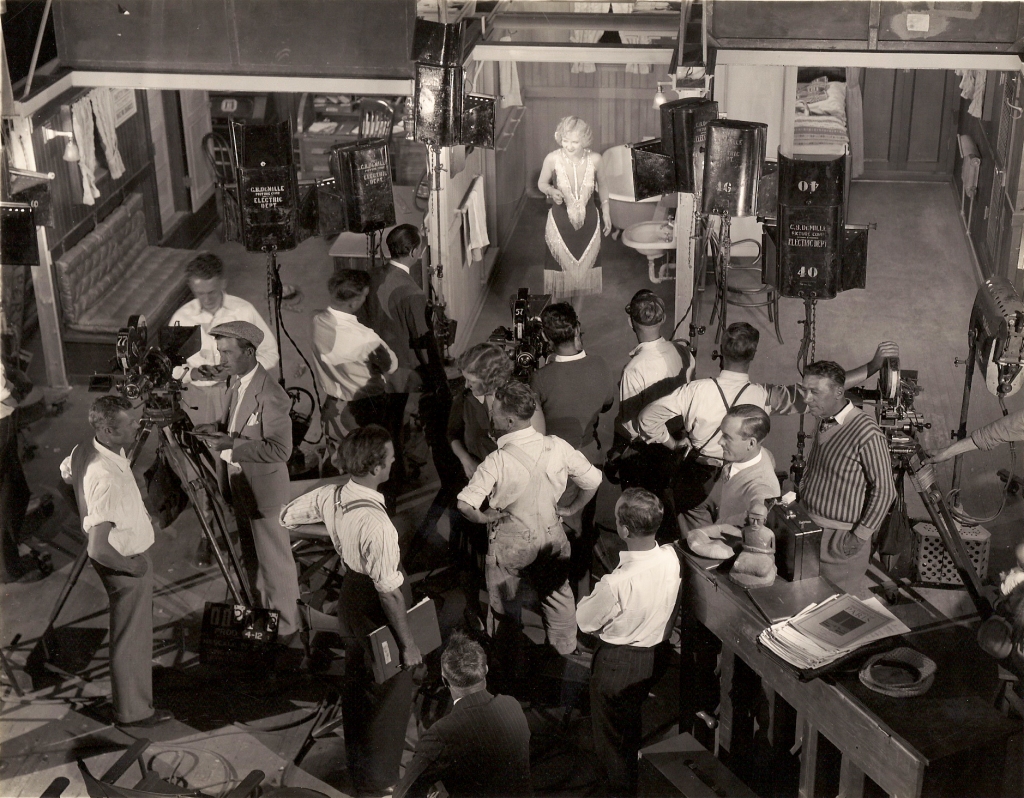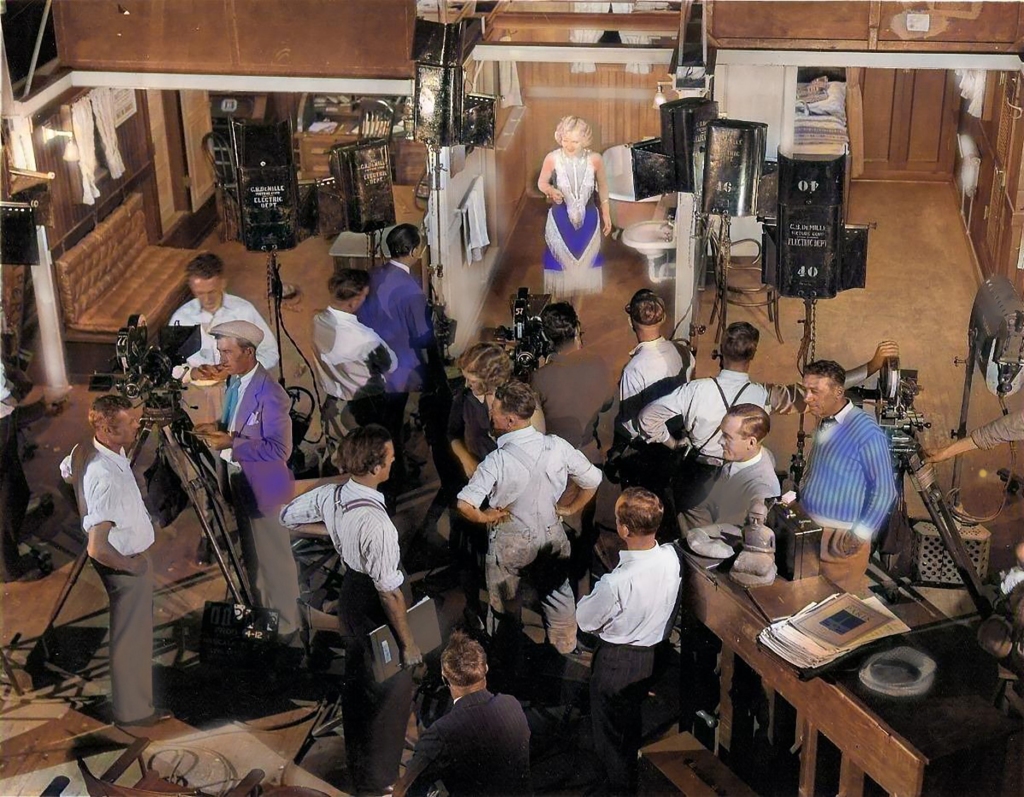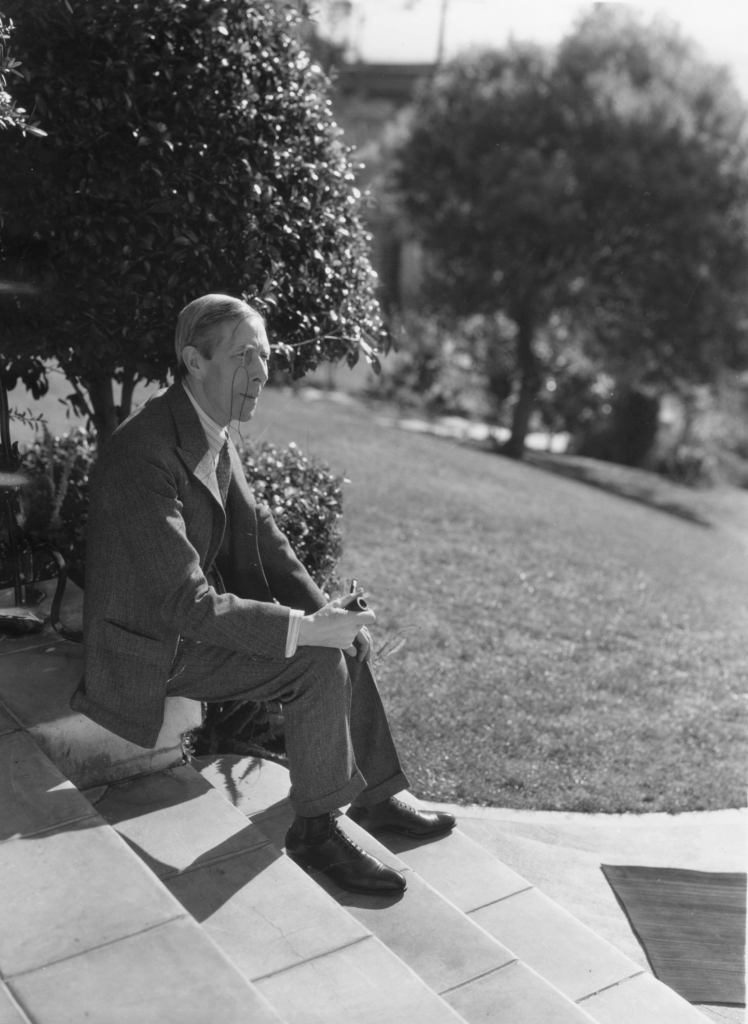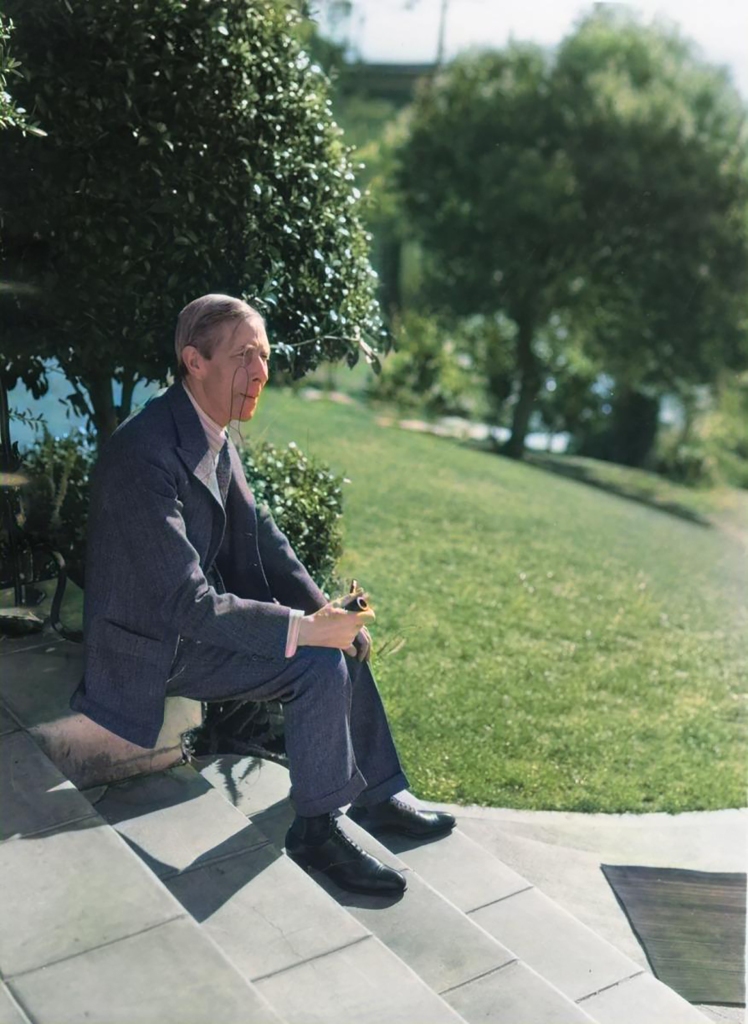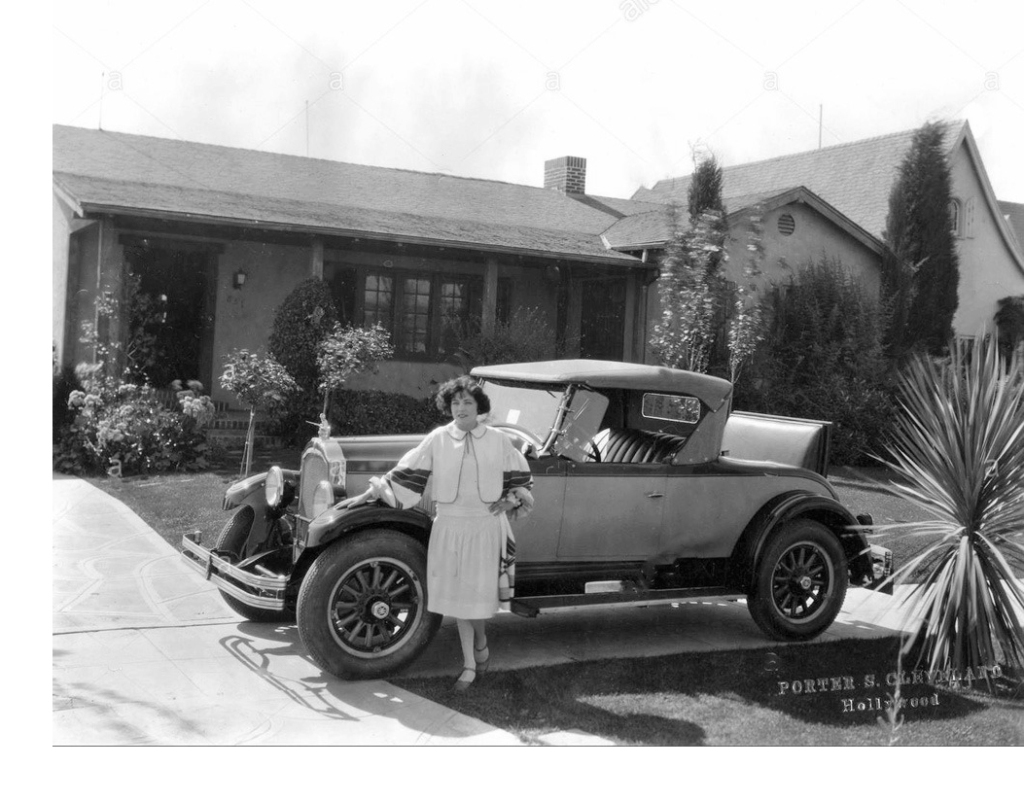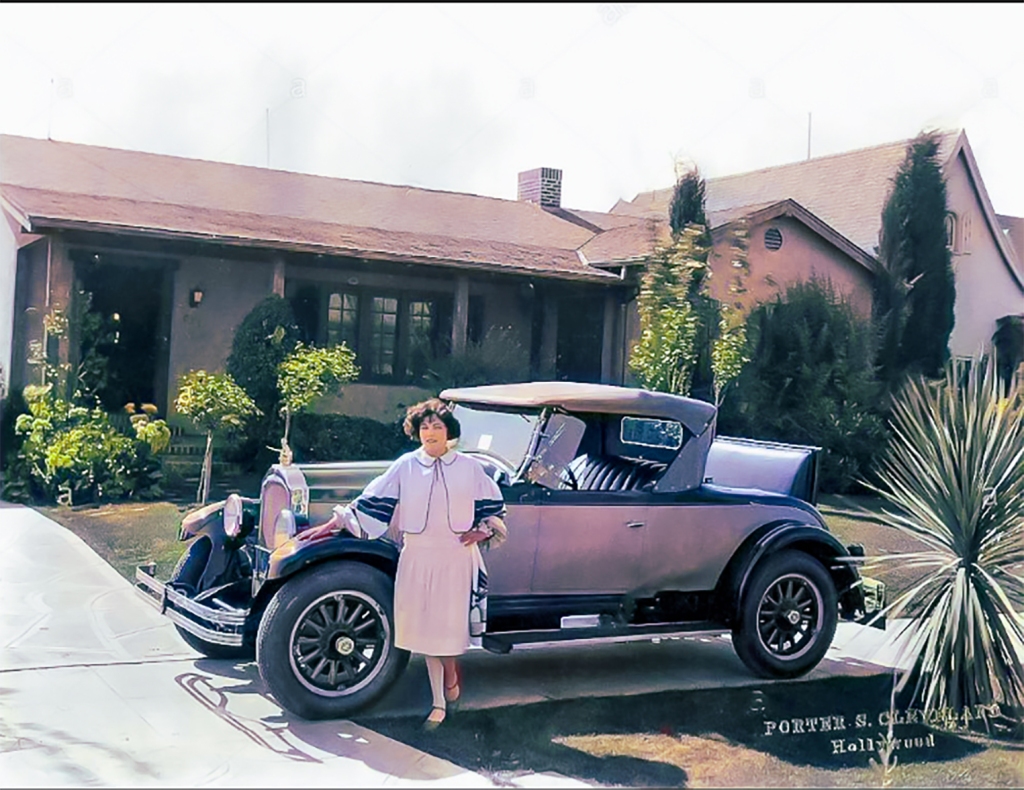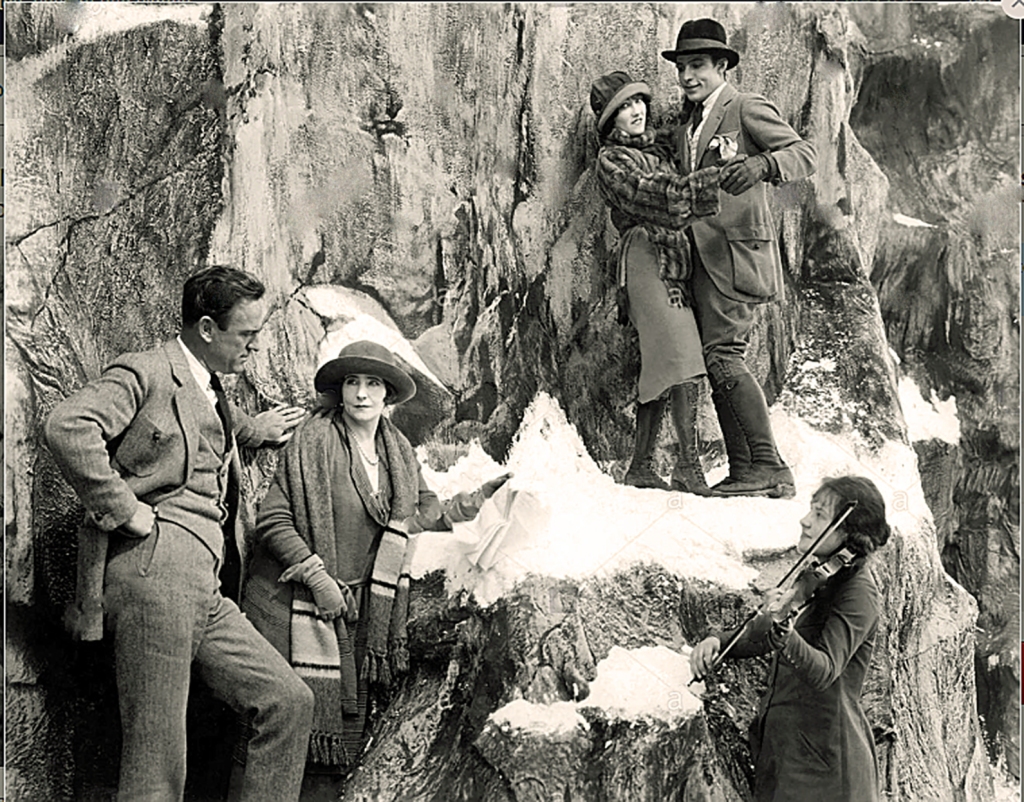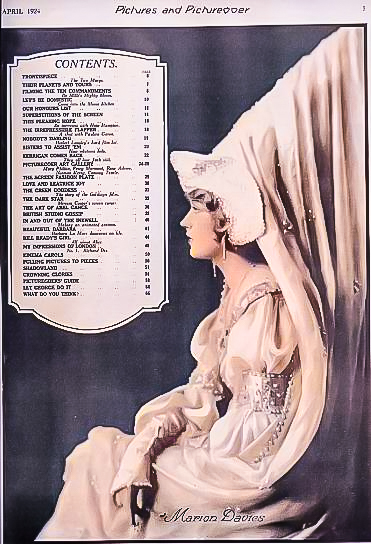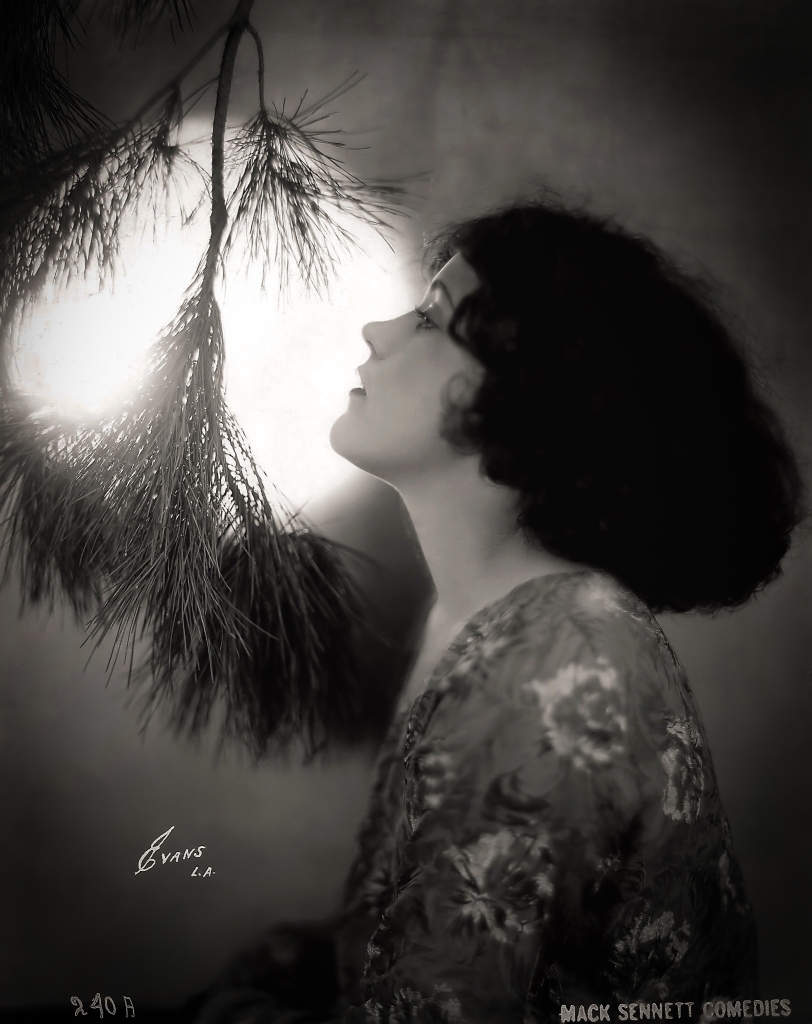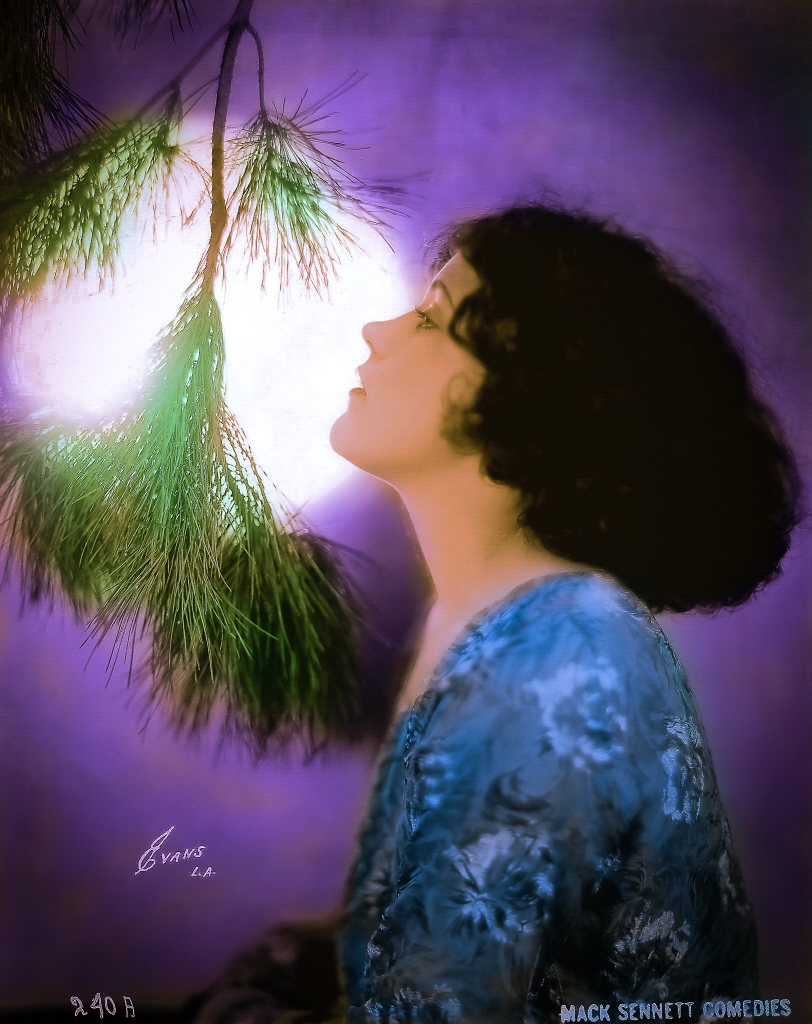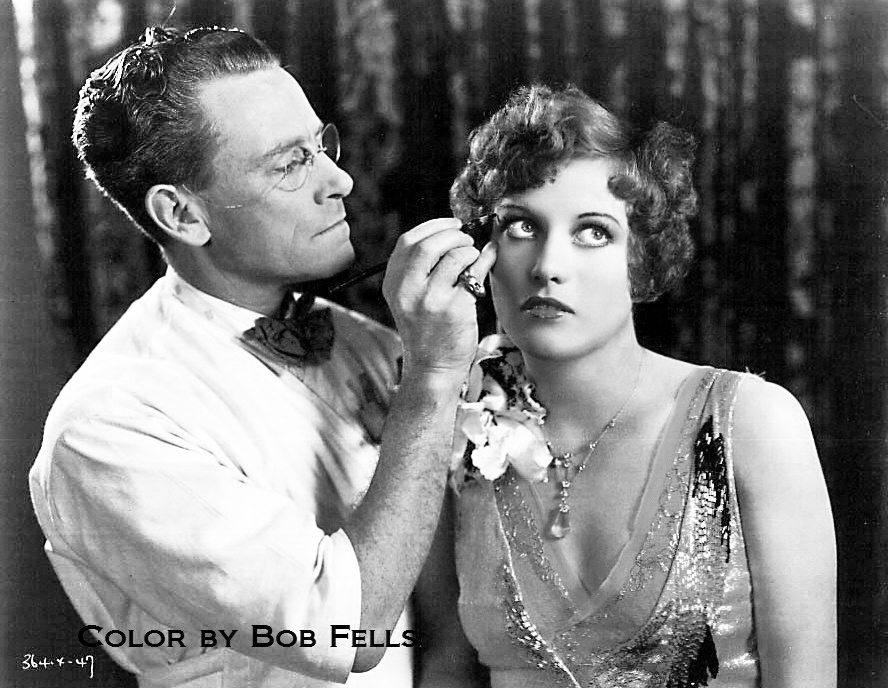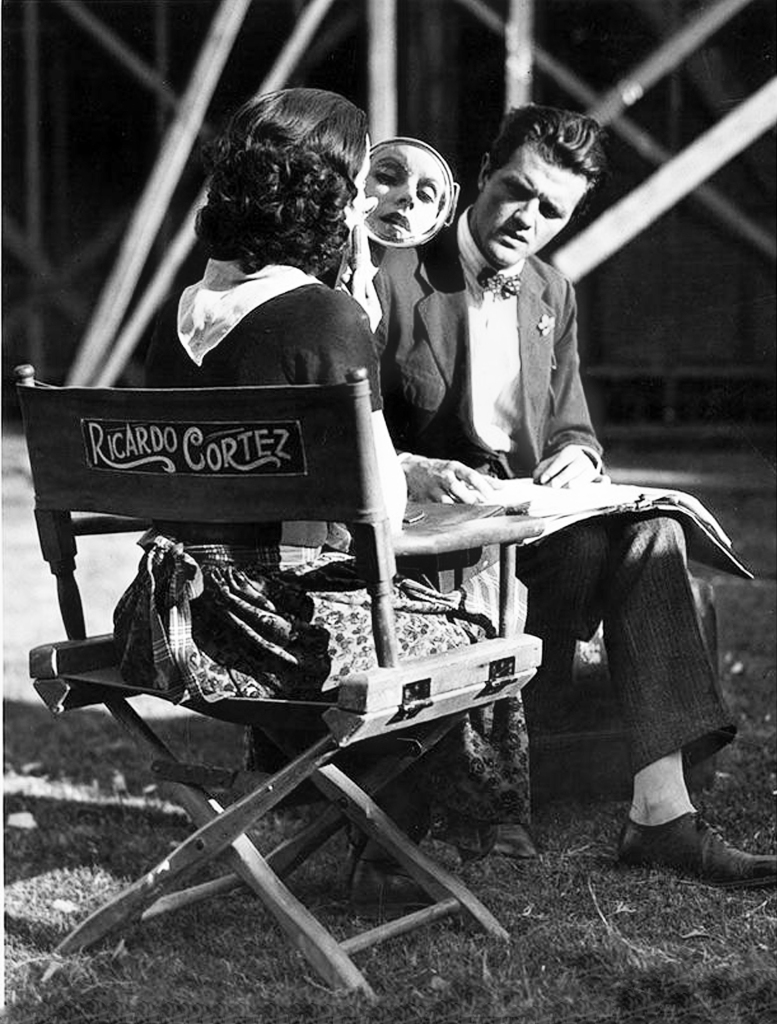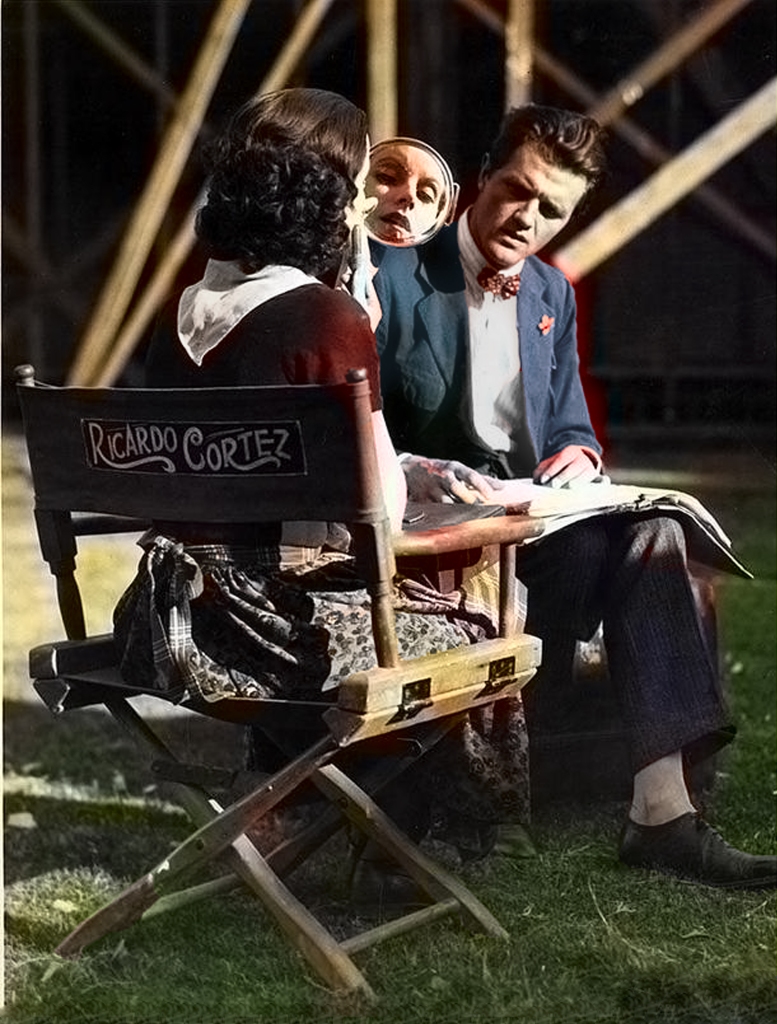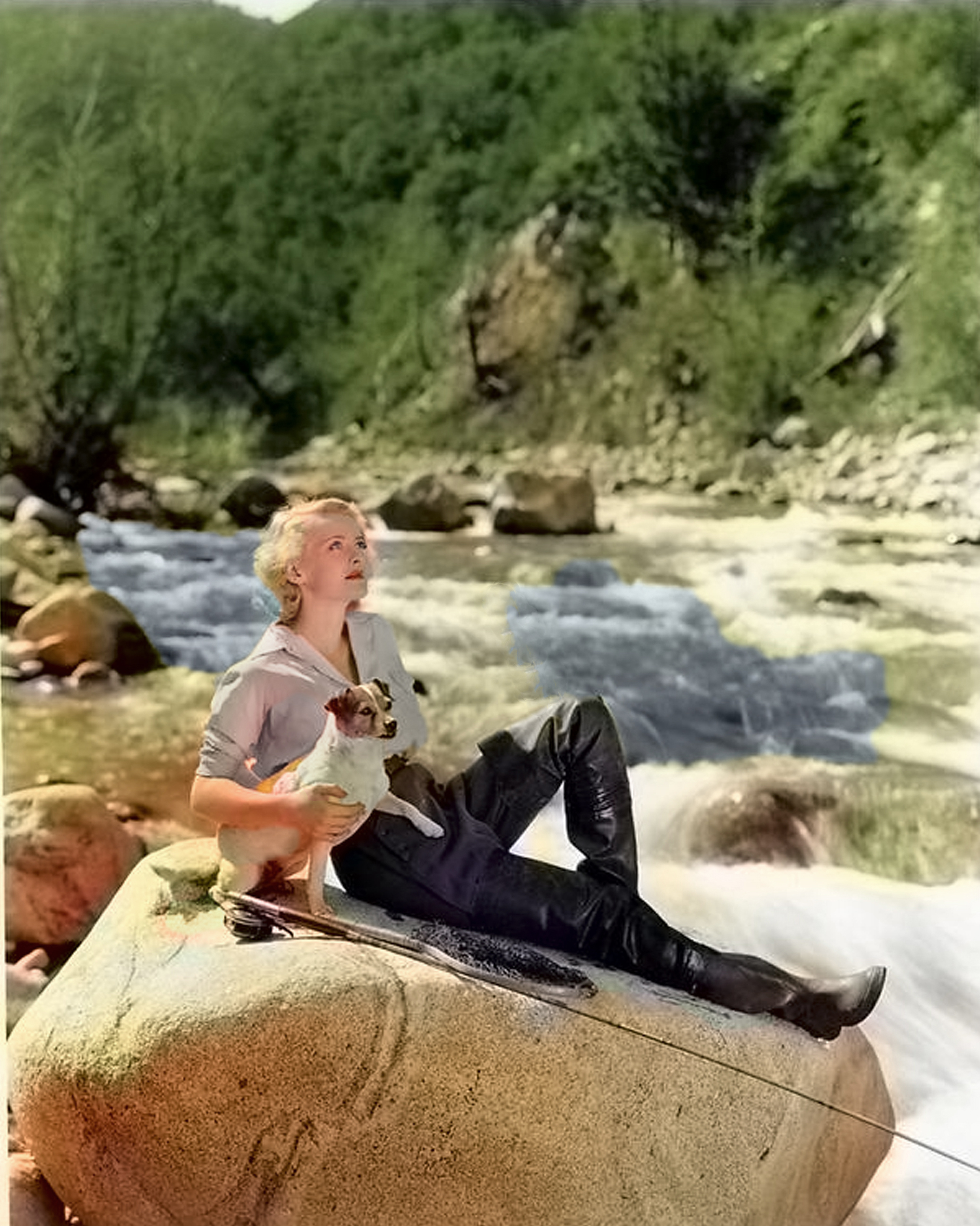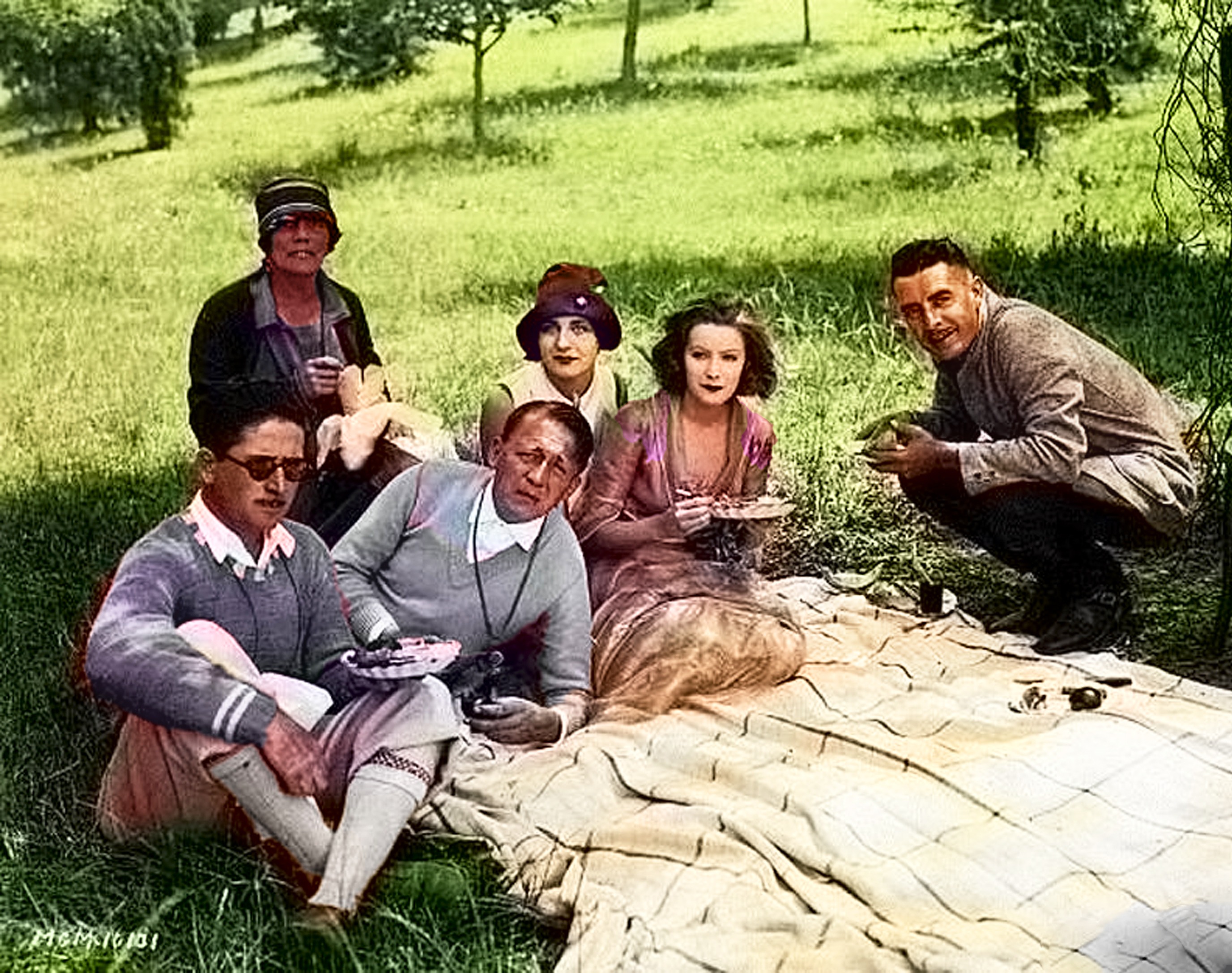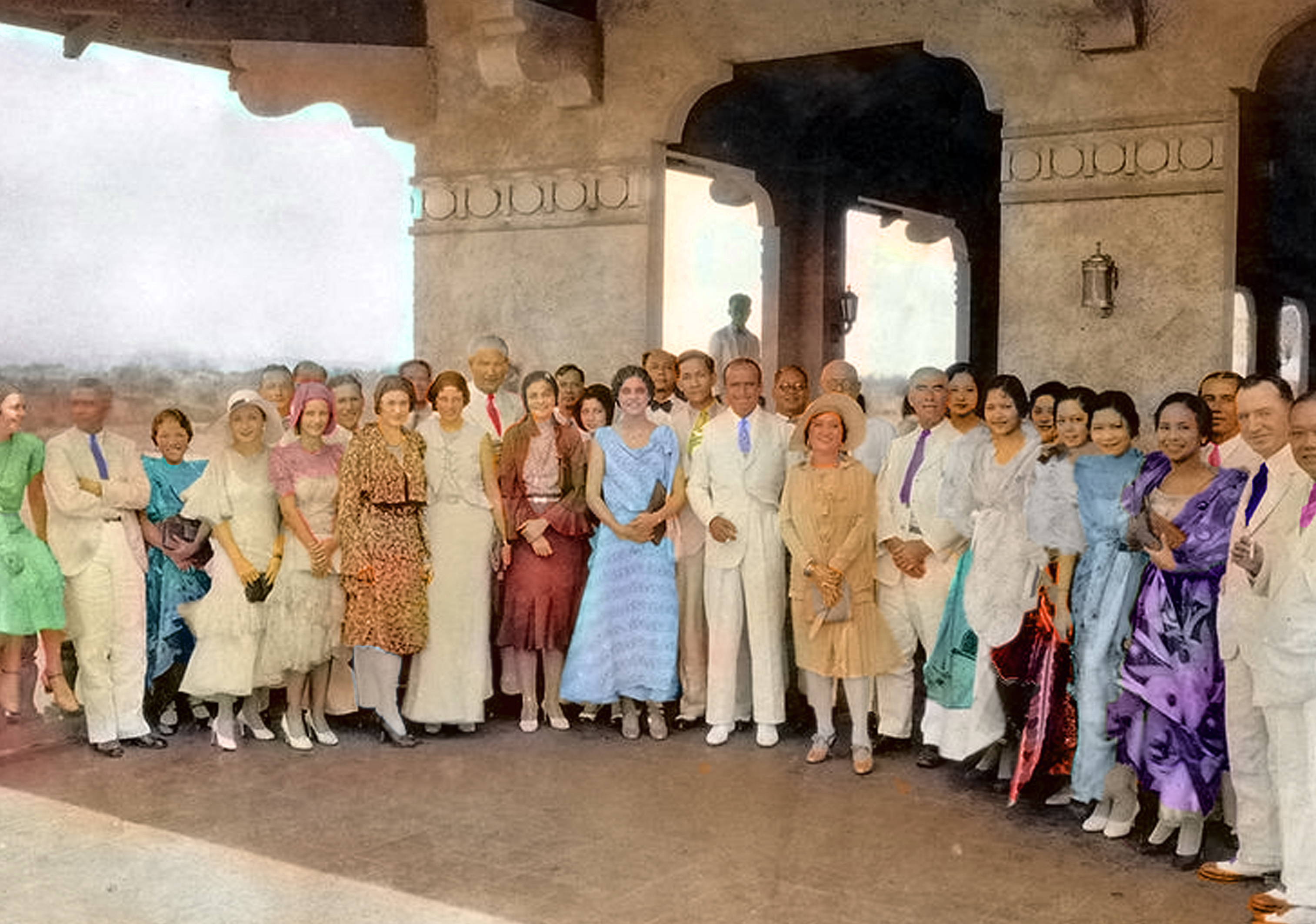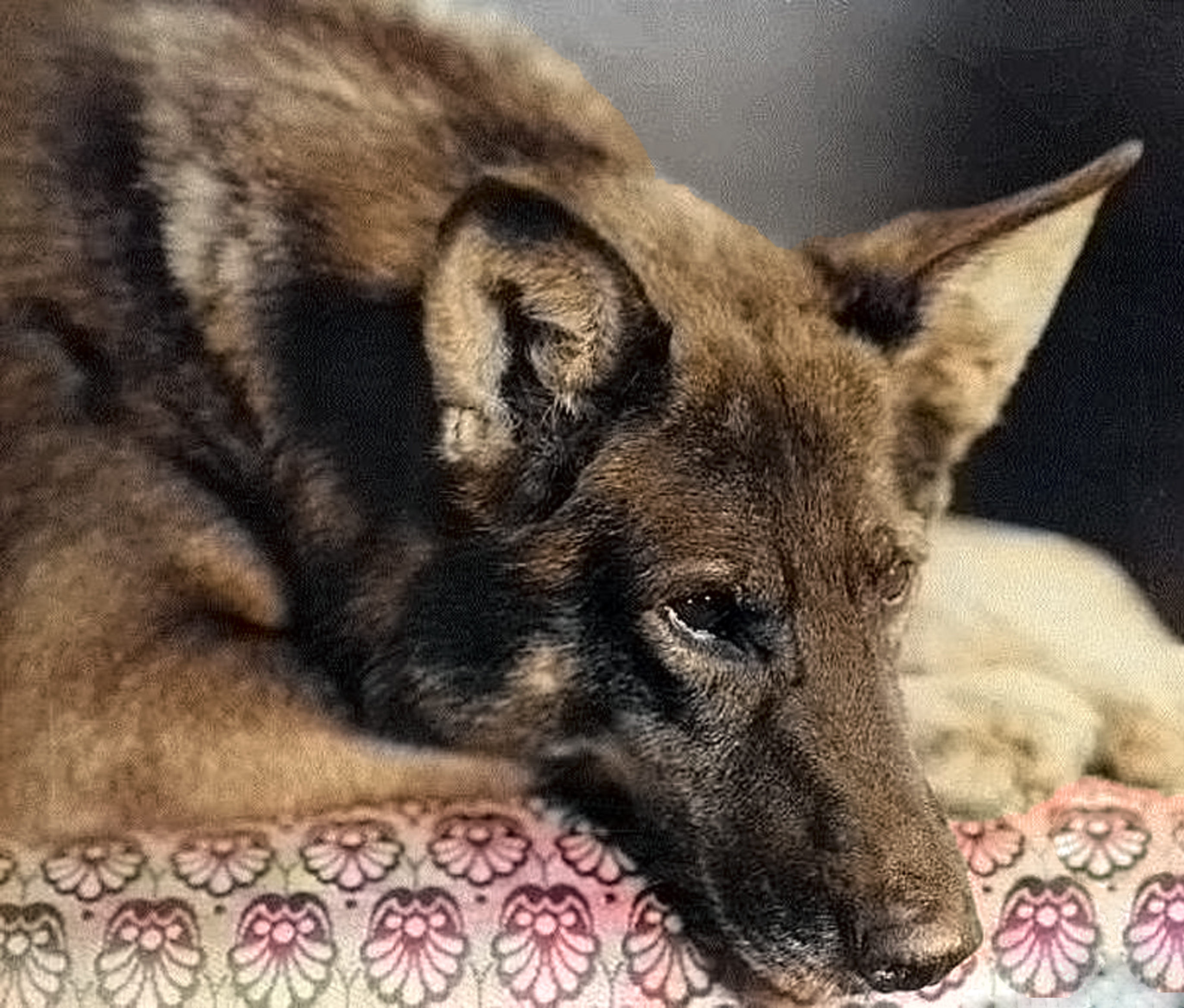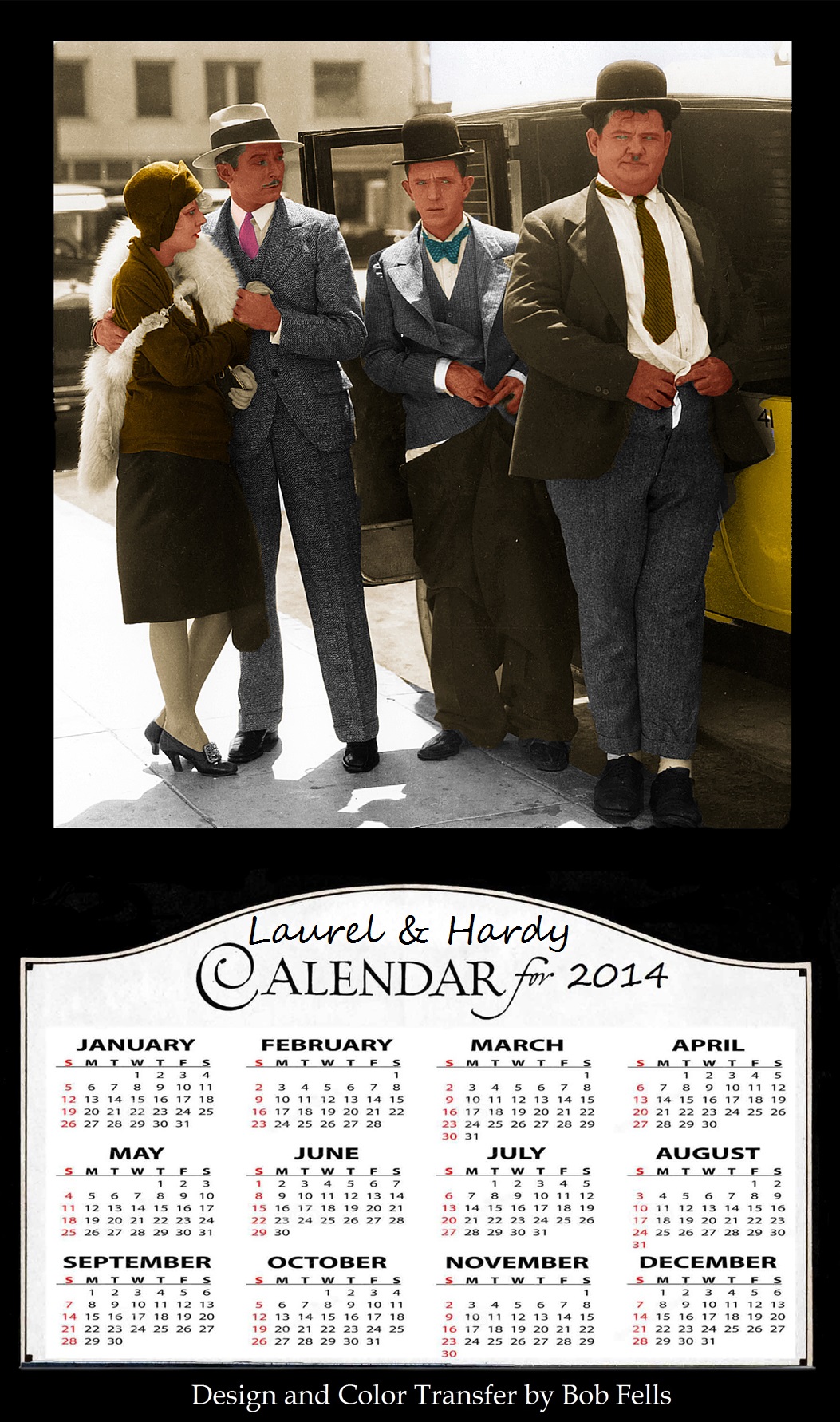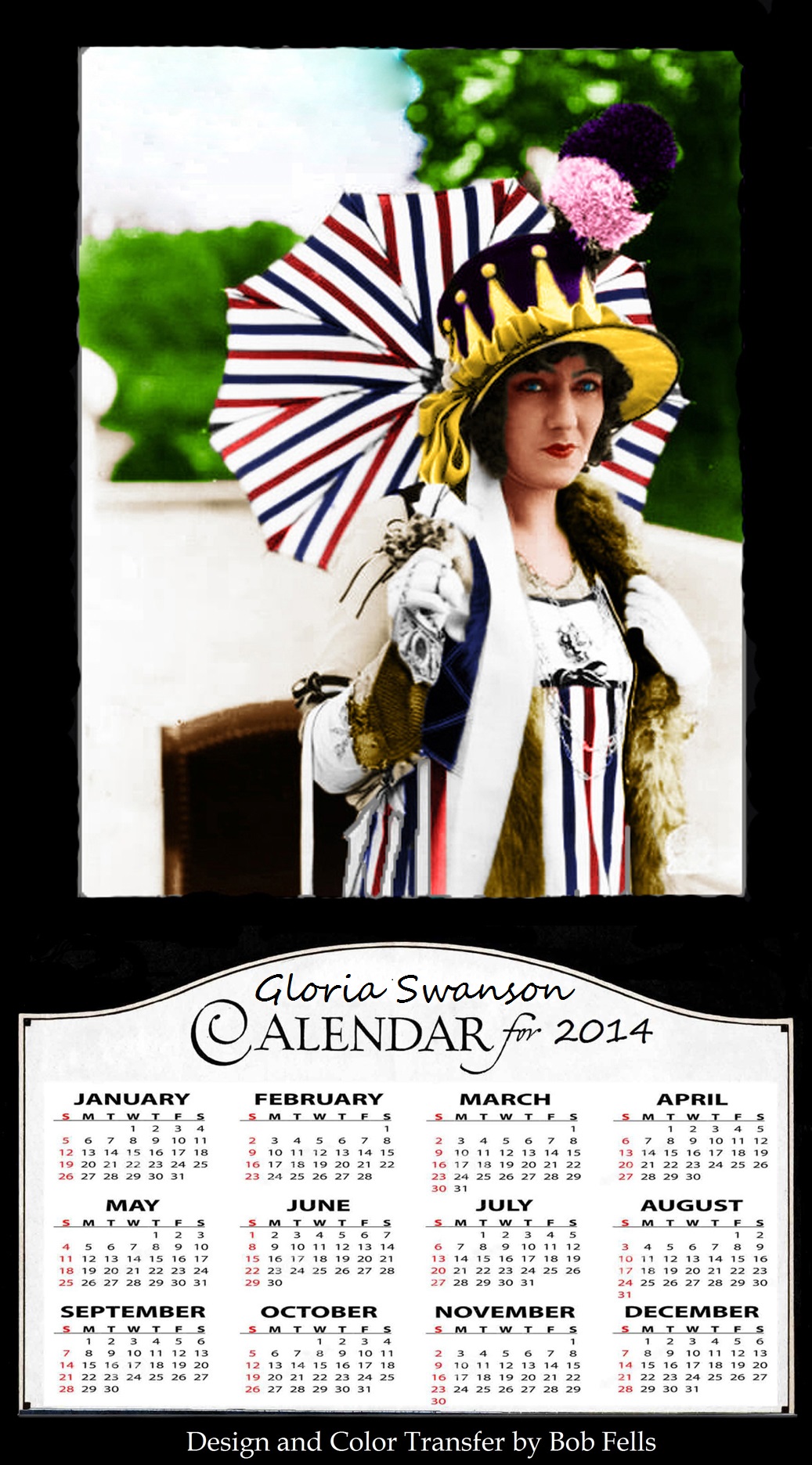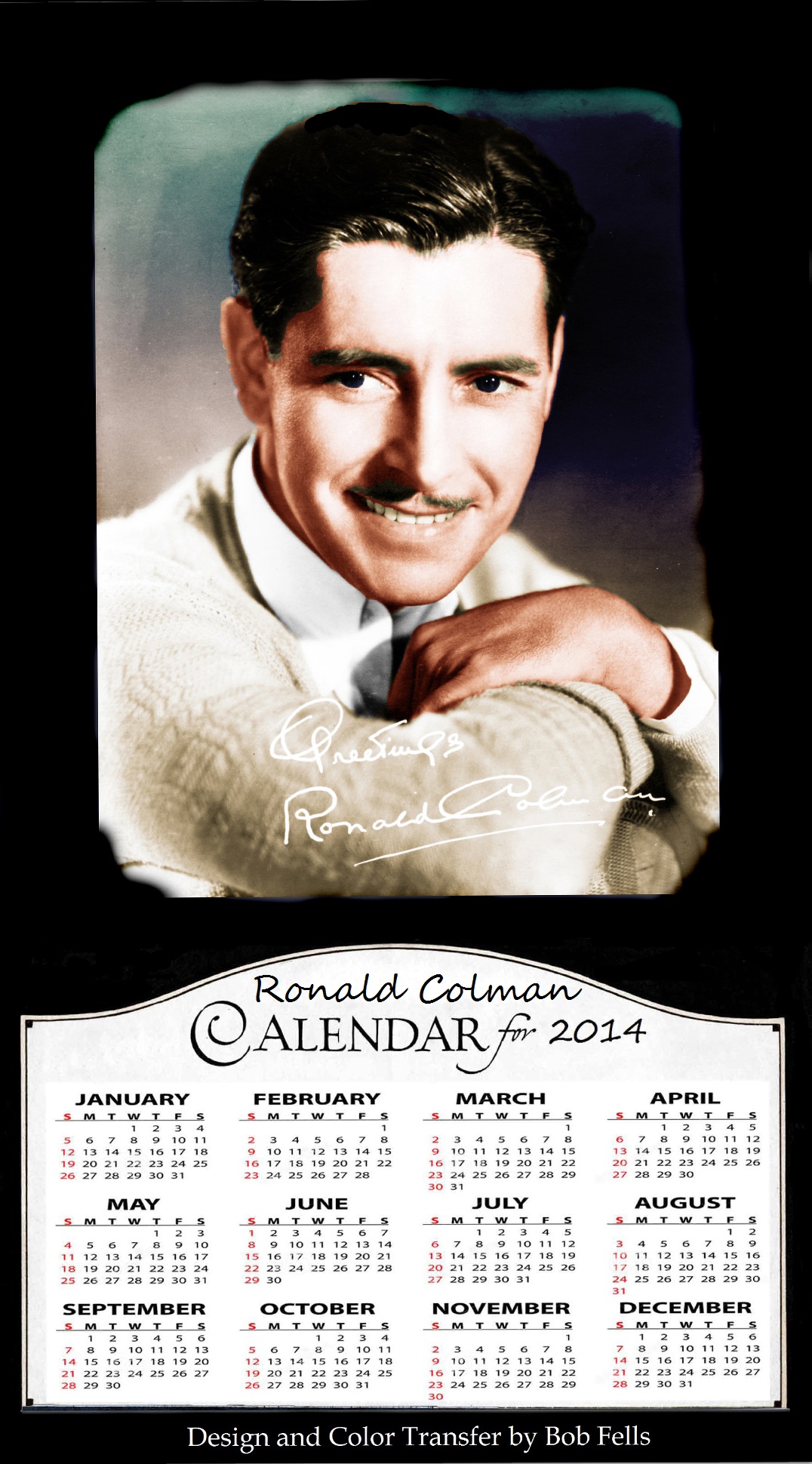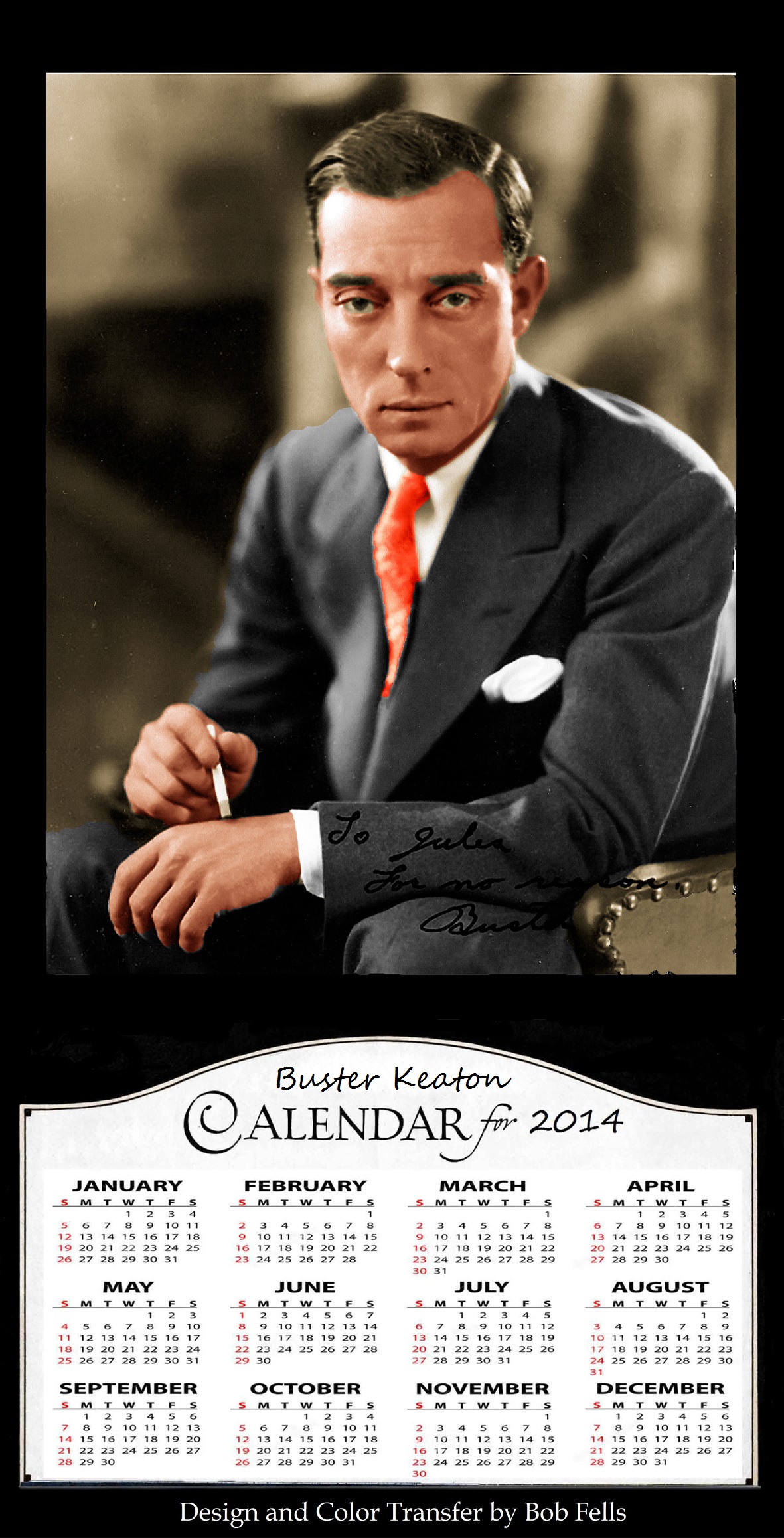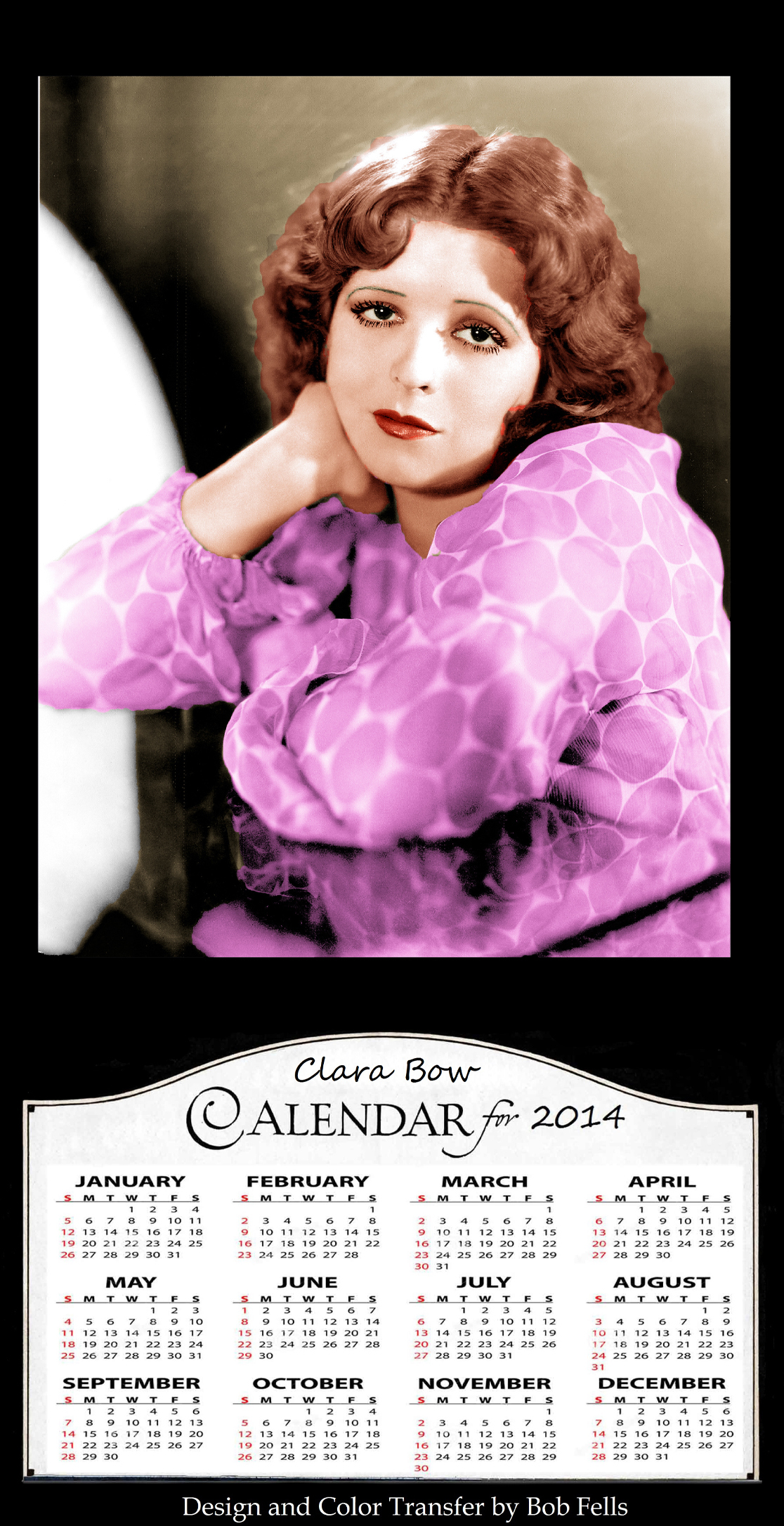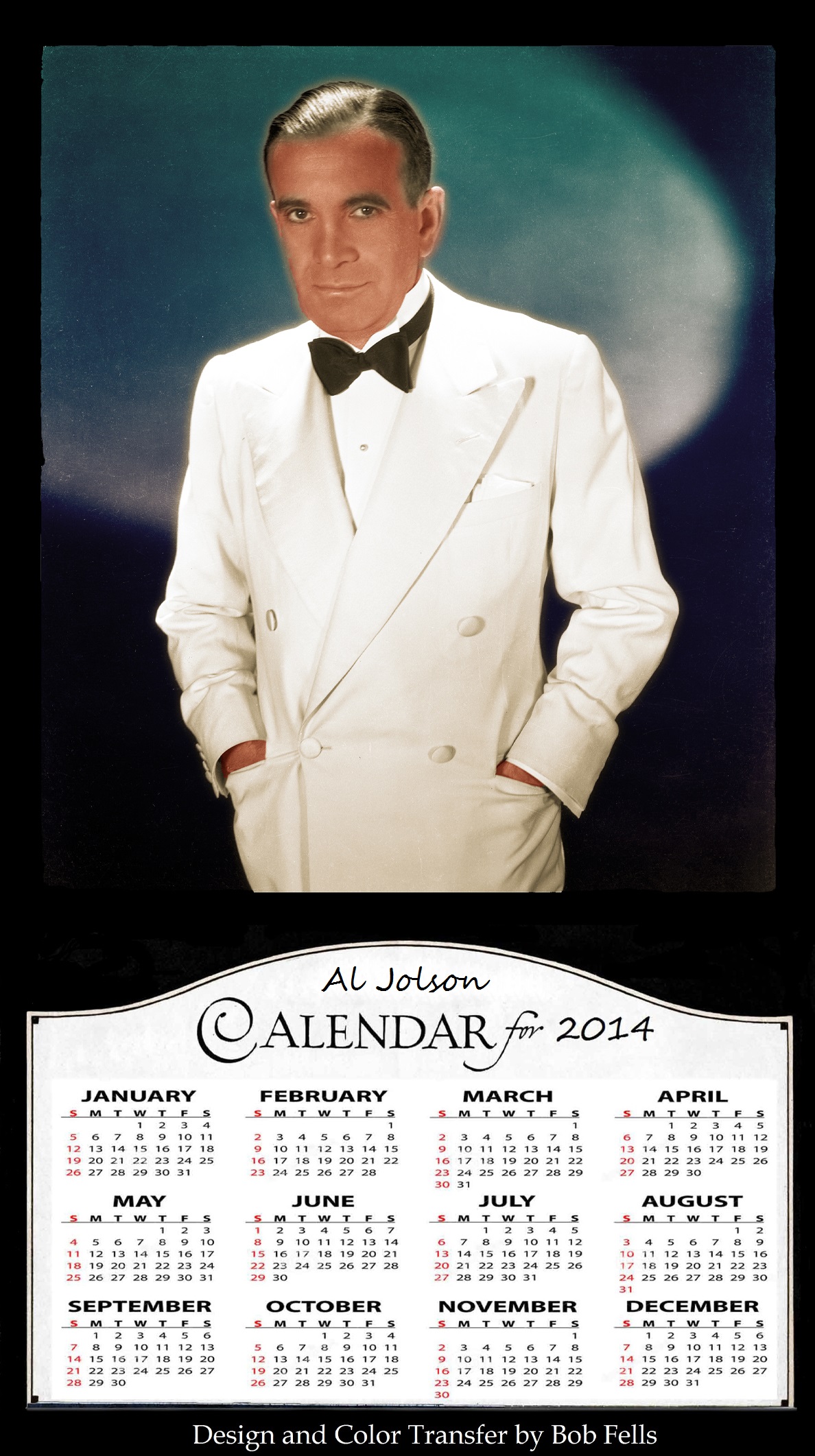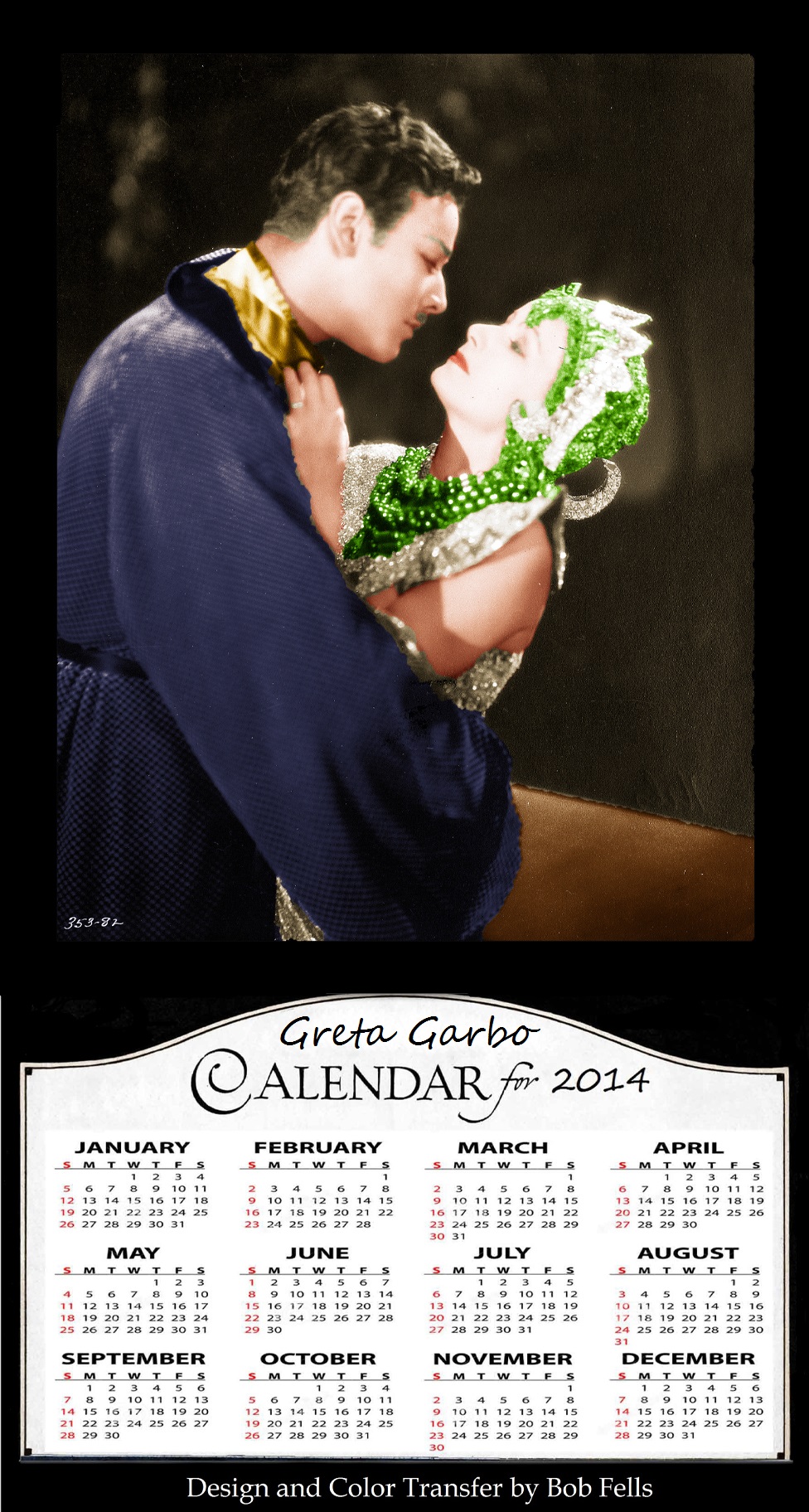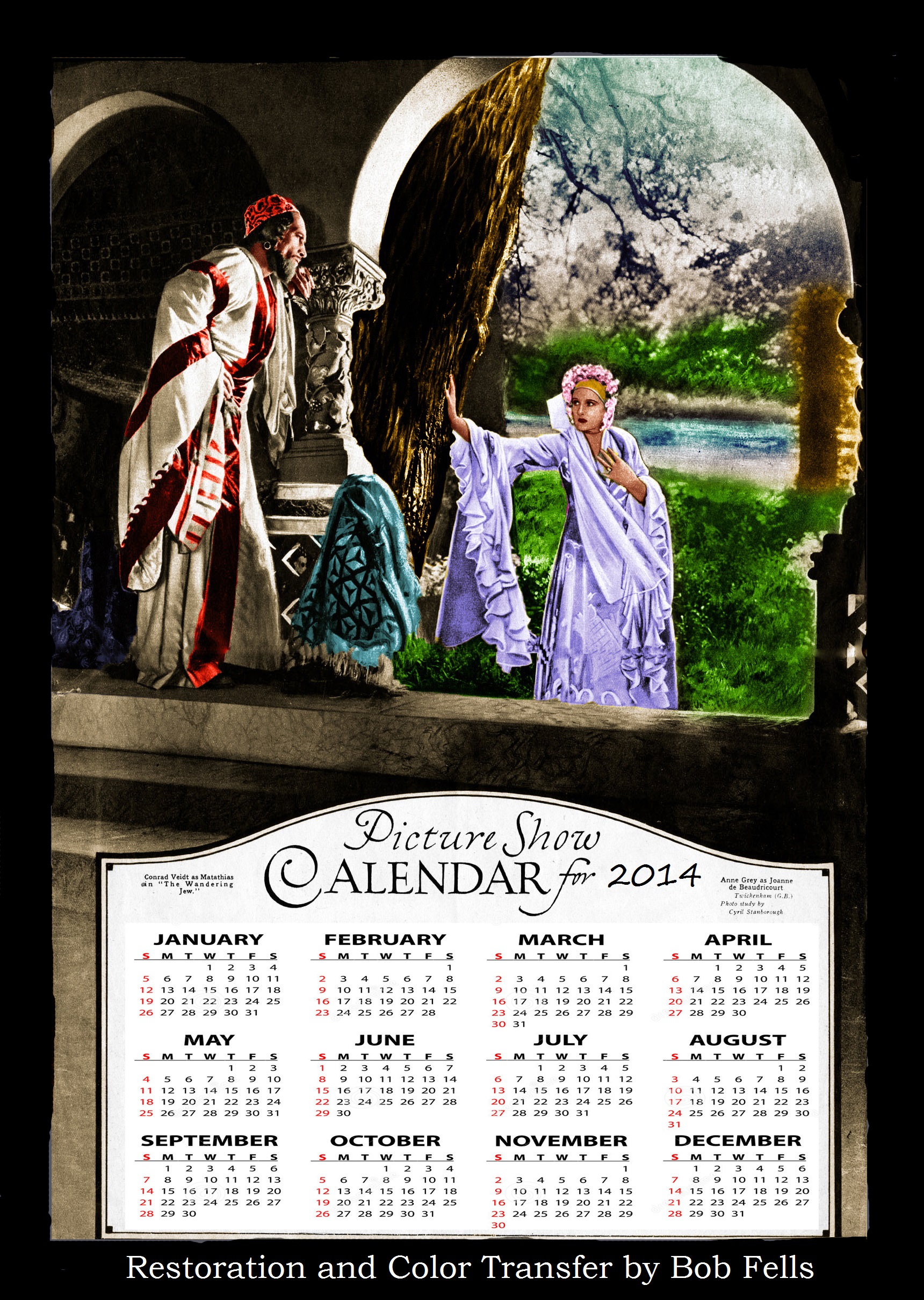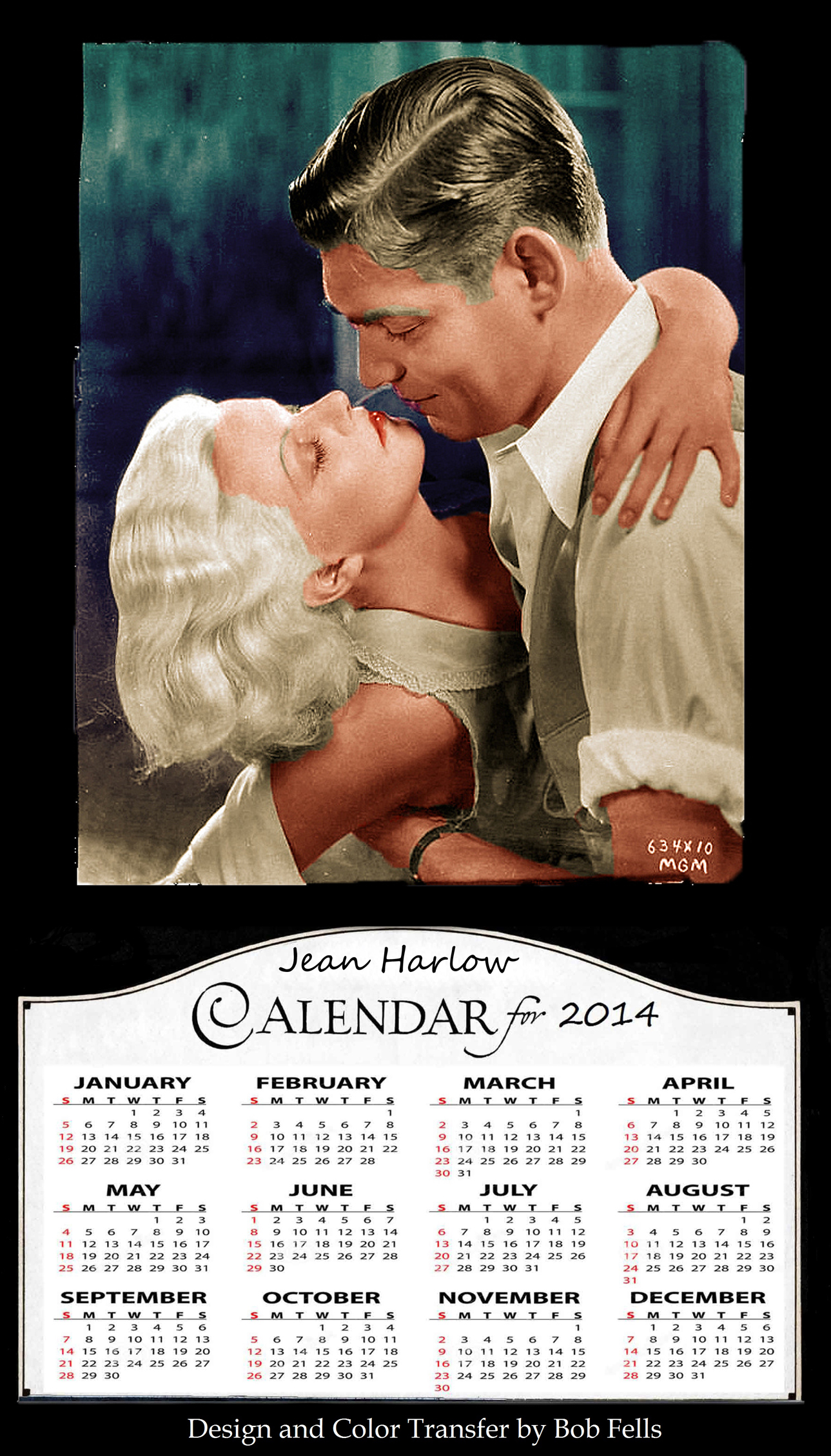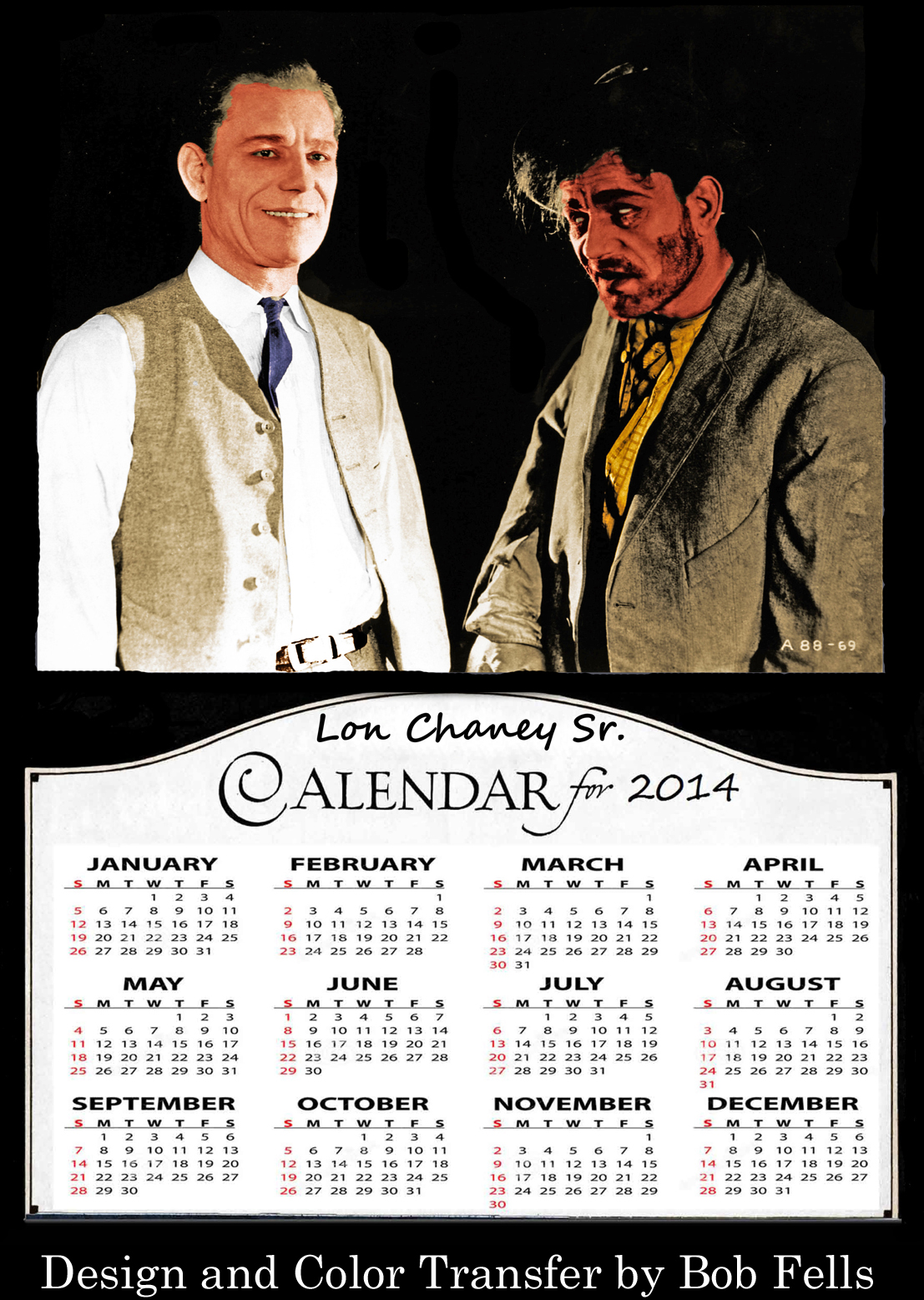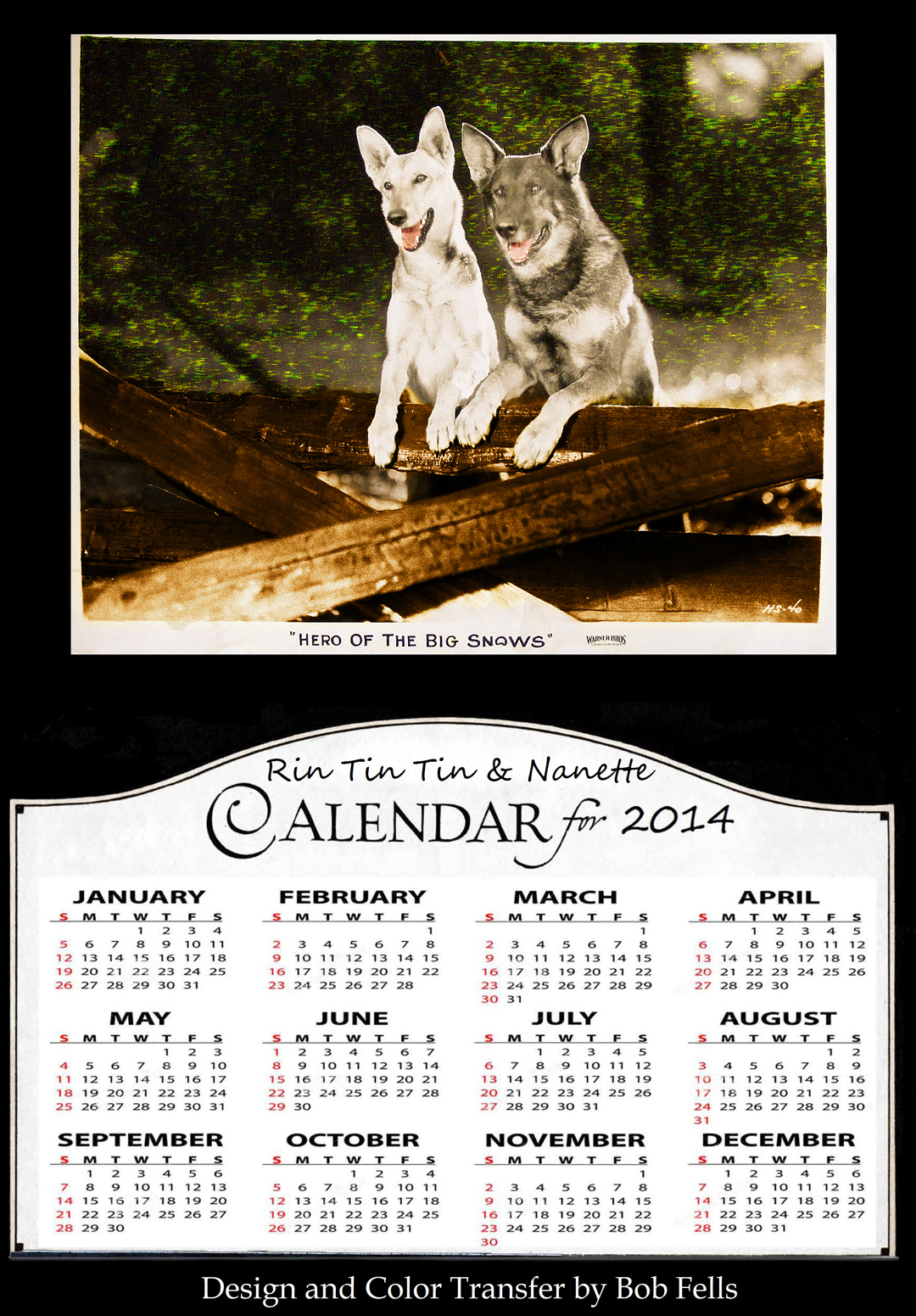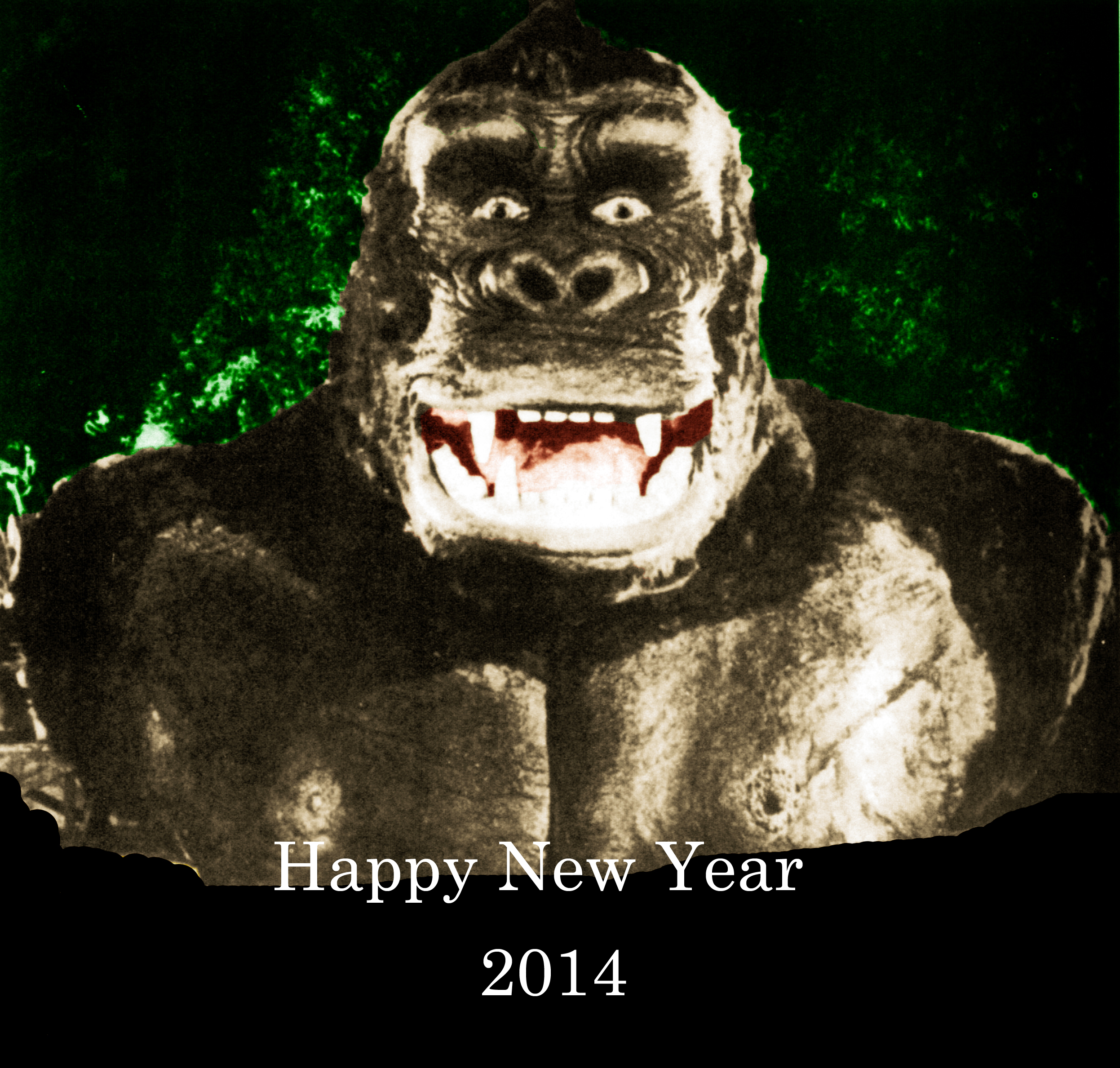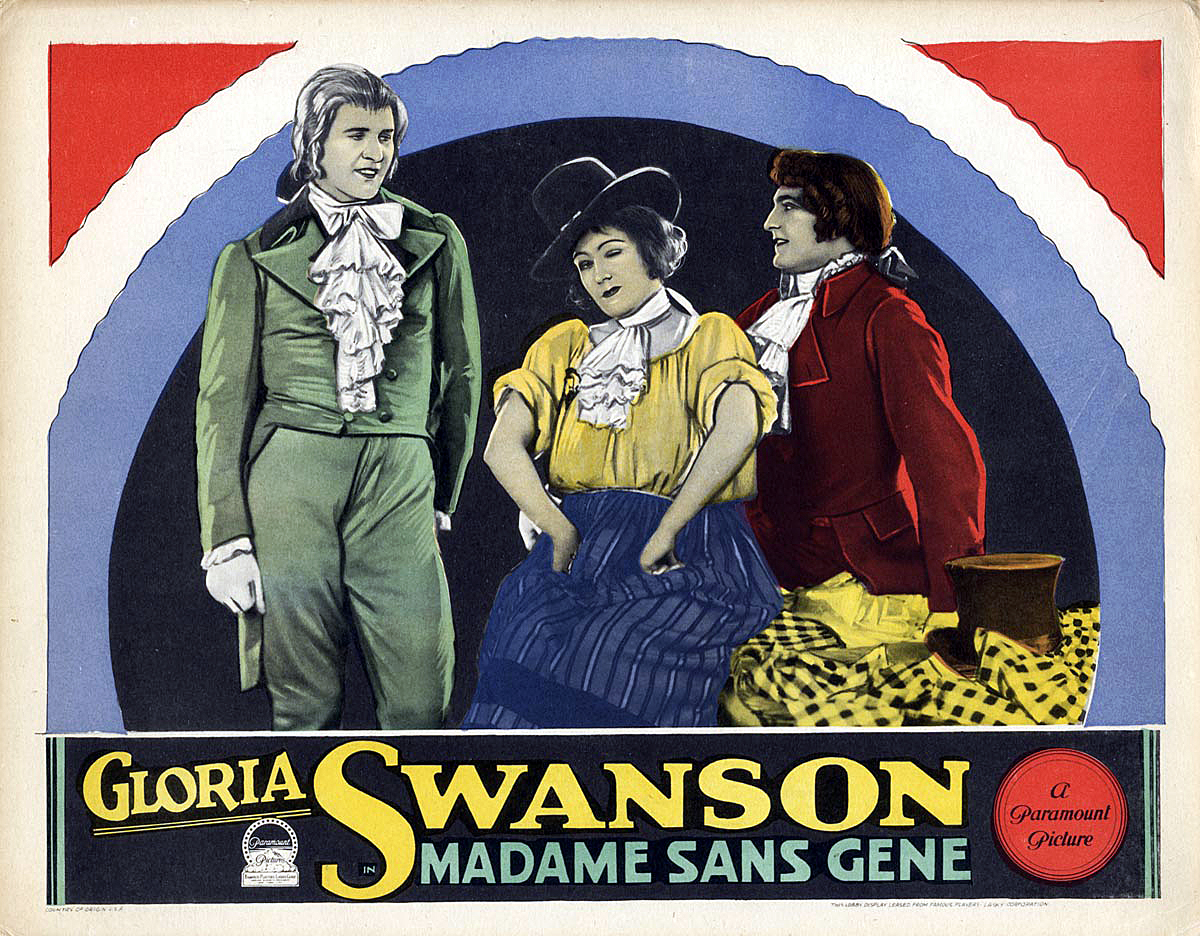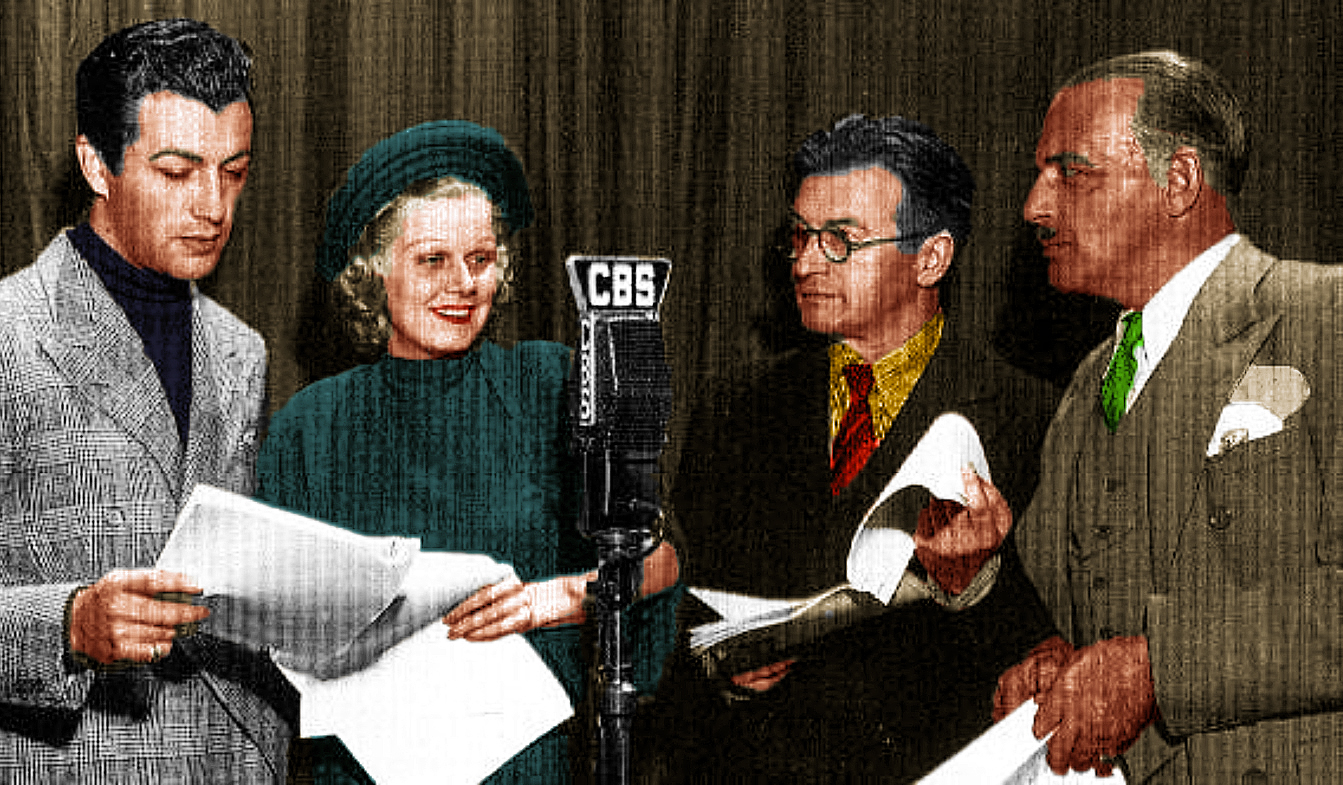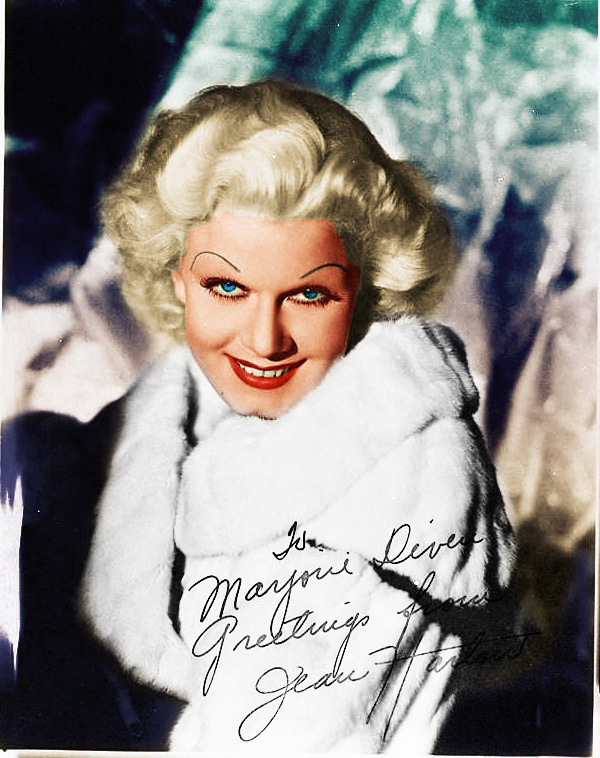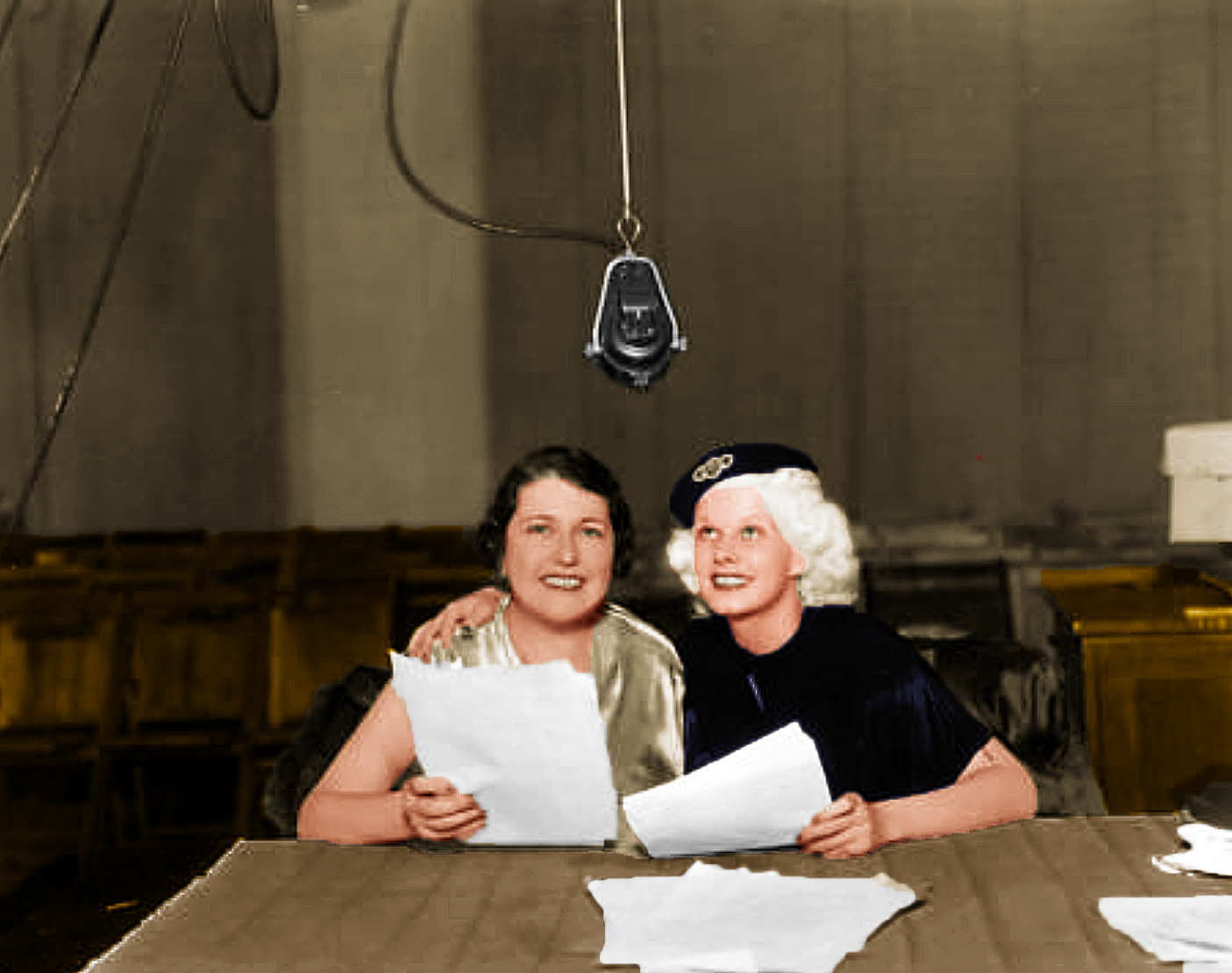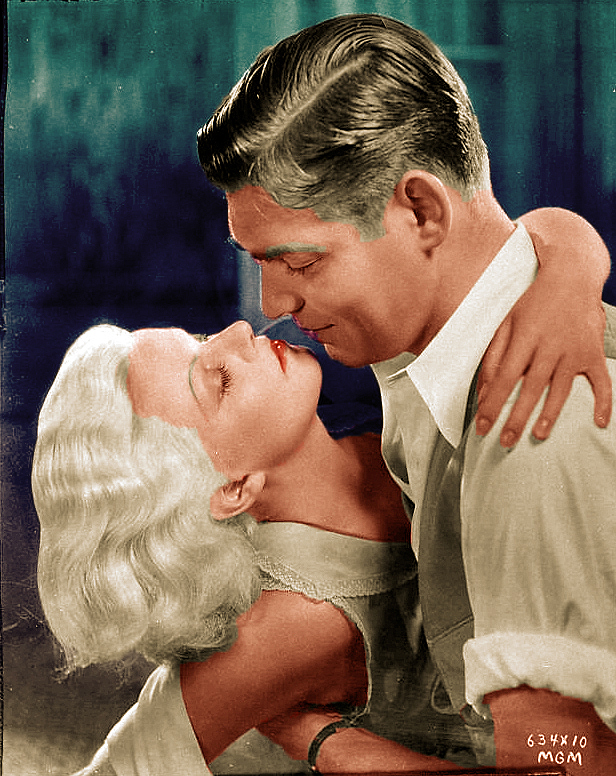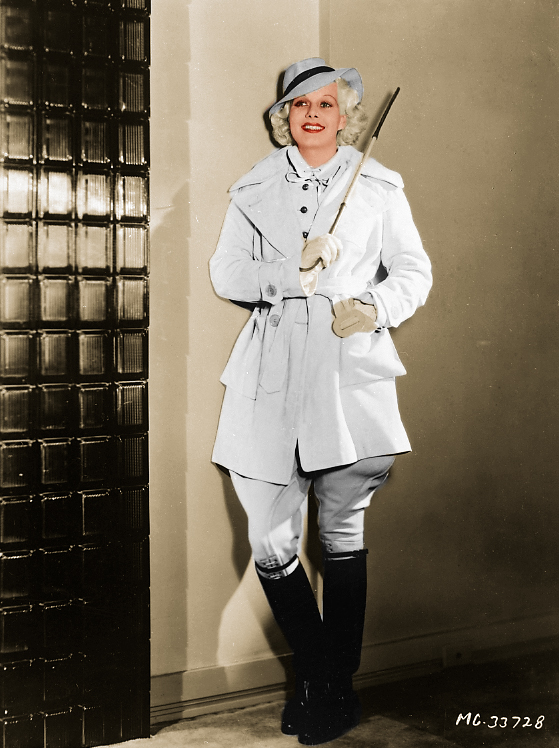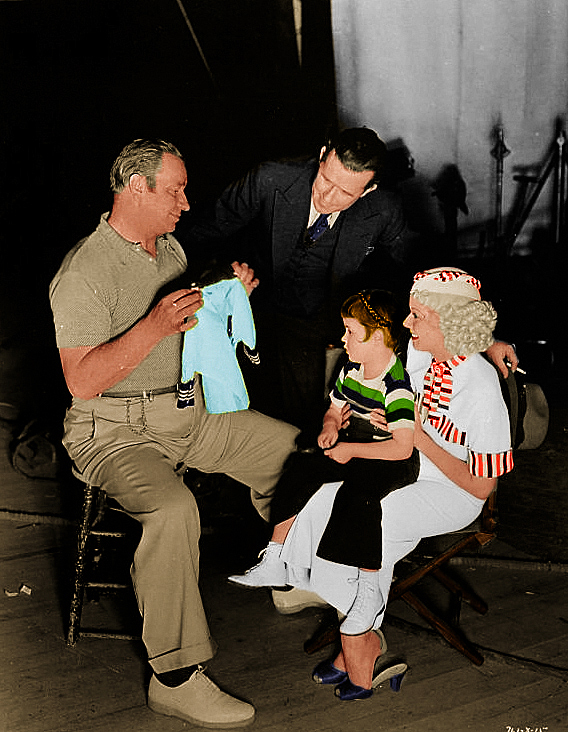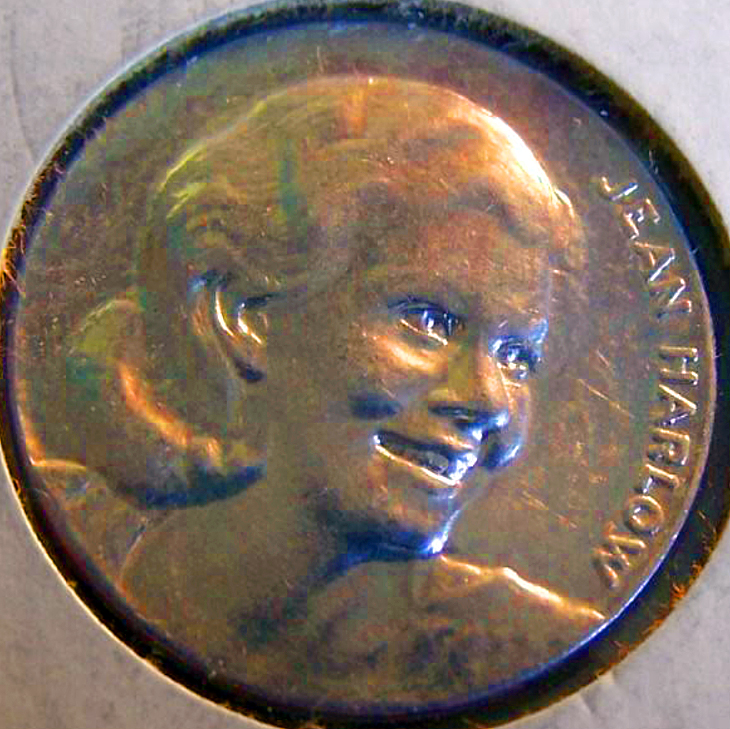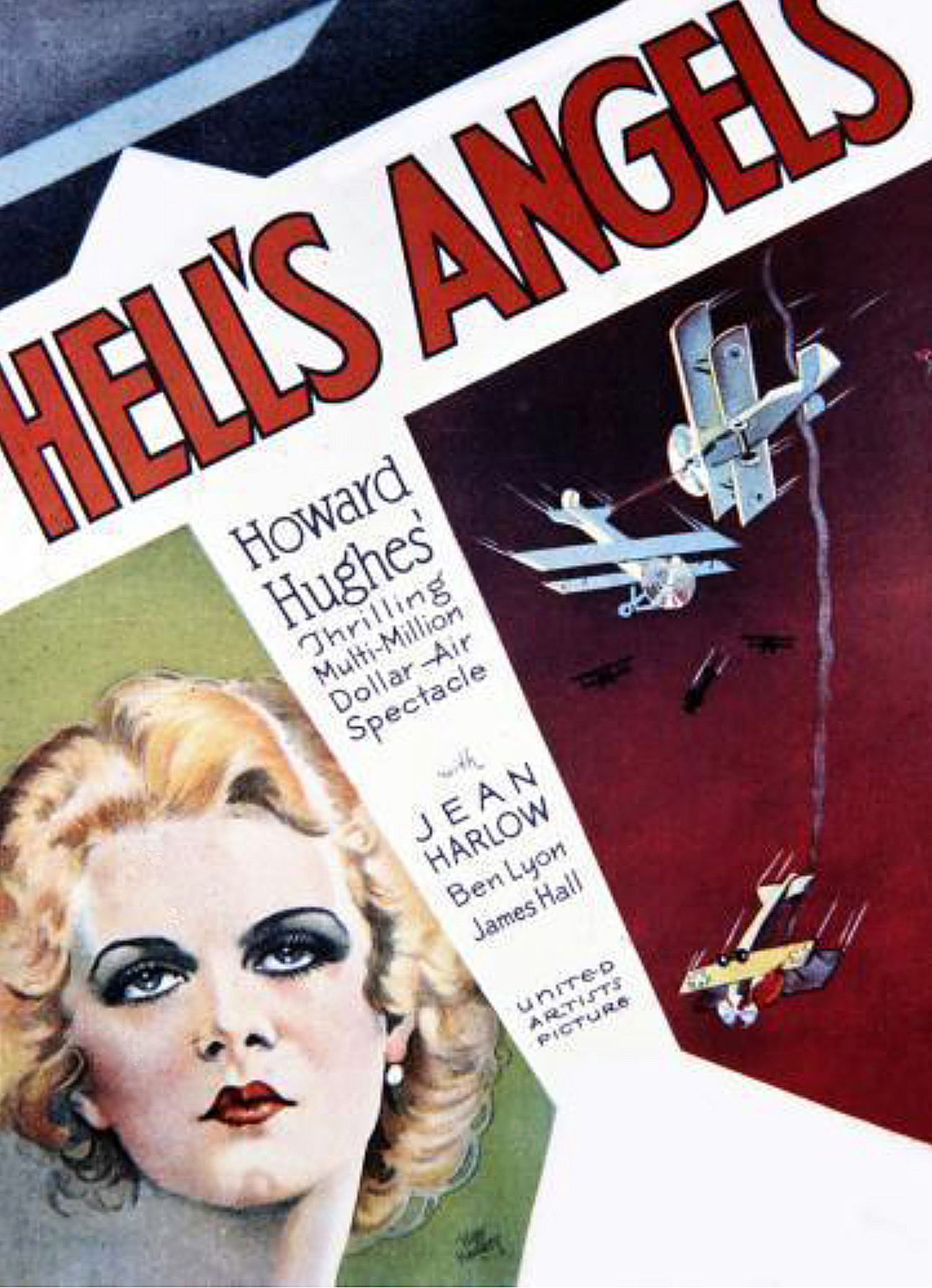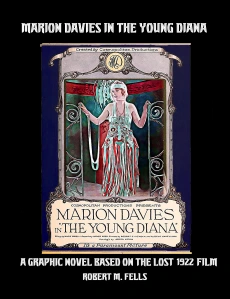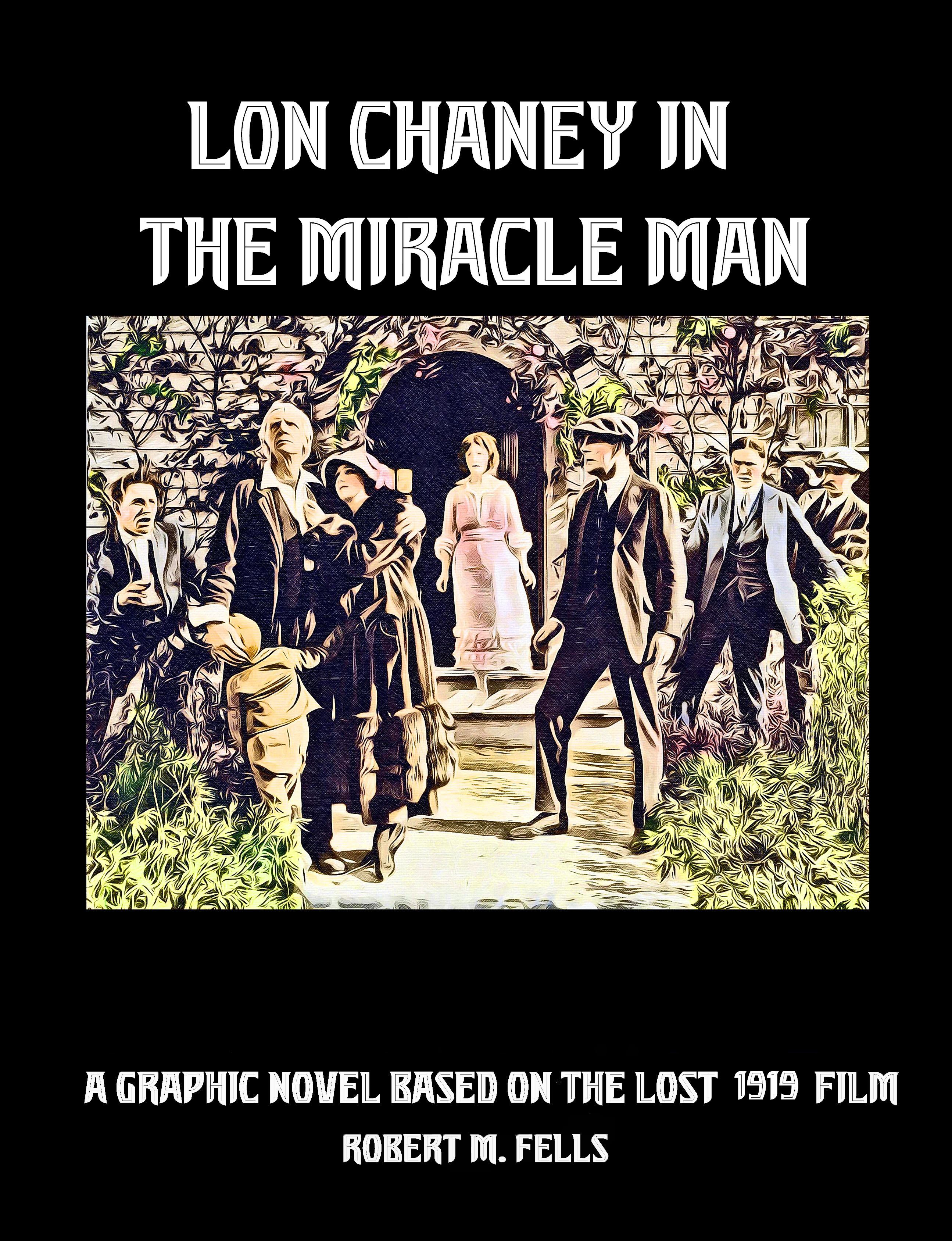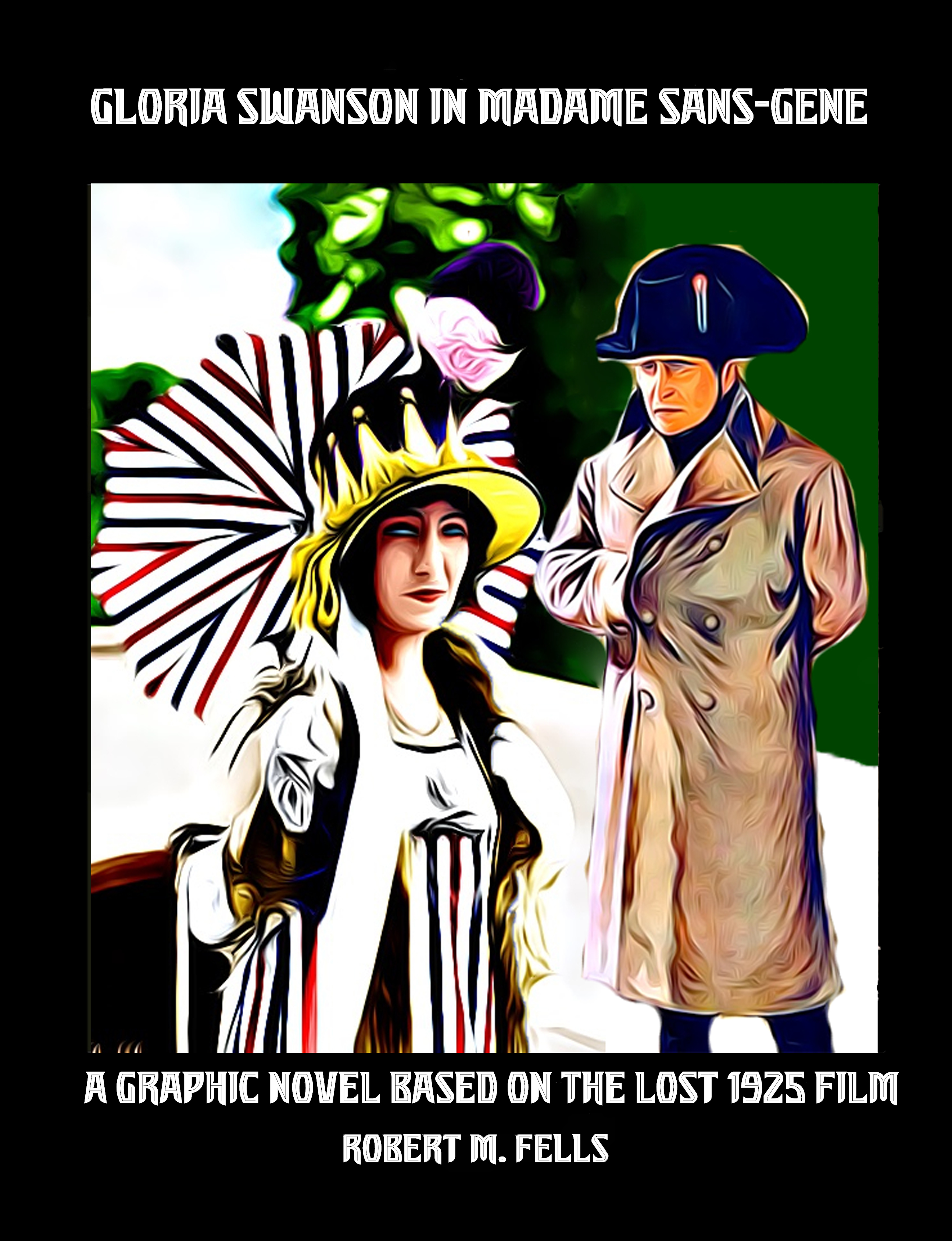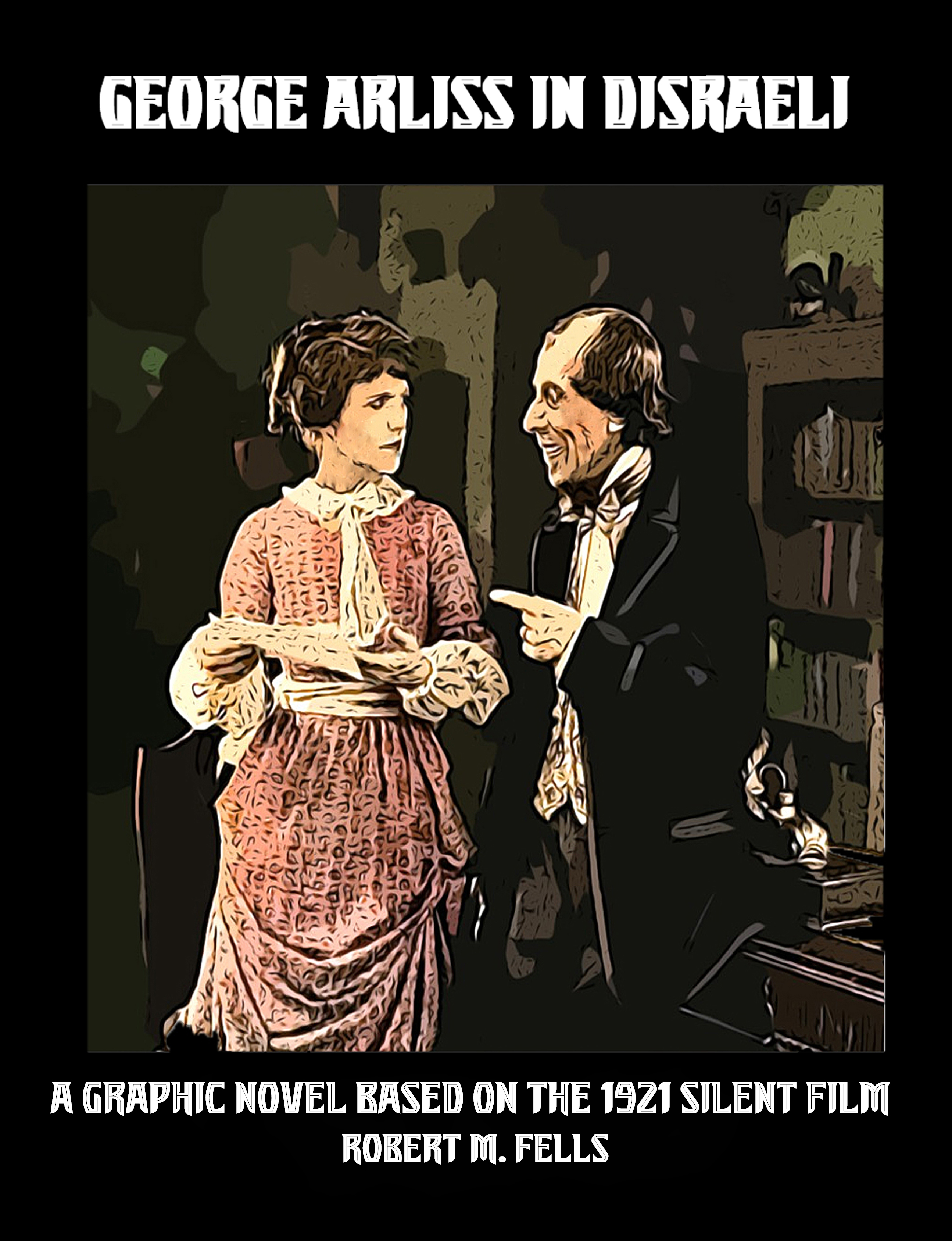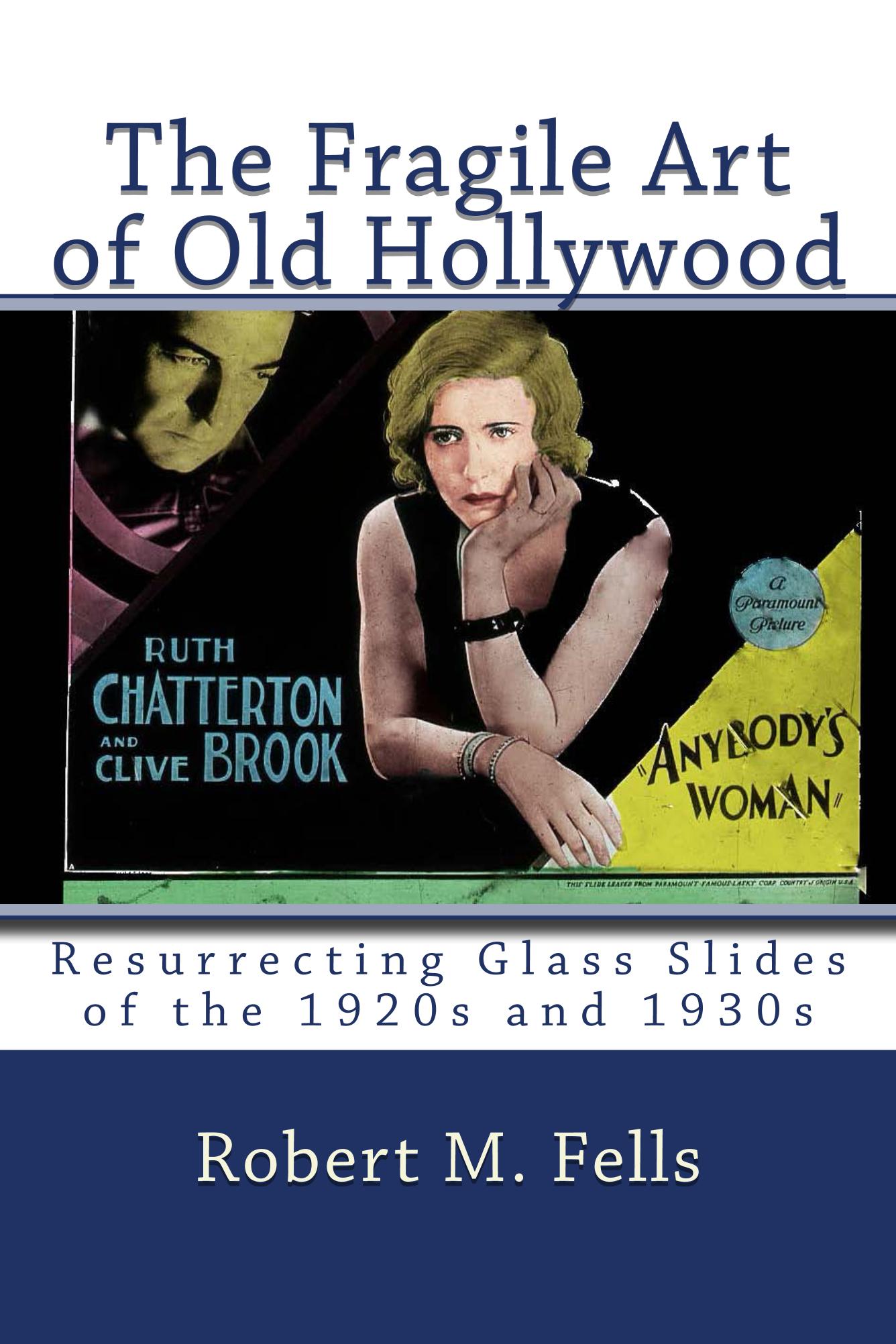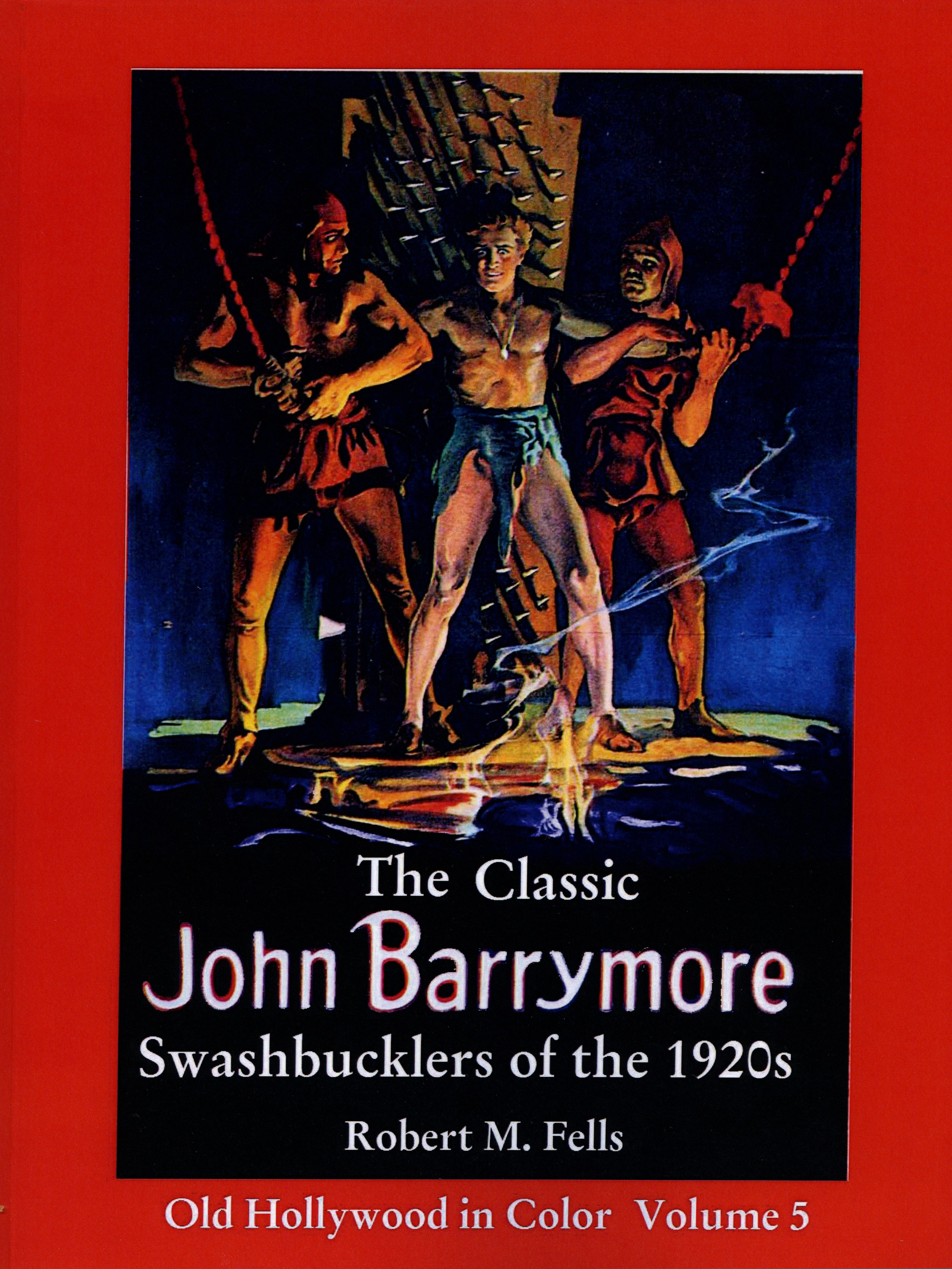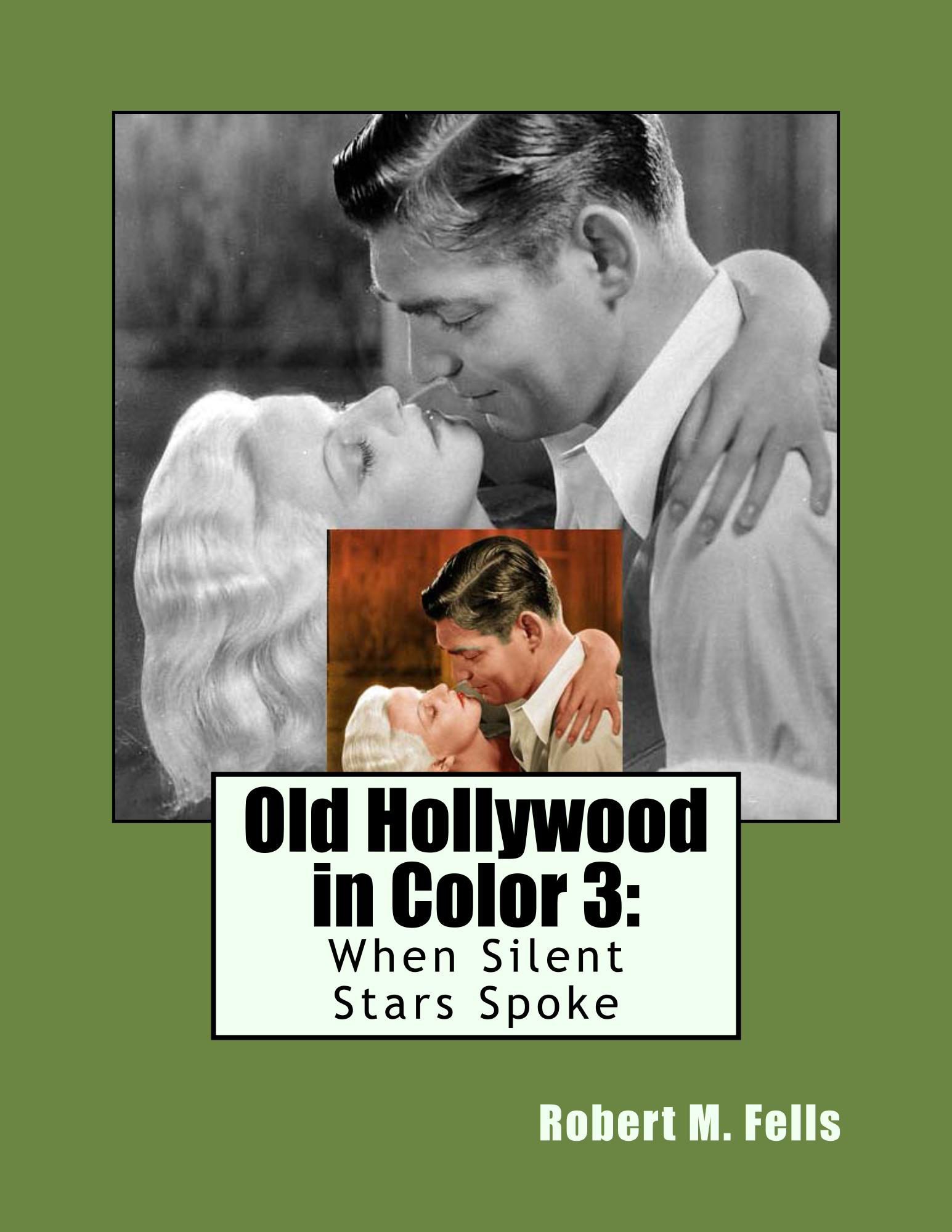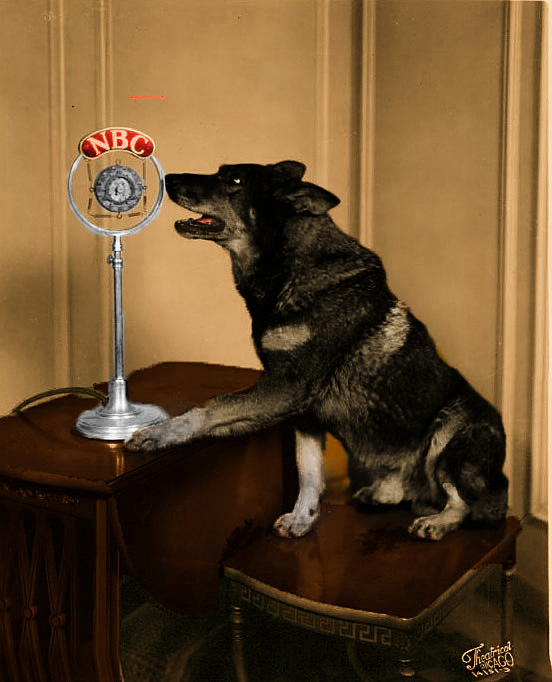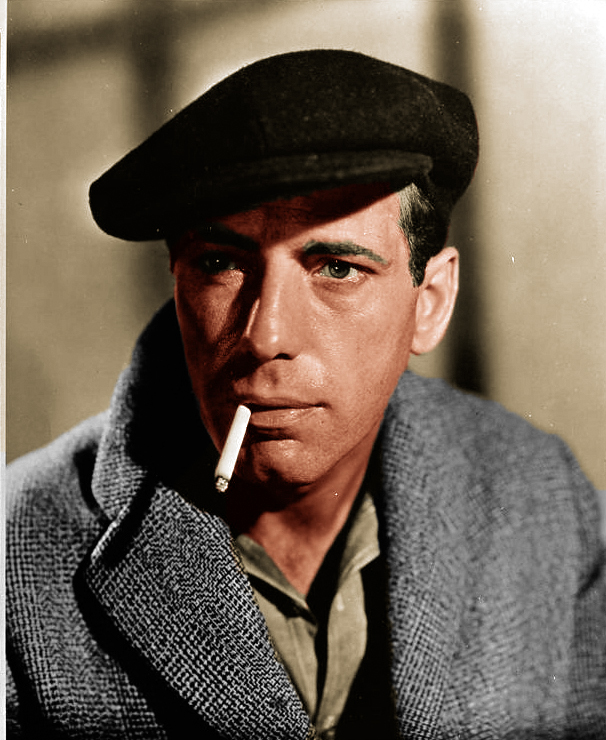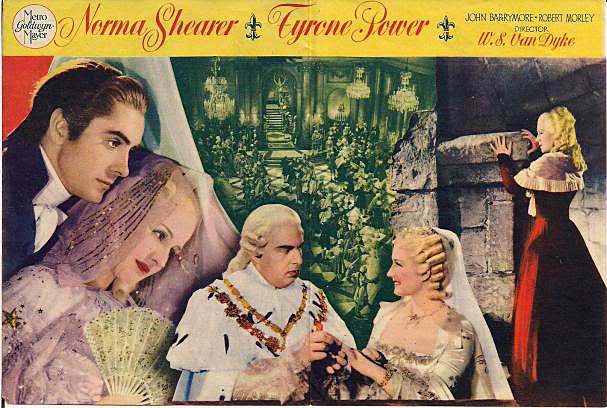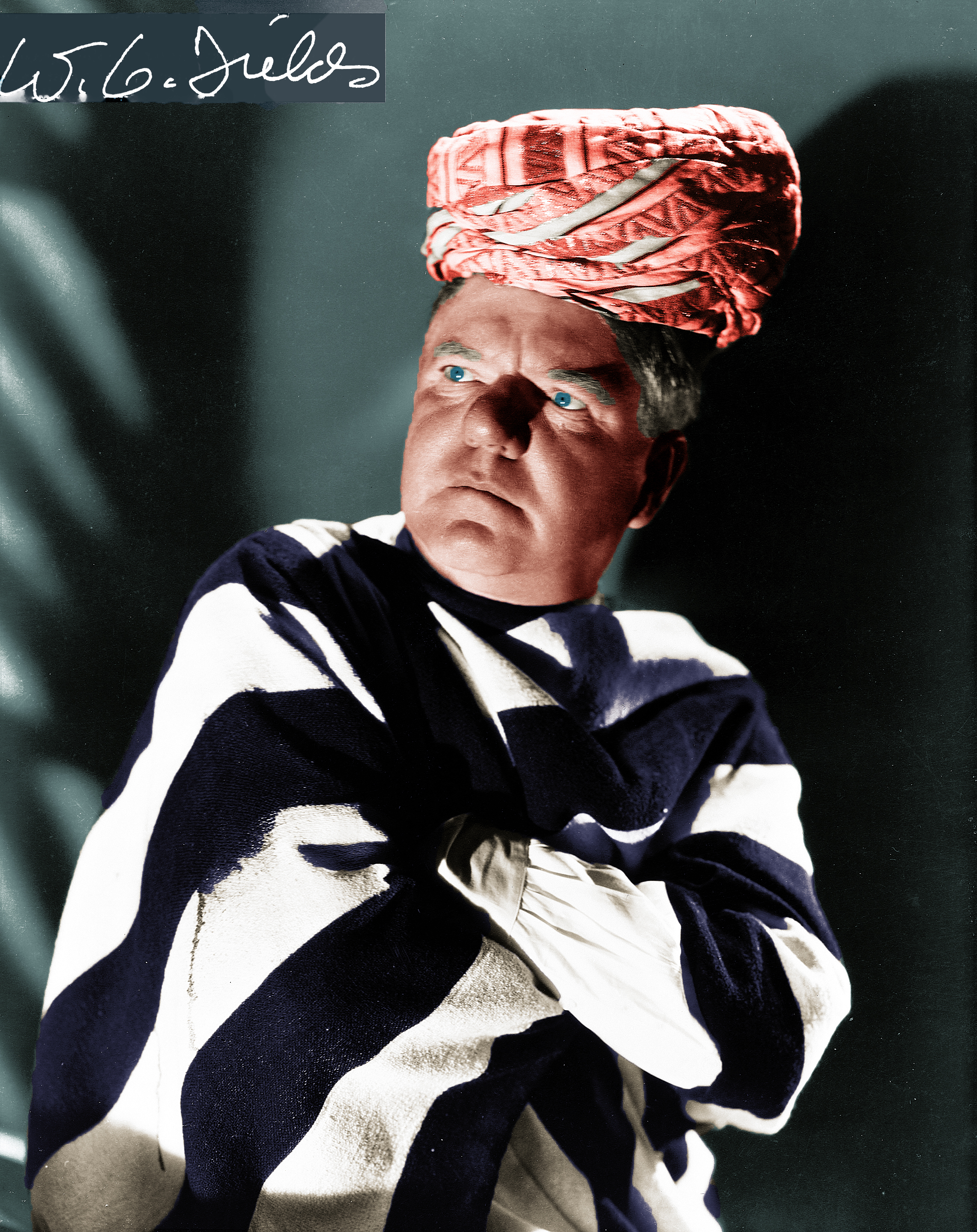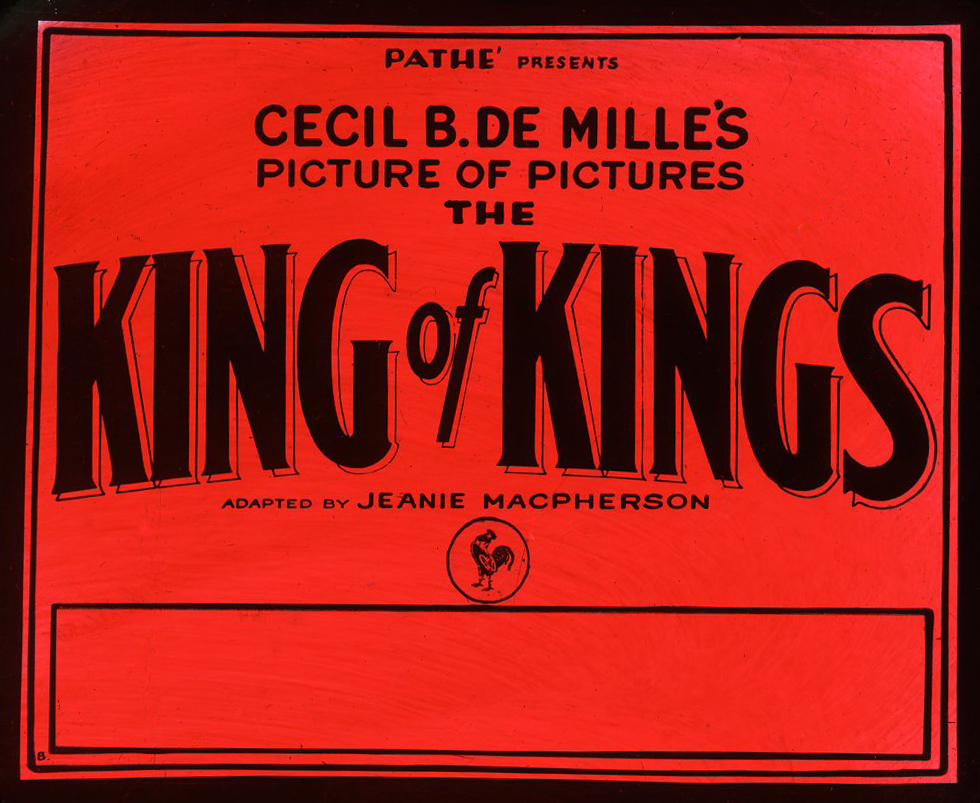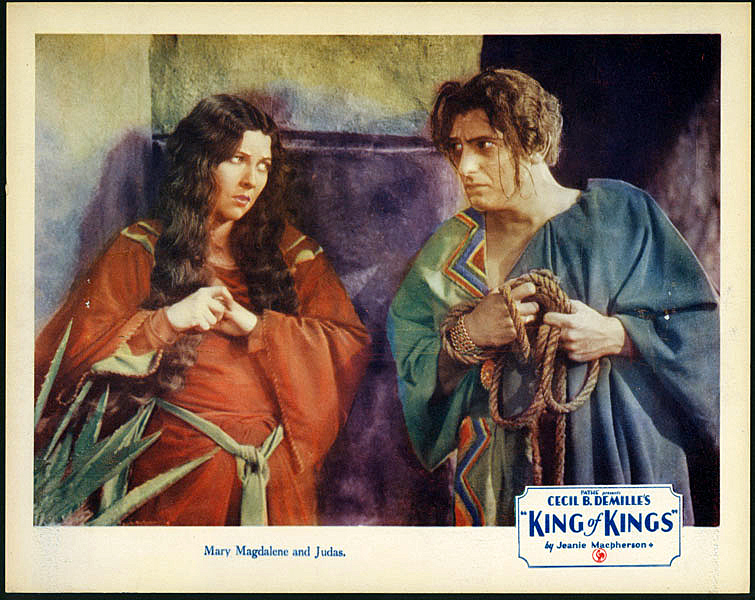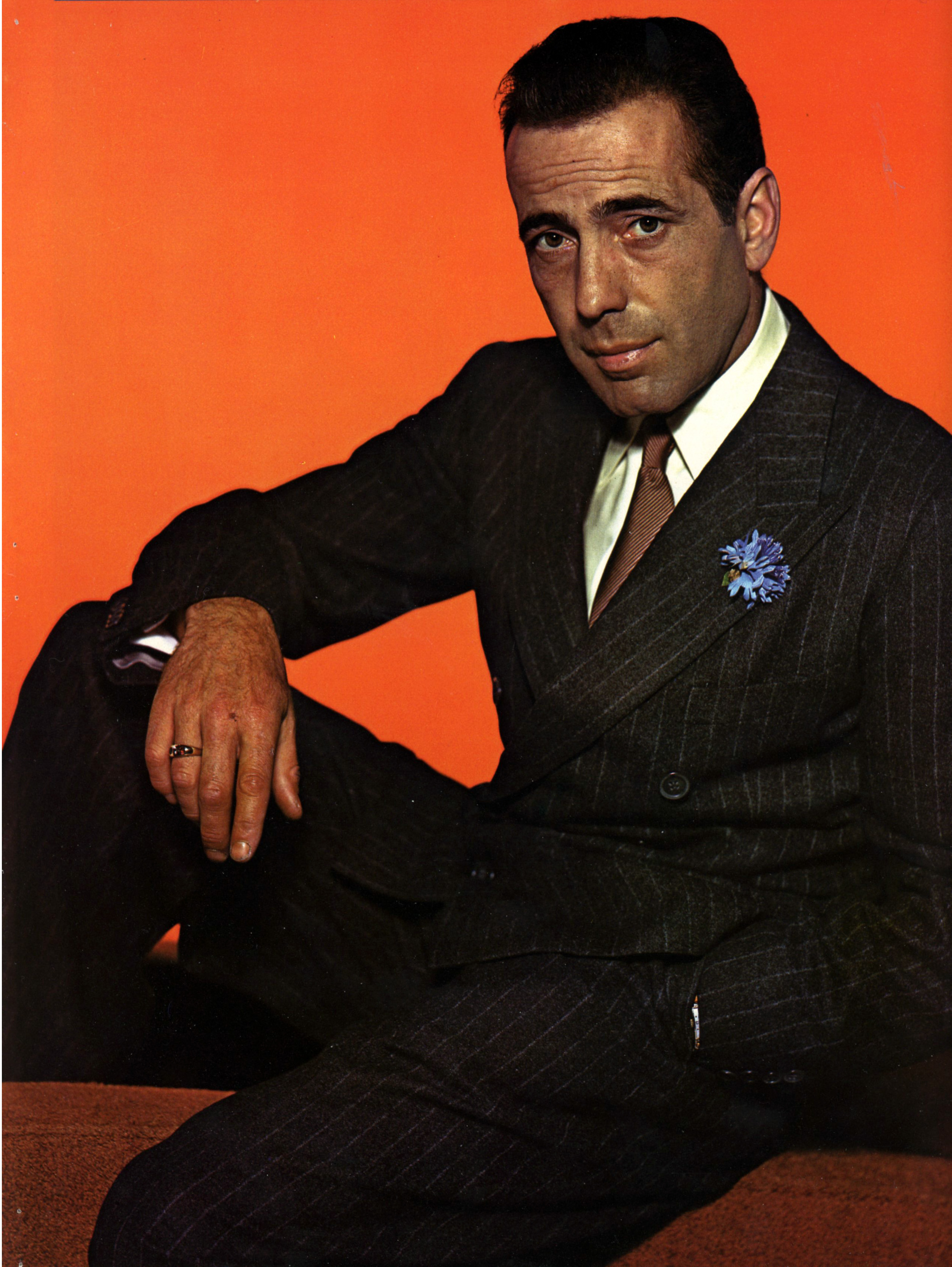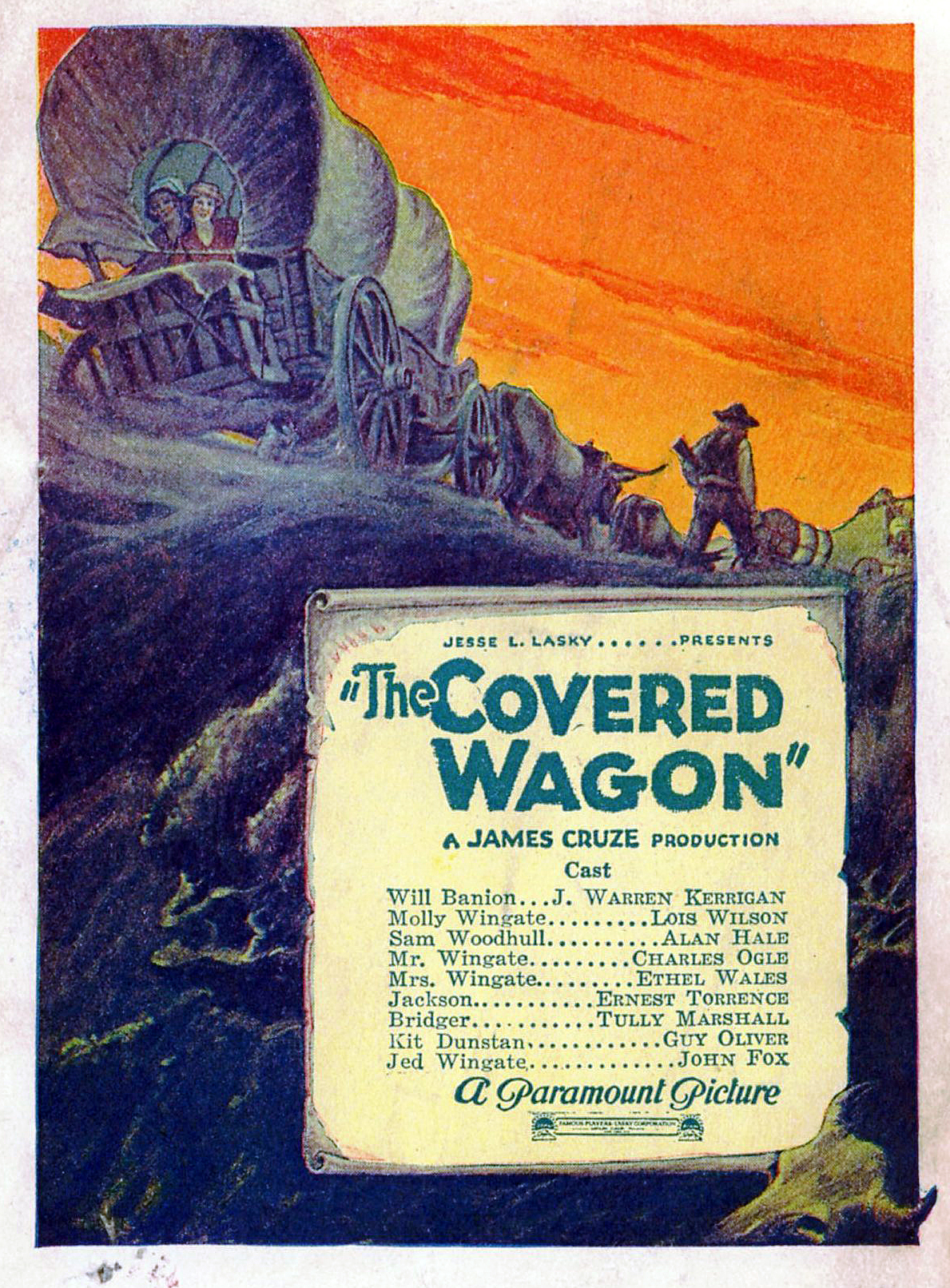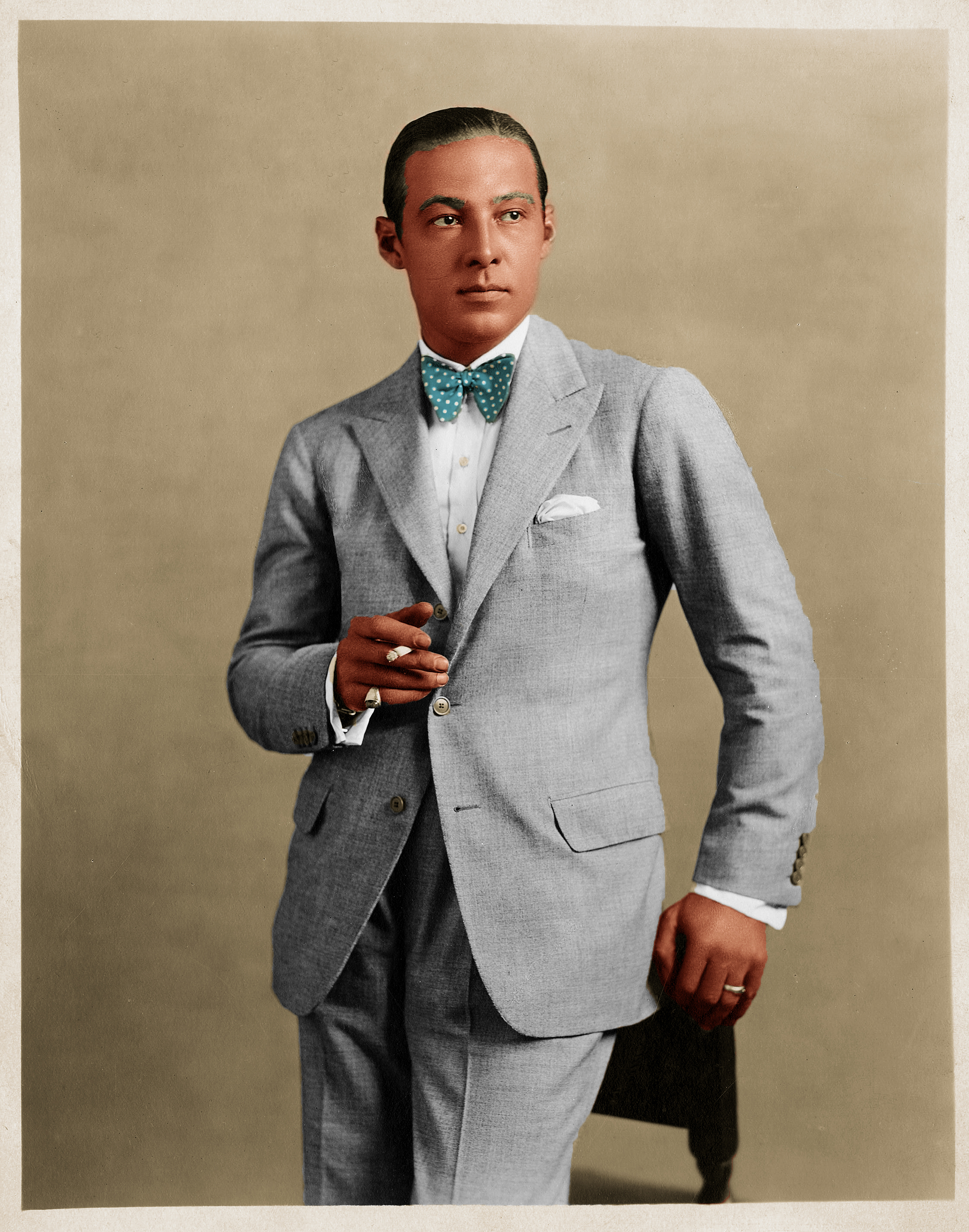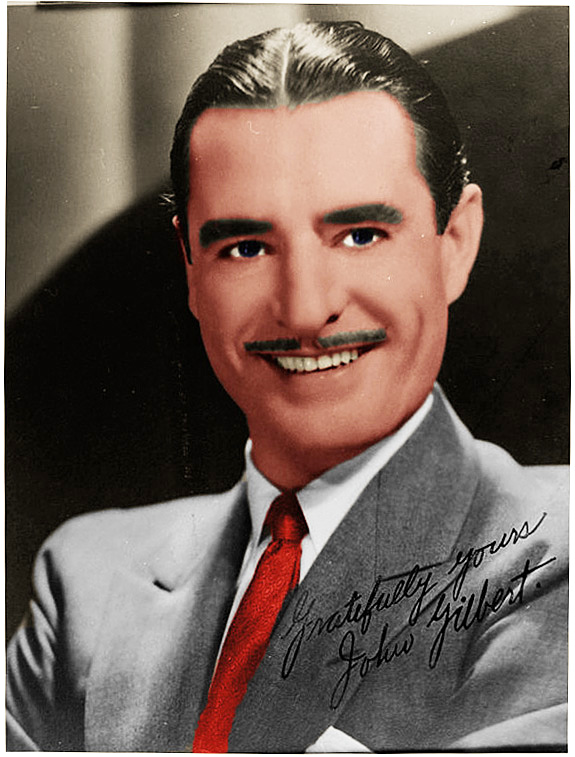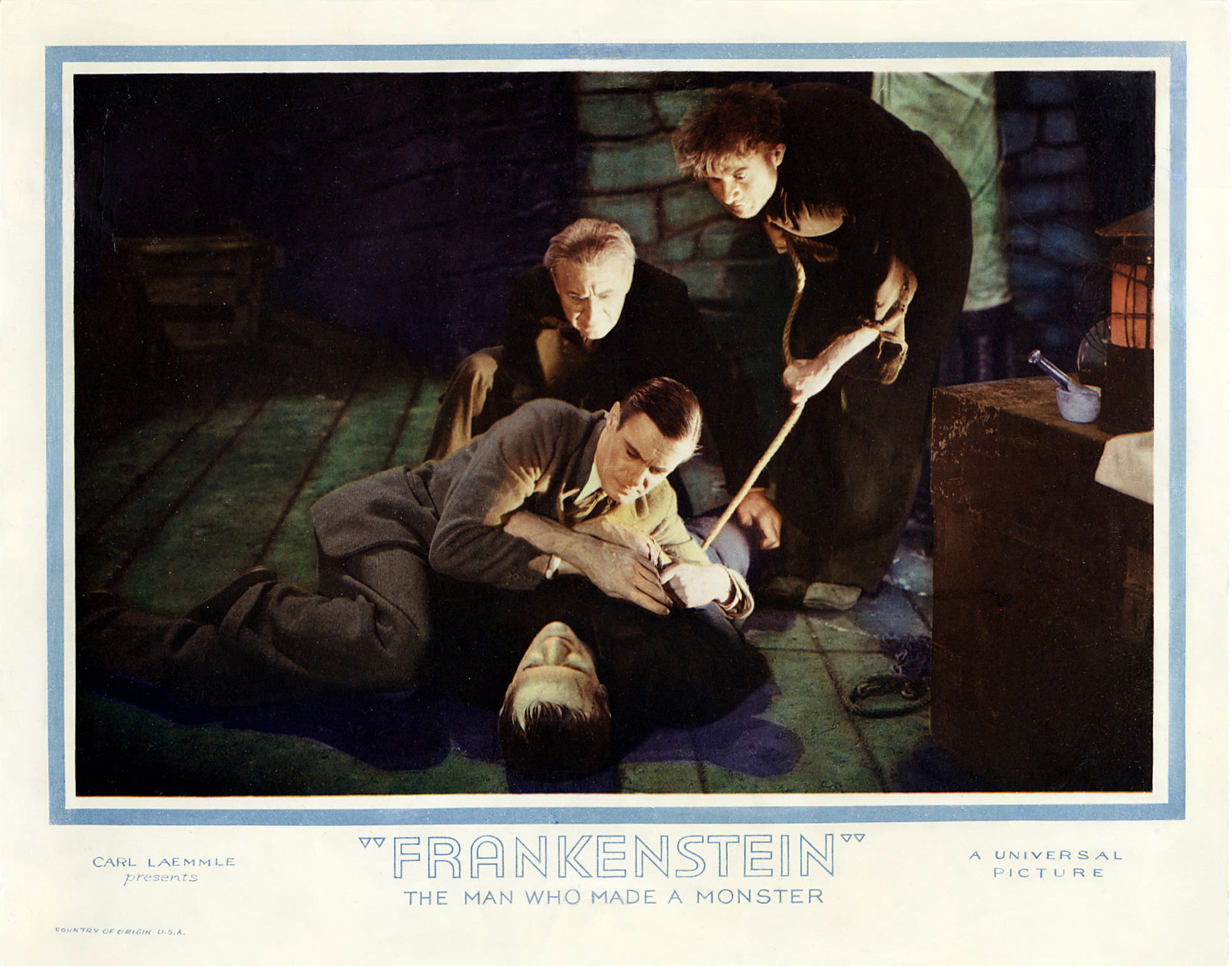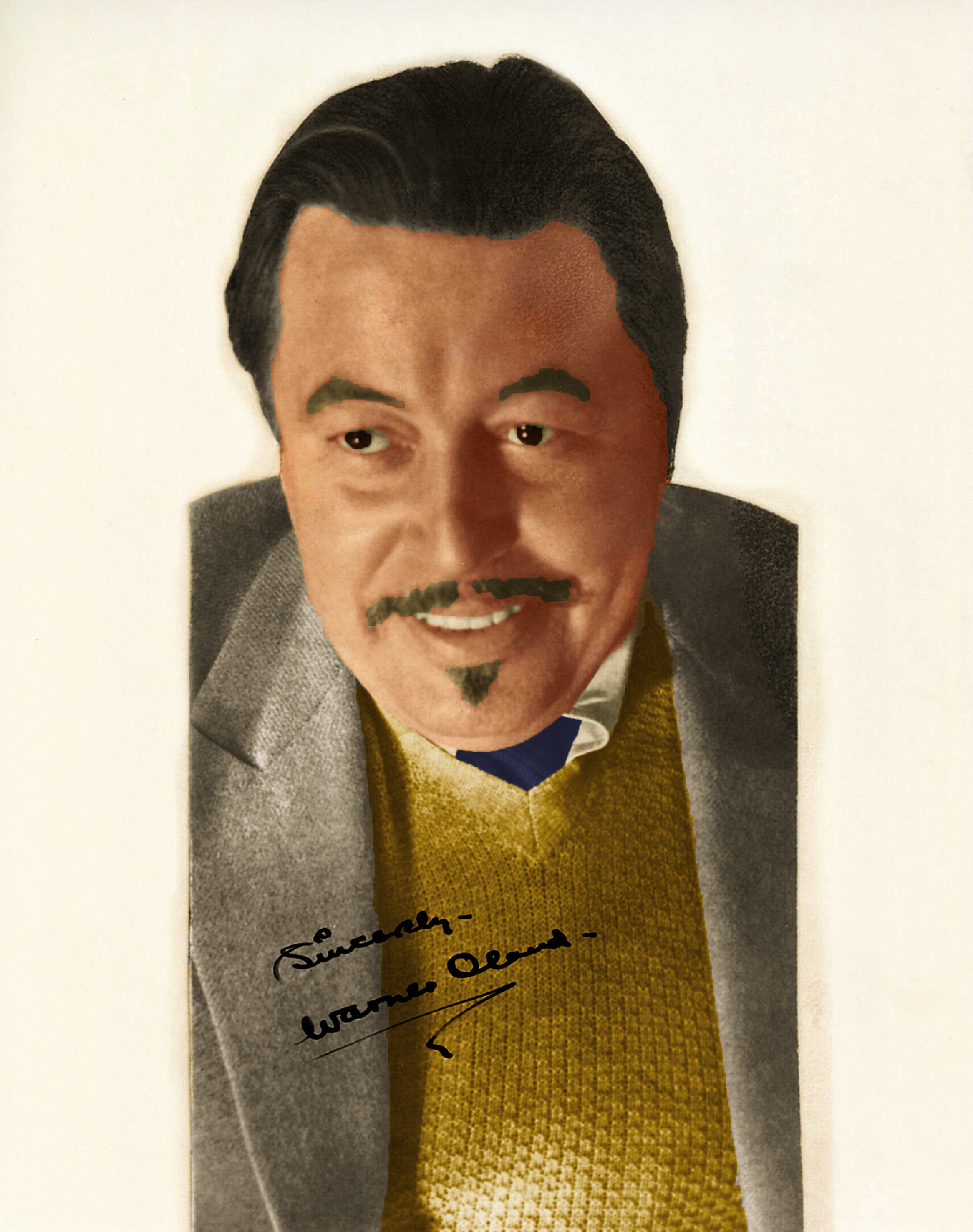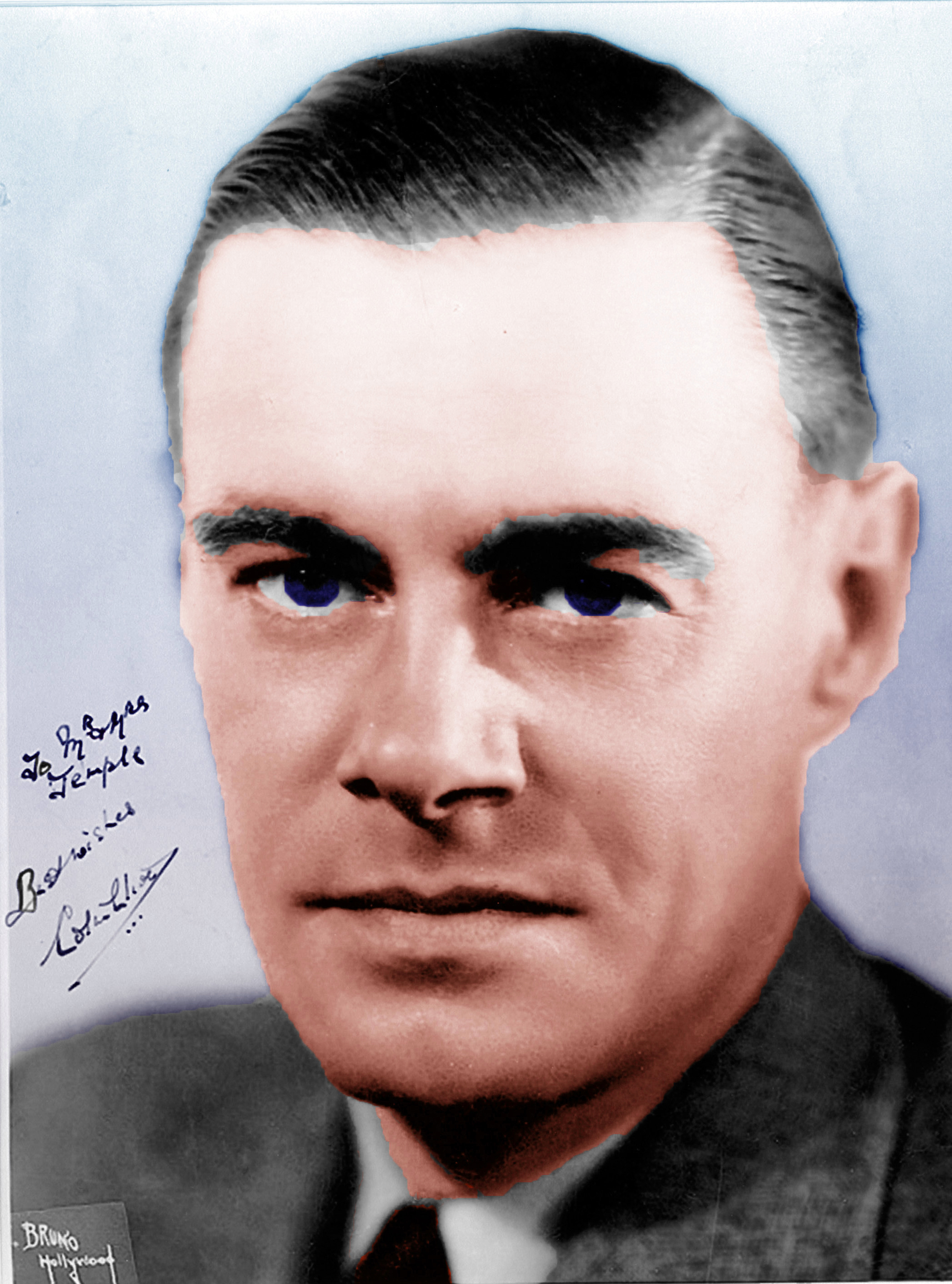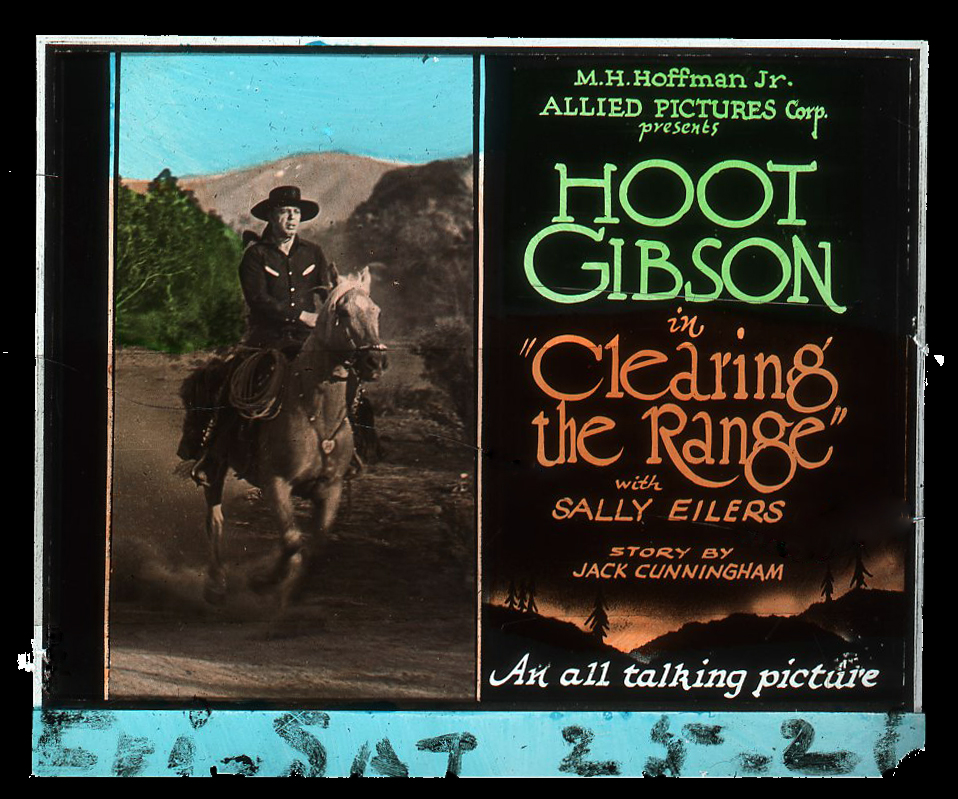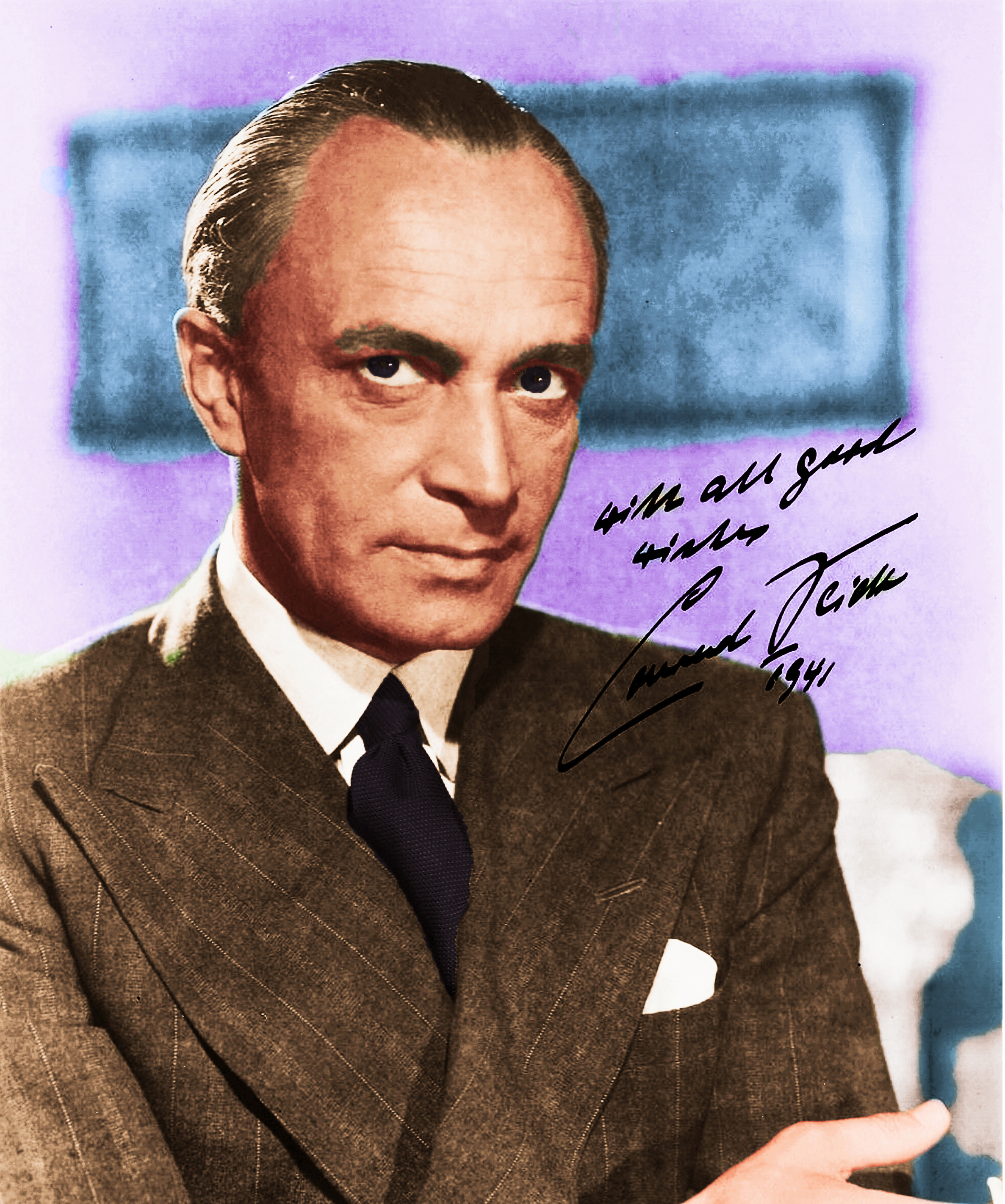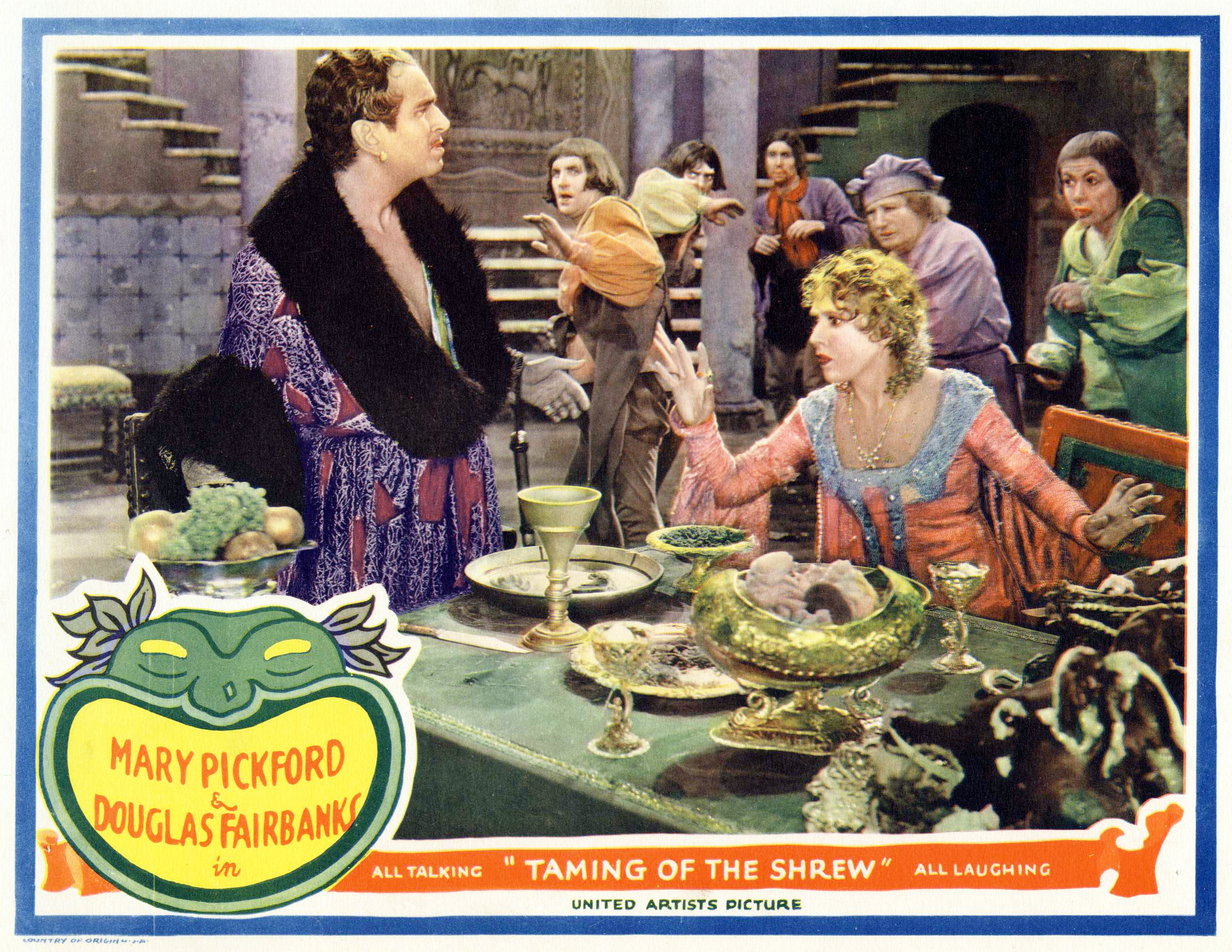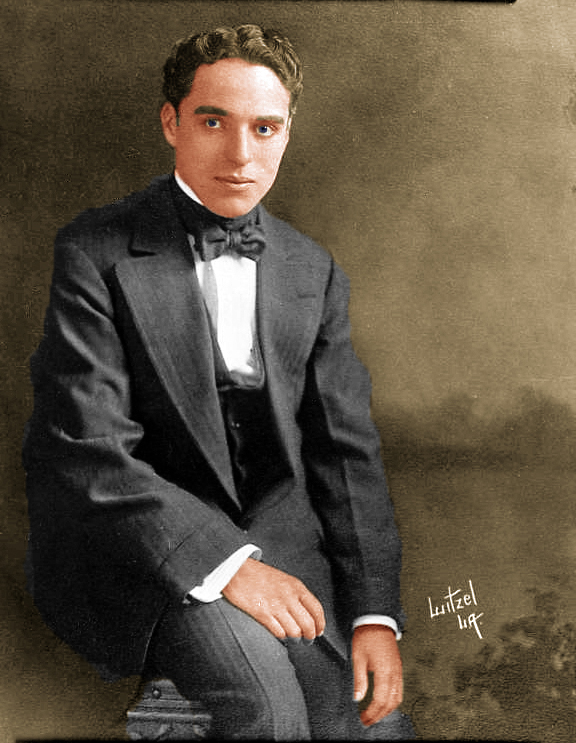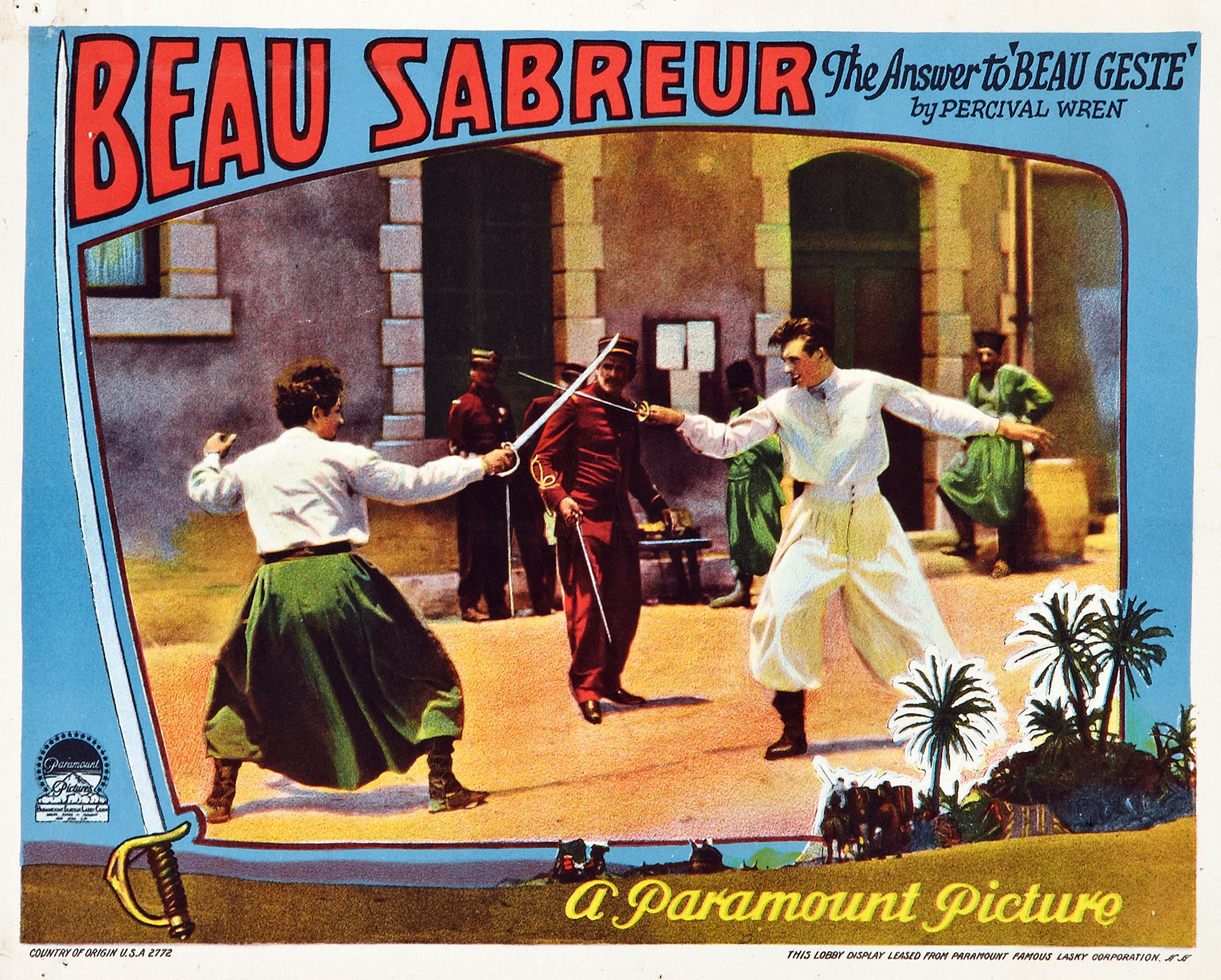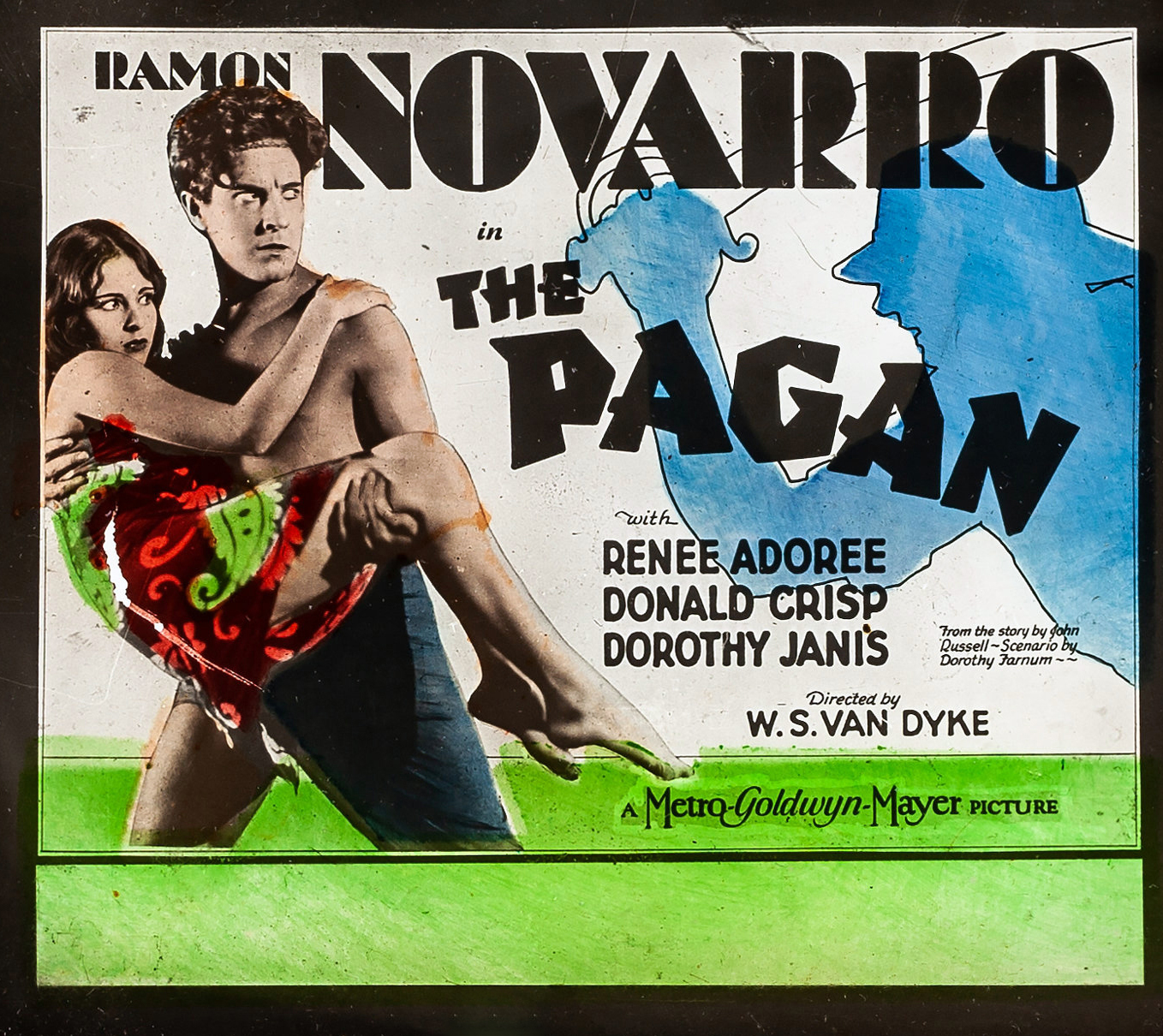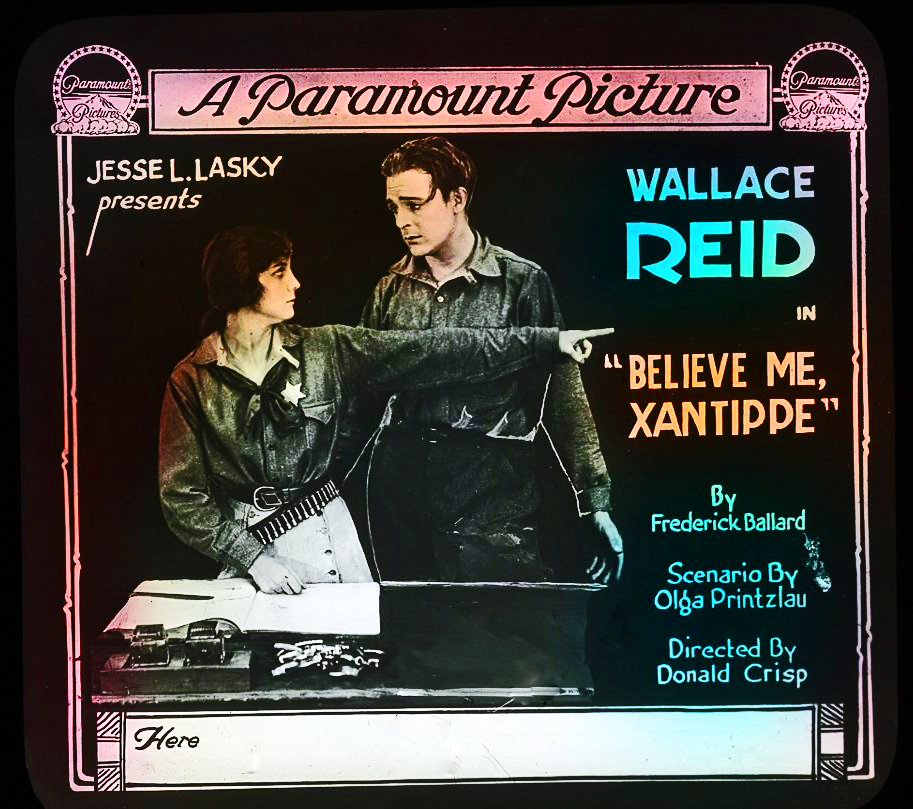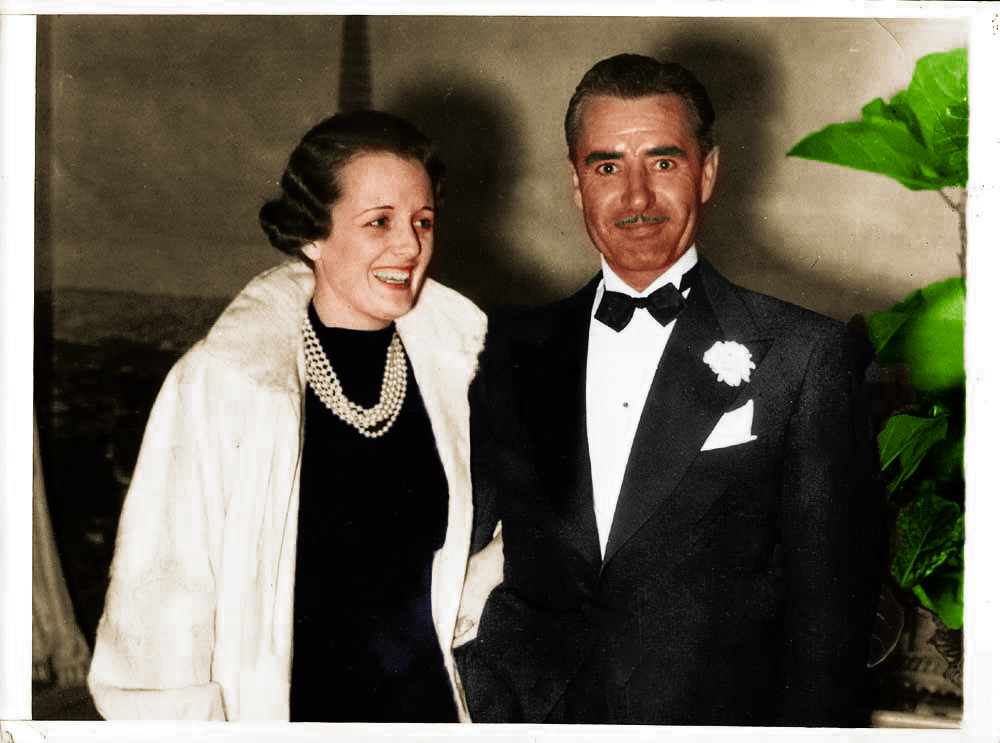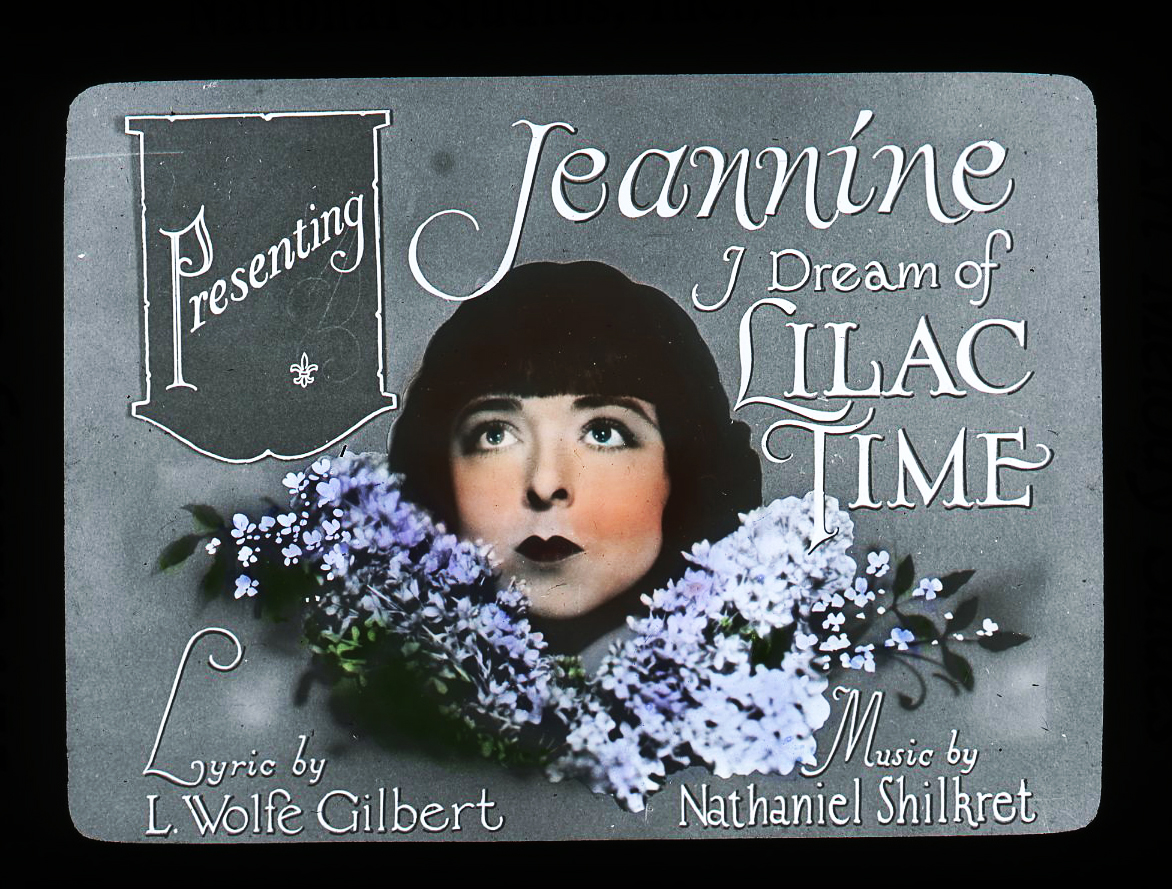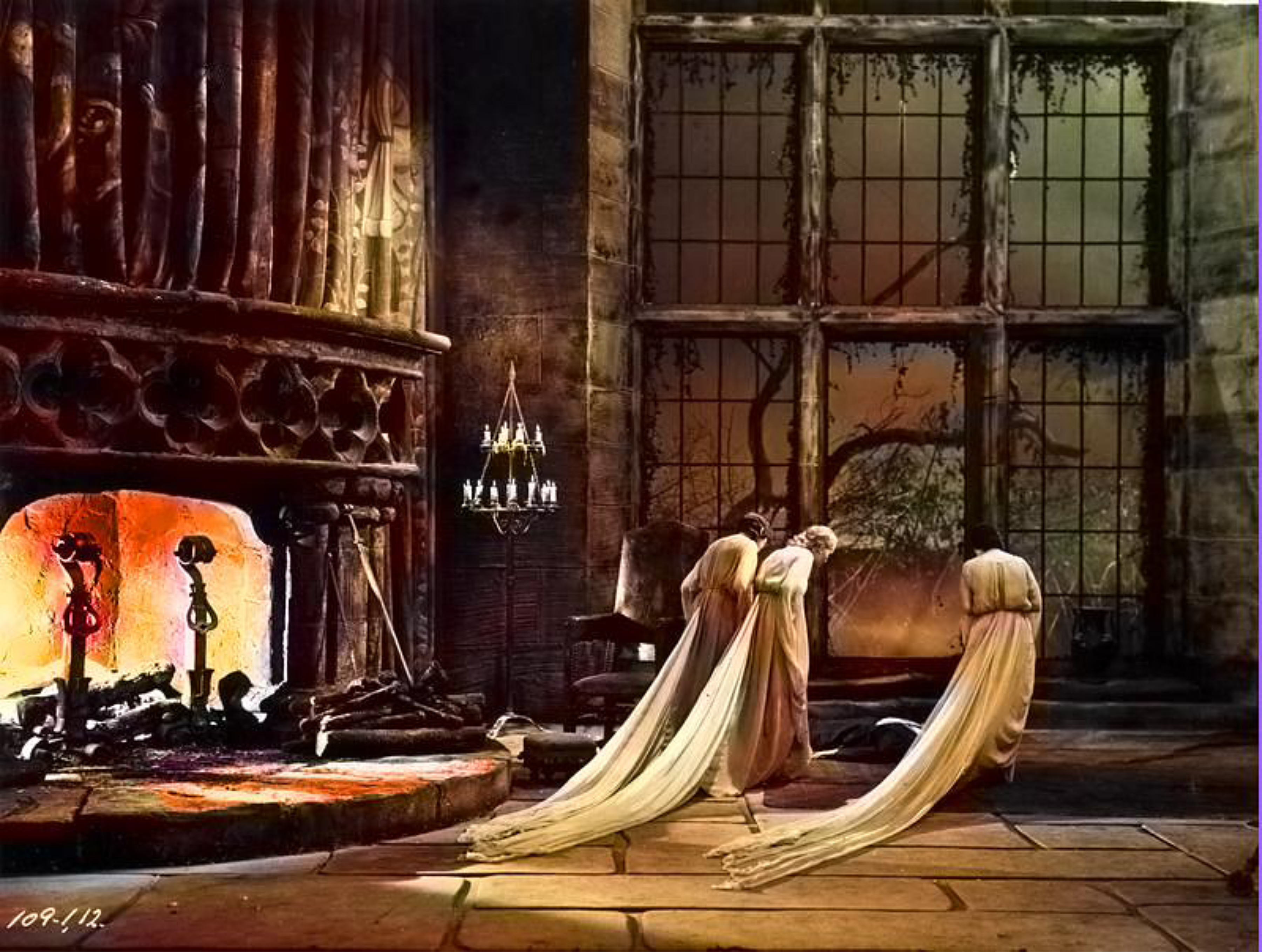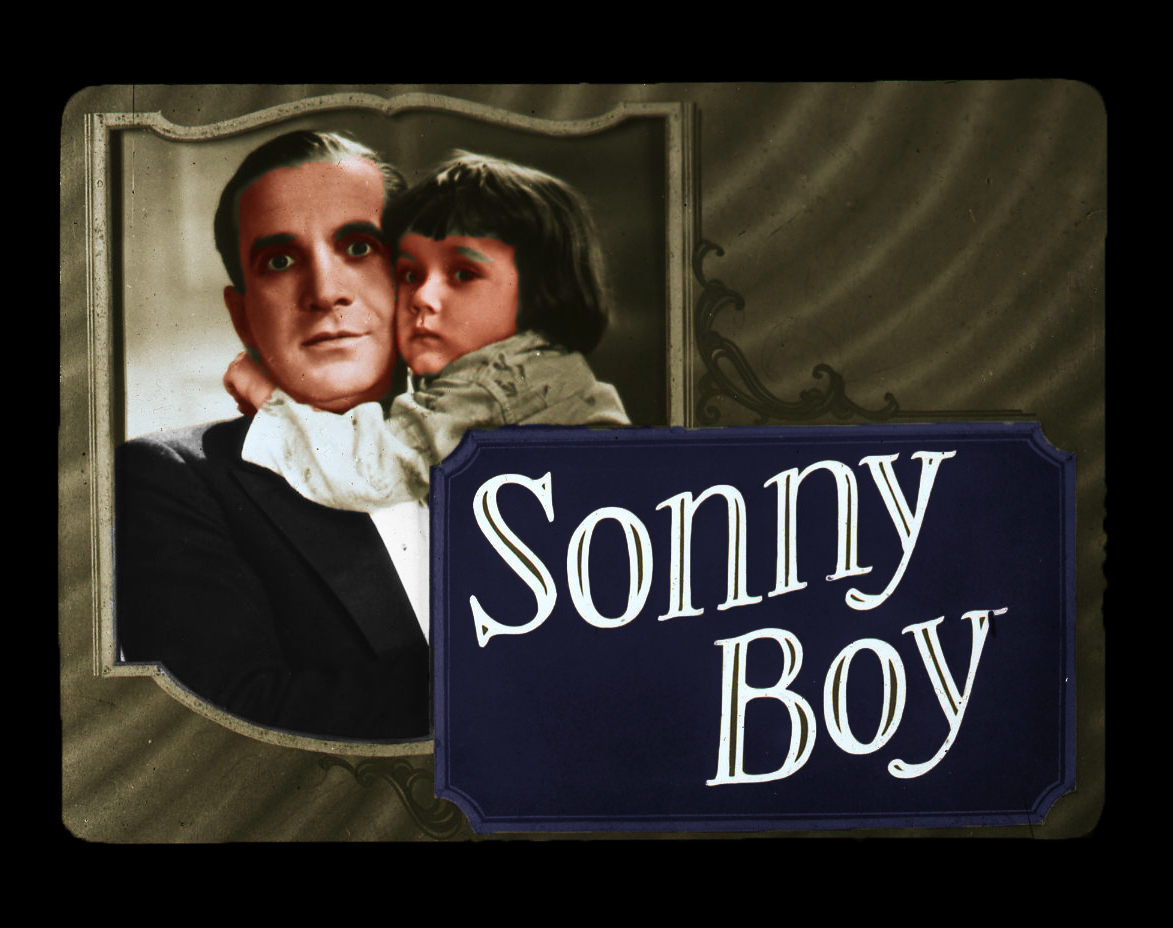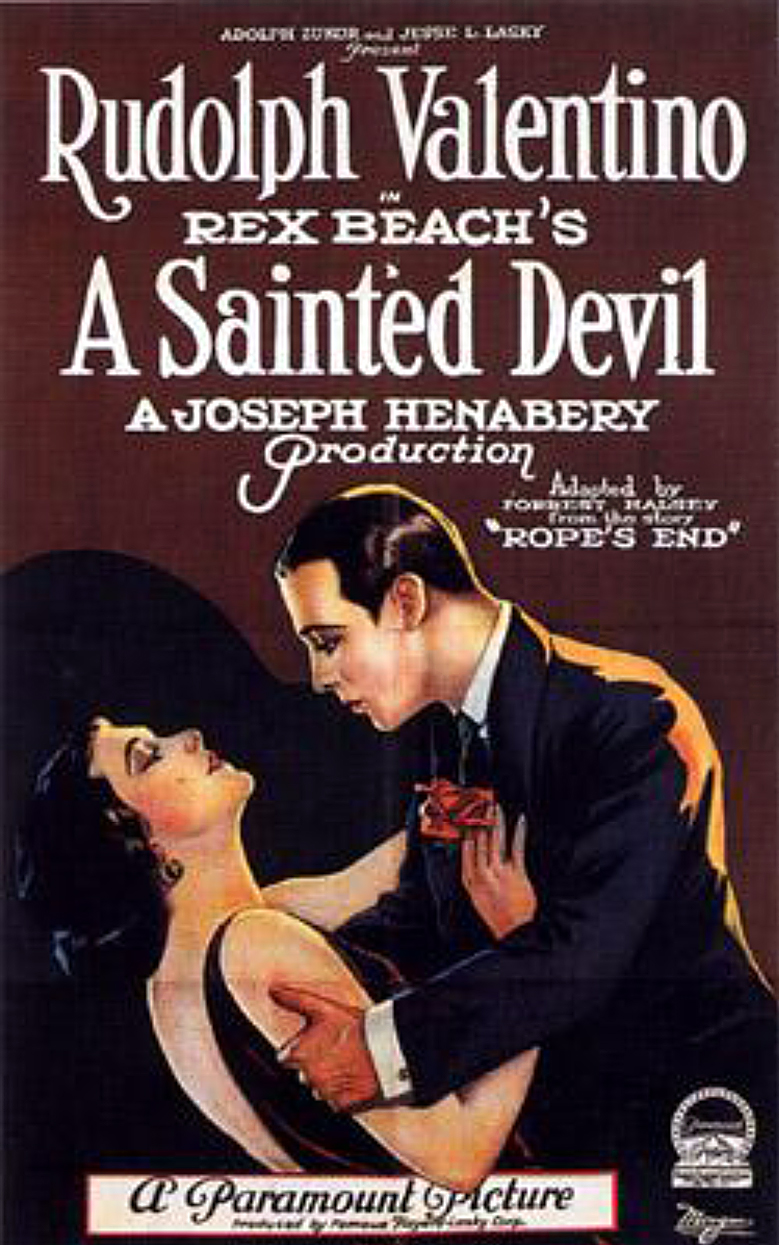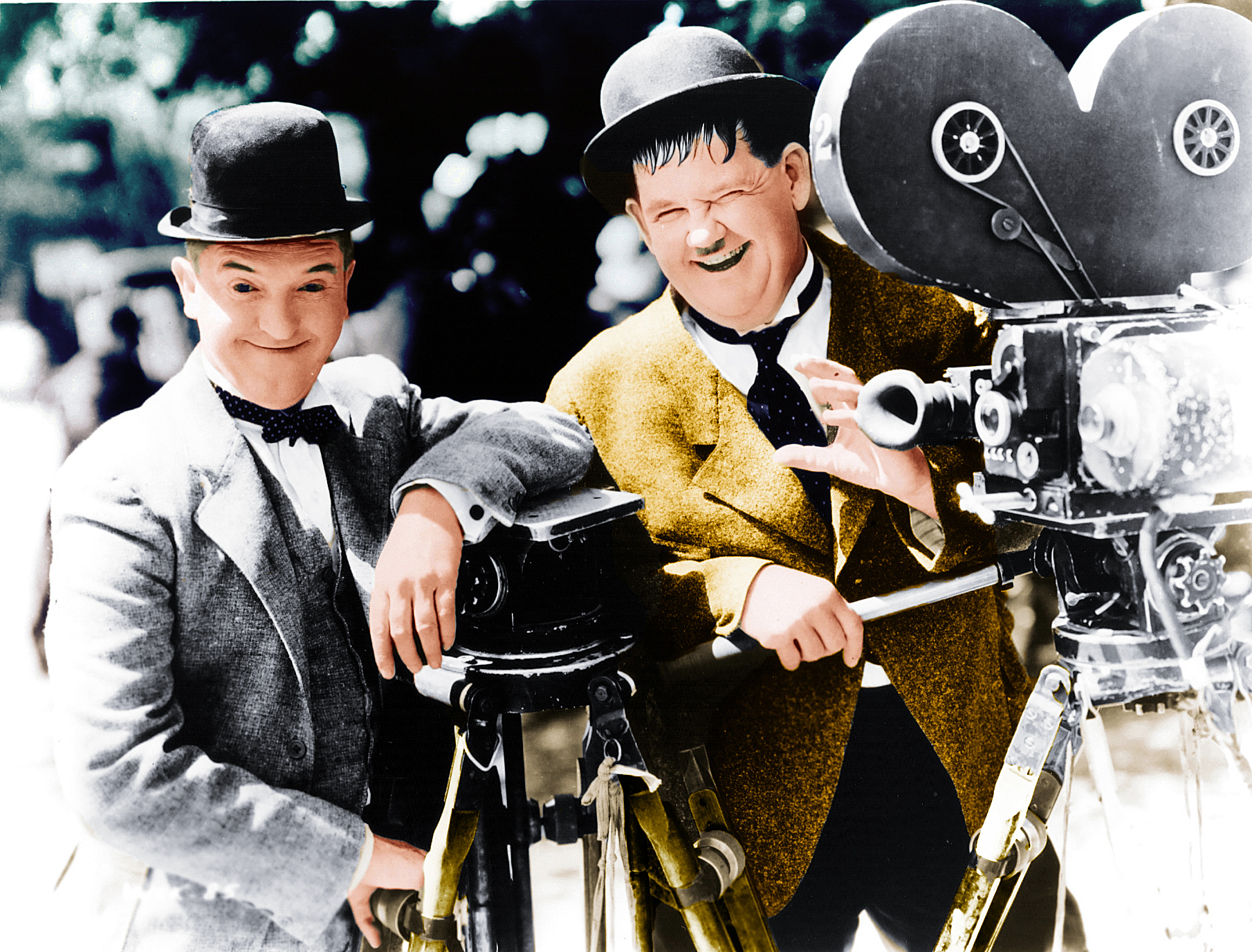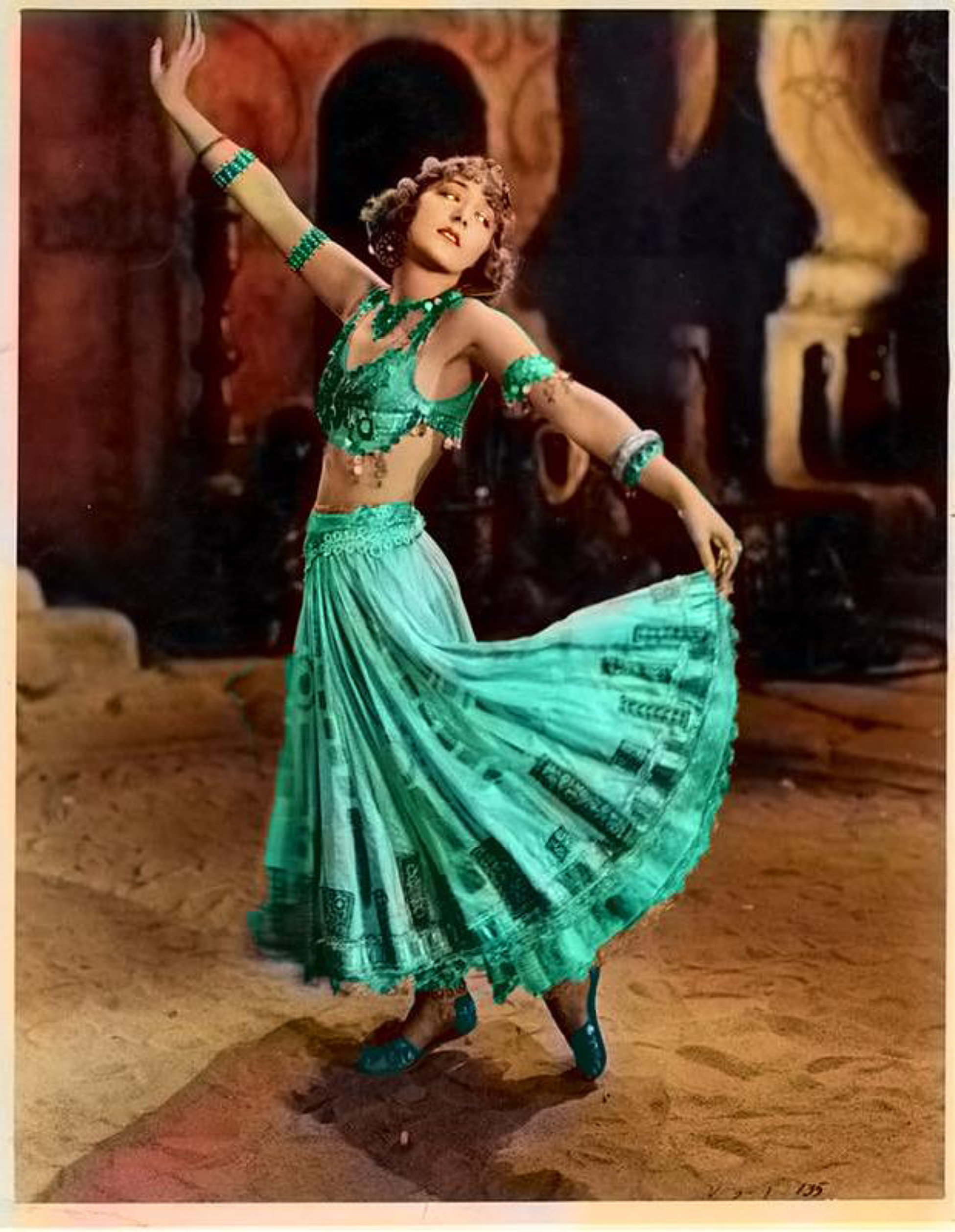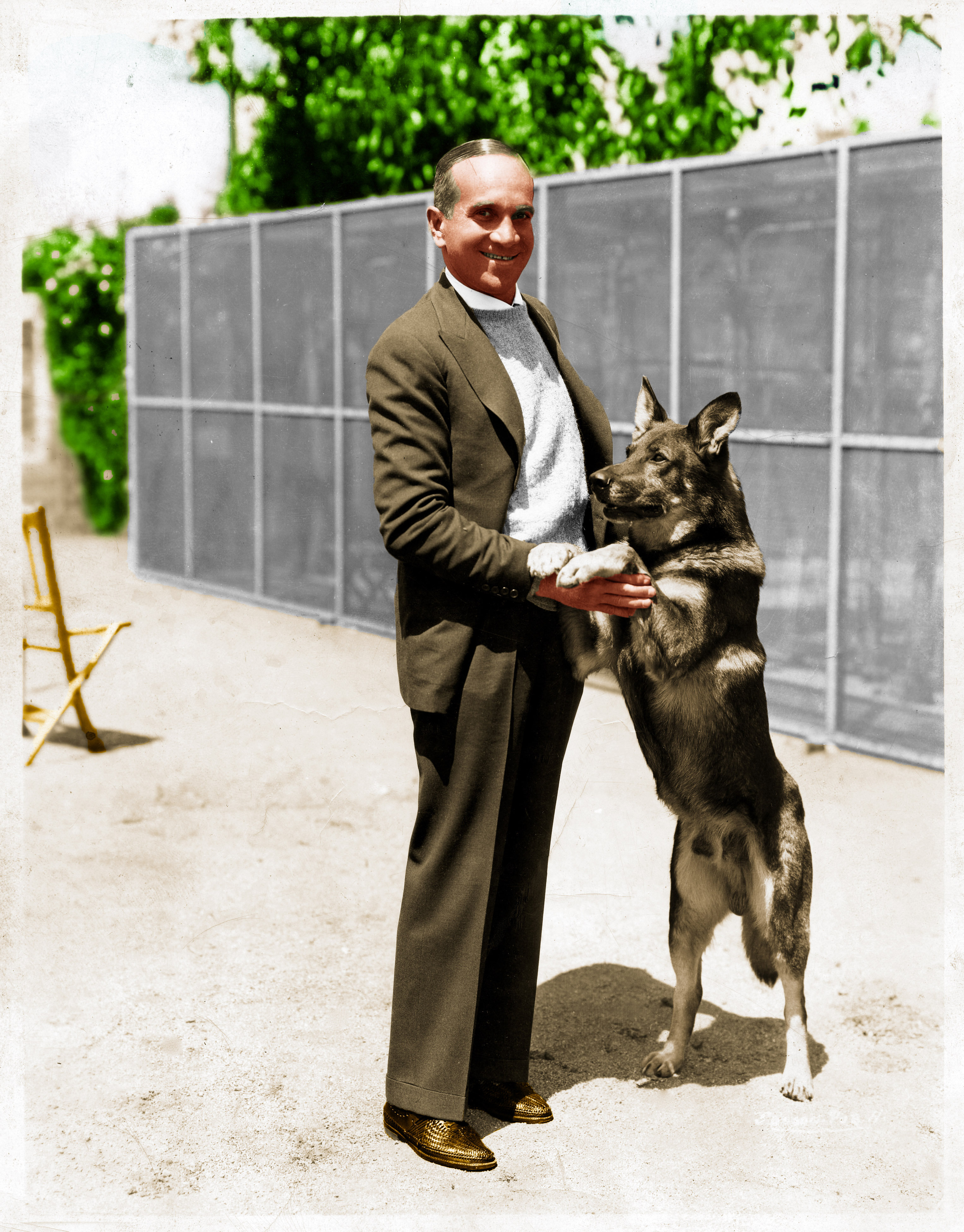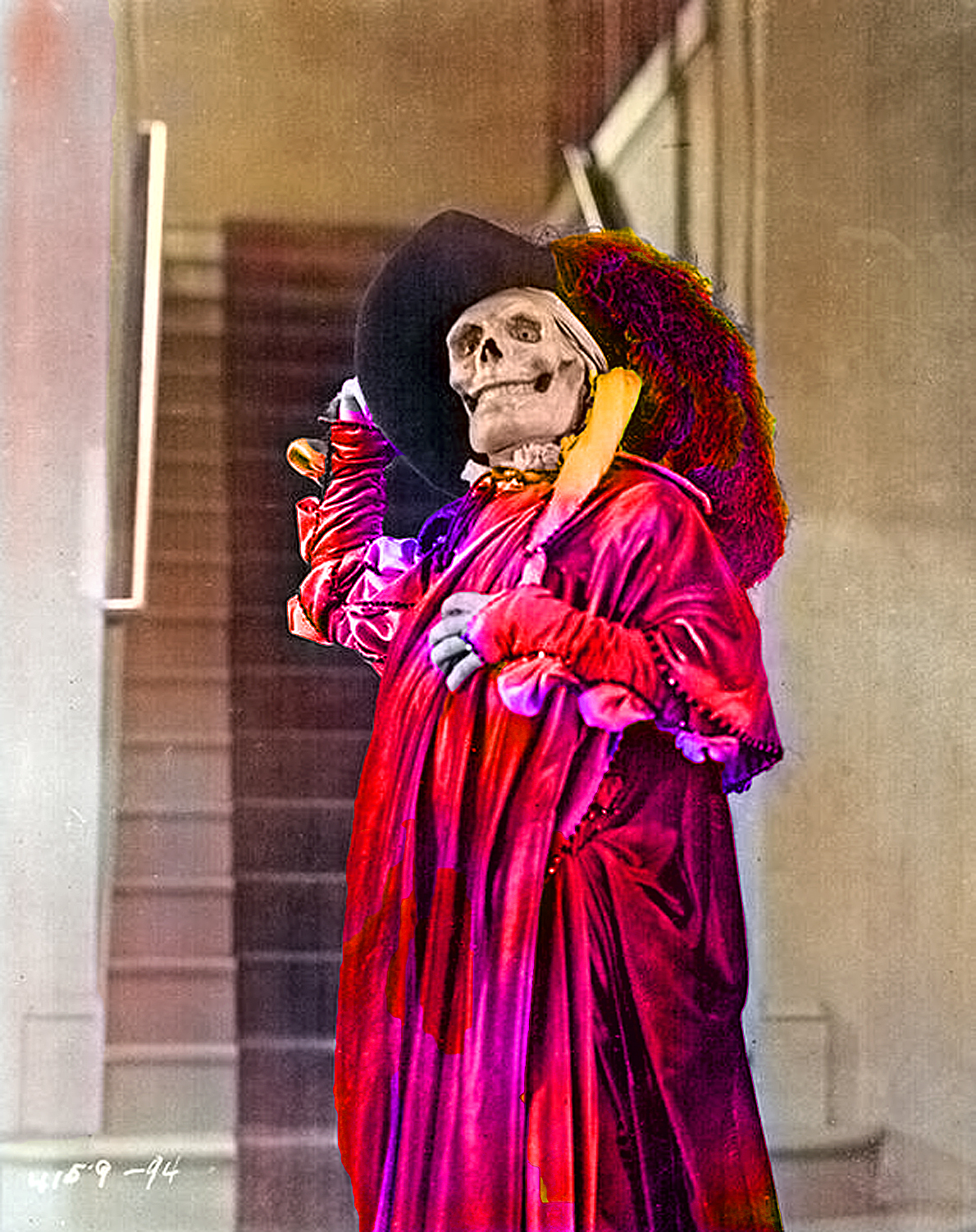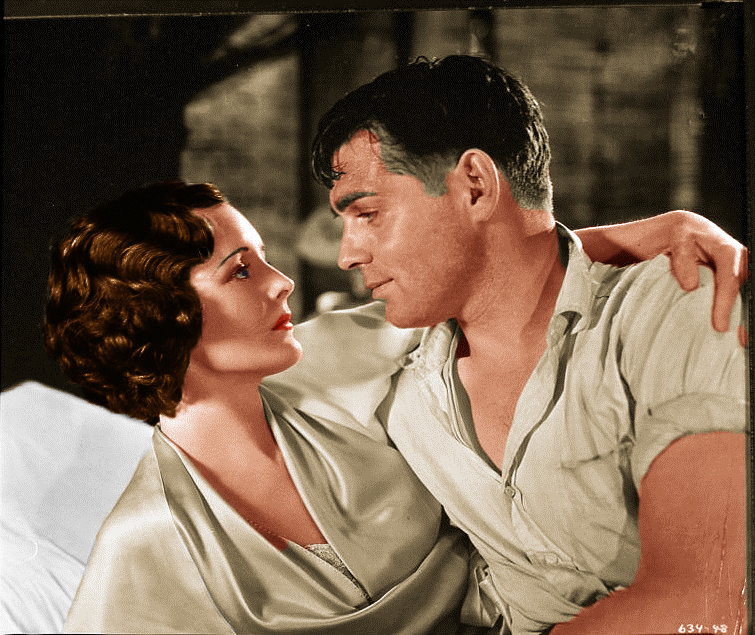This August 23rd marks the 94th anniversary of the passing of Rudolph Valentino at the age of 31, an event that has been commemorated without fail each year since 1926. Extremely popular during his brief lifetime, Rudy became even more of an icon following his death. He was the first movie star to maintain a fascinating hold on the public long after his passing and he has since been joined by Marilyn Monroe, James Dean and Elvis Presley, among other others, whose early deaths became part of their legend.
Rudolph Valentino immigrated to America in 1913 and began appearing in films by 1918. Many of his early roles were thankless parts such as this uncredited bit from THE CHEATER (1920):

Rudy’s breakthrough role came in 1921 when he played the ill-fated tango dancer, Julio Desnoyers, in THE FOUR HORSEMEN OF THE APOCALYPSE. Here director Rex Ingram, who was handsome enough to be a leading man himself, discusses the script with the cast. Rudy is seated just to the right in this photo with his ever-present cigarette. The woman seated on the floor below him is screenwriter June Mathis, who was the first woman film executive in Hollywood and basically discovered Valentino, promoting him out of small roles. When Rudy died in August 1926, Mathis provided the crypt for his entombment. Ironically, Mathis died the following year and was placed in the crypt next to Valentino: 
A detail from the same photo. June Mathis would write the screenplays for the next few Valentino films and eventually for the monumental BEN-HUR (1925):

Almost single-handed, Rudy started the national craze for the Tango as a result of his sultry rendition in THE FOUR HORSEMEN OF THE APOCALYPSE:
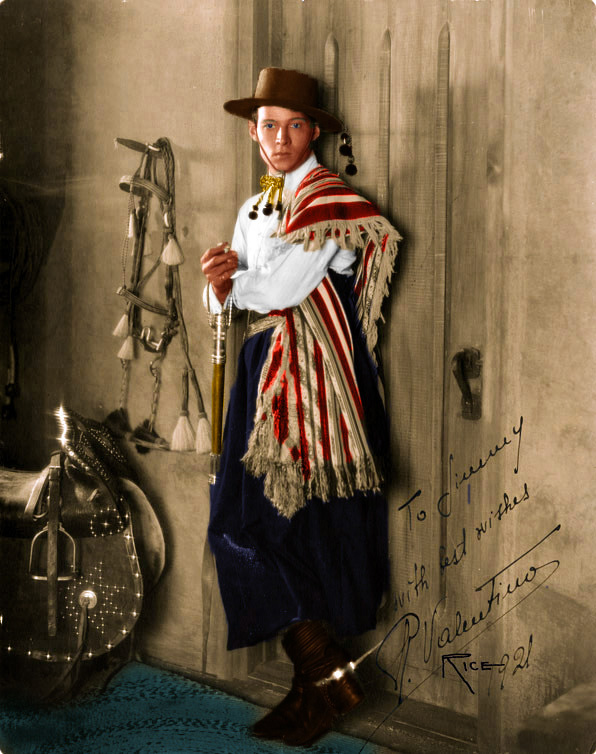
Rudy’s first leading role came next in 1921 with the legendary film, THE SHEIK. More than just a big moneymaker, this film transformed Valentino into an iconic figure whose image defined the era. Here Rudy poses with his leading lady Agnes Ayres on location:
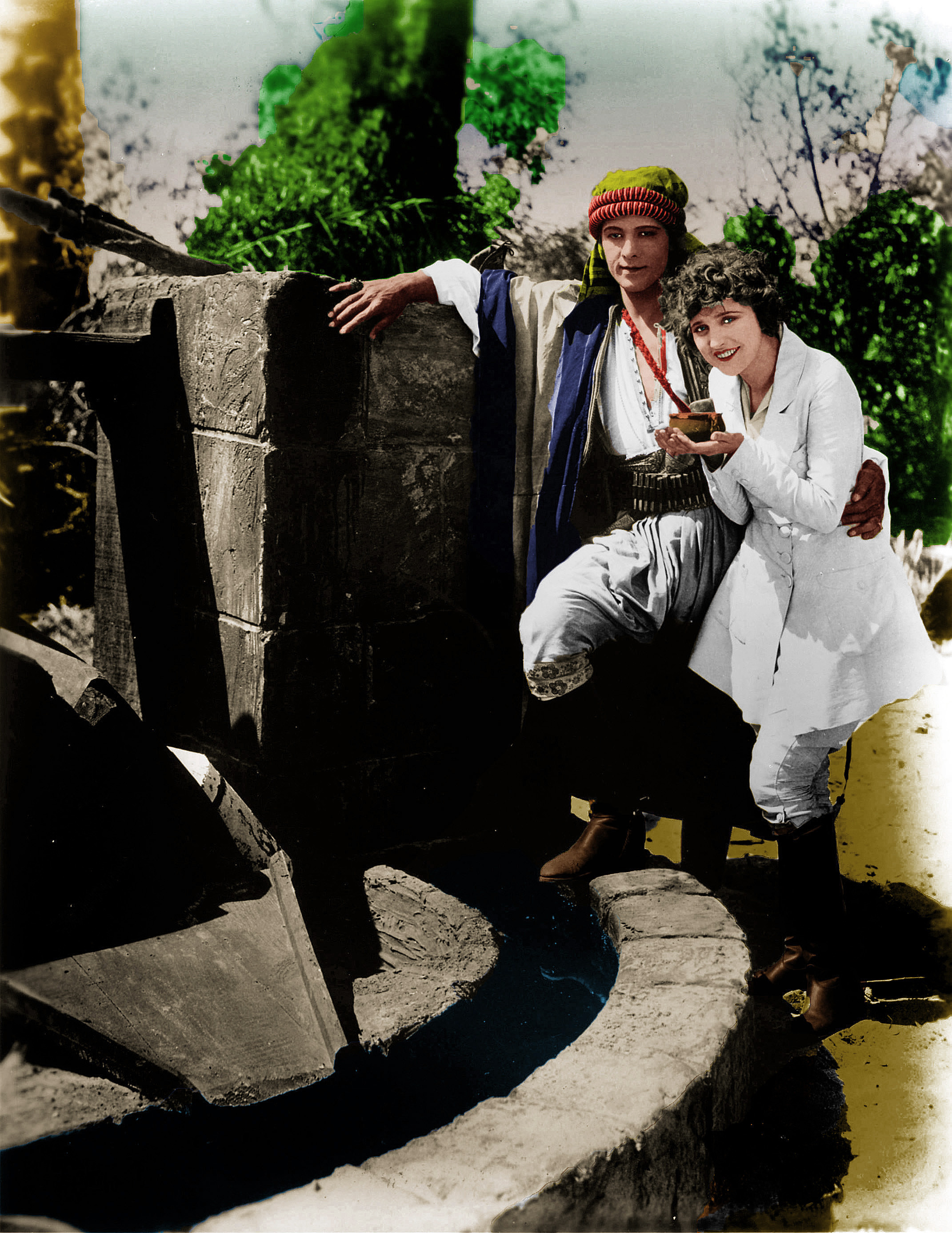
The Lost Ending: Early screenings of THE SHEIK had a final scene between Rudy and Ayres that was deleted and remains lost today. Why? Perhaps because it made certain that the Sheik (garbed in western clothing for the first time) and Diana would marry, thus upsetting the sensibilities of some people at the time:

Despite his growing popularity, the studios were reluctant to headline a Latino (actually he was Italian). But Paramount finally gave Rudy star-billing in BLOOD AND SAND (1922), the story of the rise and fall of a bullfighter. Like FOUR HORSEMEN, this story was based on a best seller by Vicente Blasco Ibanez. Here Rudy poses with director Fred Niblo, who pretends to be filming. At the lower right, note the camera box with the cinematographer’s name on the top, Alvin Wyckoff:

A wonderful production shot from BEYOND THE ROCKS (1922), with the unrepeatable teaming of Gloria Swanson (extreme left) and Rudy (to her right checking his makeup). At the time, she was a well-established super star compared to Valentino’s newcomer status. Notice the anxious glances of the crew at La Swanson suggesting that all is not well. The lady violinist in the lower right provides mood music during filming. BEYOND THE ROCKS was considered a lost film for decades but was rediscovered just a few years ago and is now available on dvd:

A detail from the same photo. In those days, actors typically applied their own makeup. Within a few years, makeup artists would assist and then take over this activity:

A nice character study from BEYOND THE ROCKS scanned directly from a negative:

Another lost film (partially recovered and on dvd) is THE YOUNG RAJAH (1922), which featured Rudy in some stunning but controversial costumes designed by his wife:

Rudy on Radio – when Valentino went on “strike” from Paramount to protest the types of films he was given, he made a number of broadcasts during his 1923 tour for Mineralava. Alas, these were the early days of broadcasting when nobody thought to make recordings:

Rudy was a camera enthusiast and made his own home movies on the set of his films. Here Valentino appears to be filming with his 35mm Debrie camera during outdoor work on A SAINTED DEVIL (1924), a lost film:

Rudy is just part of the crew as he cranks his Debrie on the SAINTED DEVIL set. The lone umbrella seems just large enough to cover director Joseph Henabery (seated with megaphone) and the cameras, evidently the most important assets on the set:

A Detail from the same photo:

An unglamorous photo of the Paramount backlot again during production of A SAINTED DEVIL. This production was not filmed in Hollywood but in Paramount’s New York facility in Astoria, Long Island. This photo seems to have been taken on the same day as the previous one but this time Rudy is using his still camera to create a portrait of his frequent co-star Nita Naldi:

A detail from the same photo:
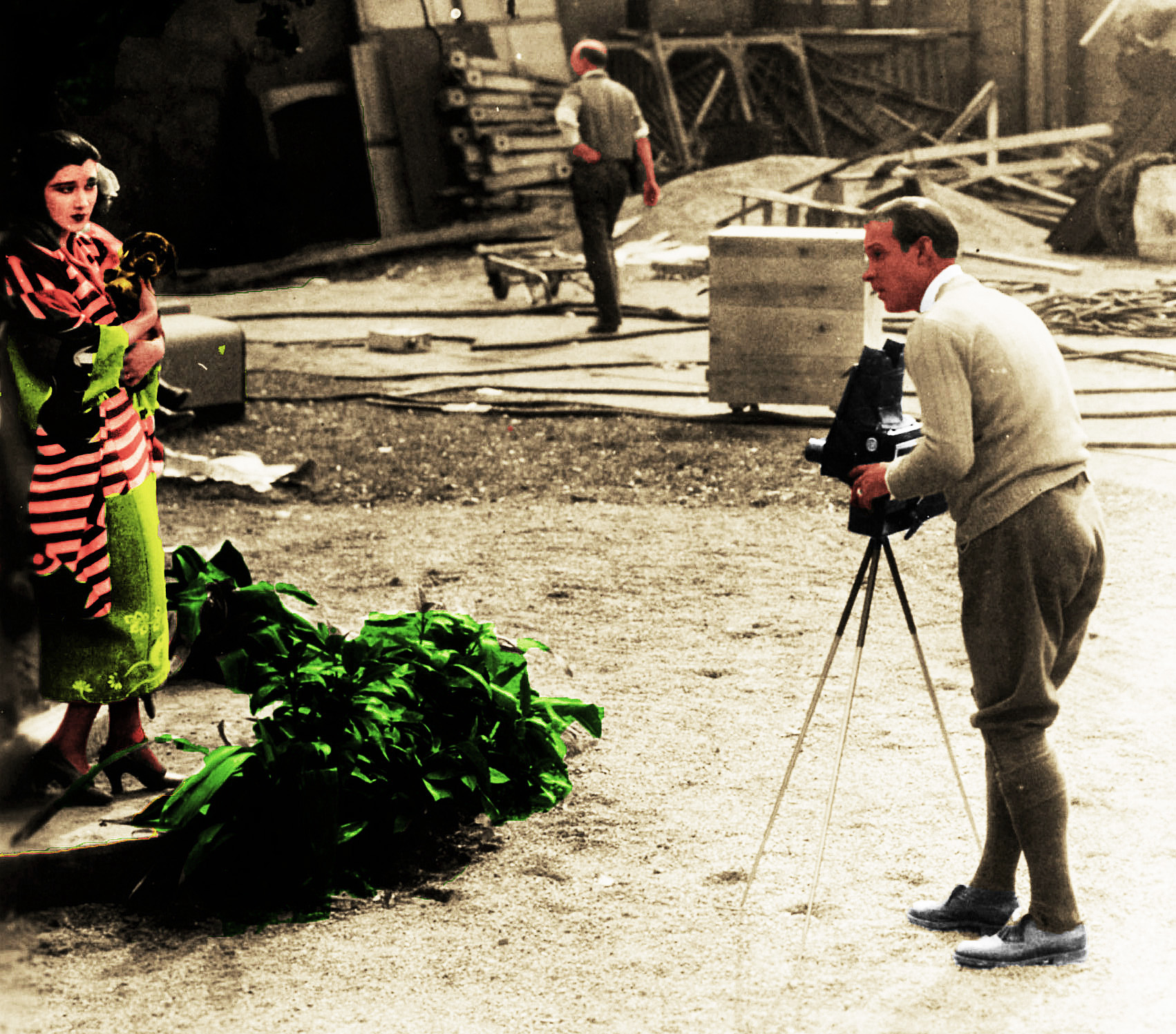
A nice production photo from A SAINTED DEVIL scanned from a negative. What’s going on here? Perhaps the best way to find out today is by reading Rex Beach’s short story, “Rope’s End,” upon which this film was based:

Rudy gets a camera-level view during outdoor filming on THE EAGLE (1925) for his new studio, United Artists. He plays a Russian-style Robin Hood in a witty yarn adopted from a Pushkin short story. To the left of Valentino is Clarence Brown who became one of MGM’s top directors during the 1930s, guiding Greta Garbo’s successful transition to sound films. Could he have done the same for Rudy?

Rudy’s second film for United Artists turned out to be his last, SON OF THE SHEIK (1926). Here he poses with leading lady Vilma Banky and director George Fitzmaurice, who is holding the gun Rudy carries in the film:

Rudy applies eyebrow liner to the world heavyweight boxing champ Gene Tunney on the SON OF THE SHEIK set. Tunney was making his own film at the time, the lost serial, THE FIGHTING MARINE. A Chicago newspaper had recently called Rudy “a pink powder puff,” a remark that genuinely offended him. Perhaps this photo was meant as an ironic rebuttal – NOBODY was going to call Tunney, who was also an ex-Marine veteran of World War I, a pink powder puff!
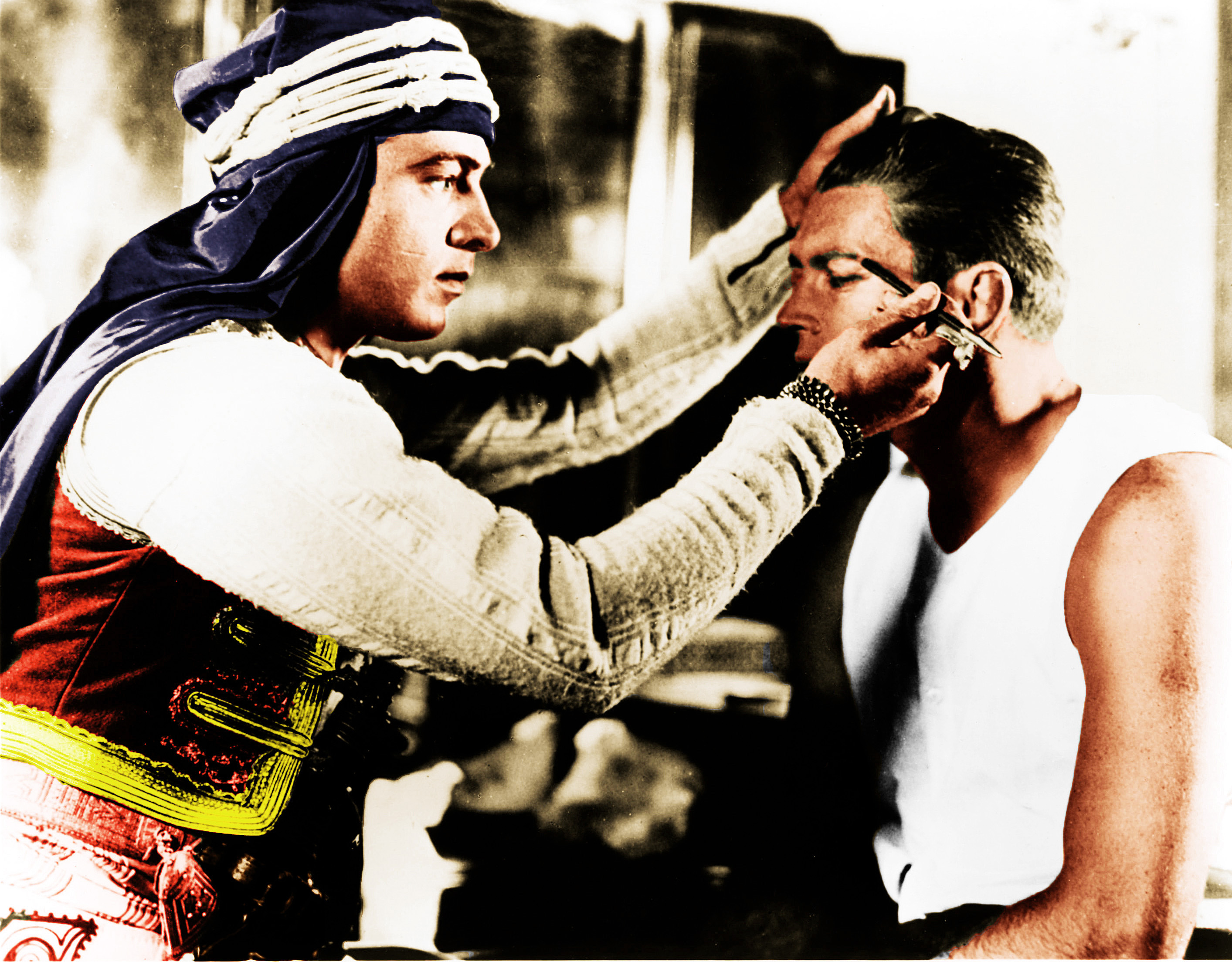
A fanciful photo of Rudy as he might have looked in his 60s as he plays his own father in SON OF THE SHEIK:

Finally, Rudolph Valentino as he is remembered in legend:
 (Photo Courtesy of Paul Seiler)
(Photo Courtesy of Paul Seiler)
A wonderful blog filled with rare Valentino collectibles can be found at http://rudolph-valentino.blogspot.com. Highly Recommended!
